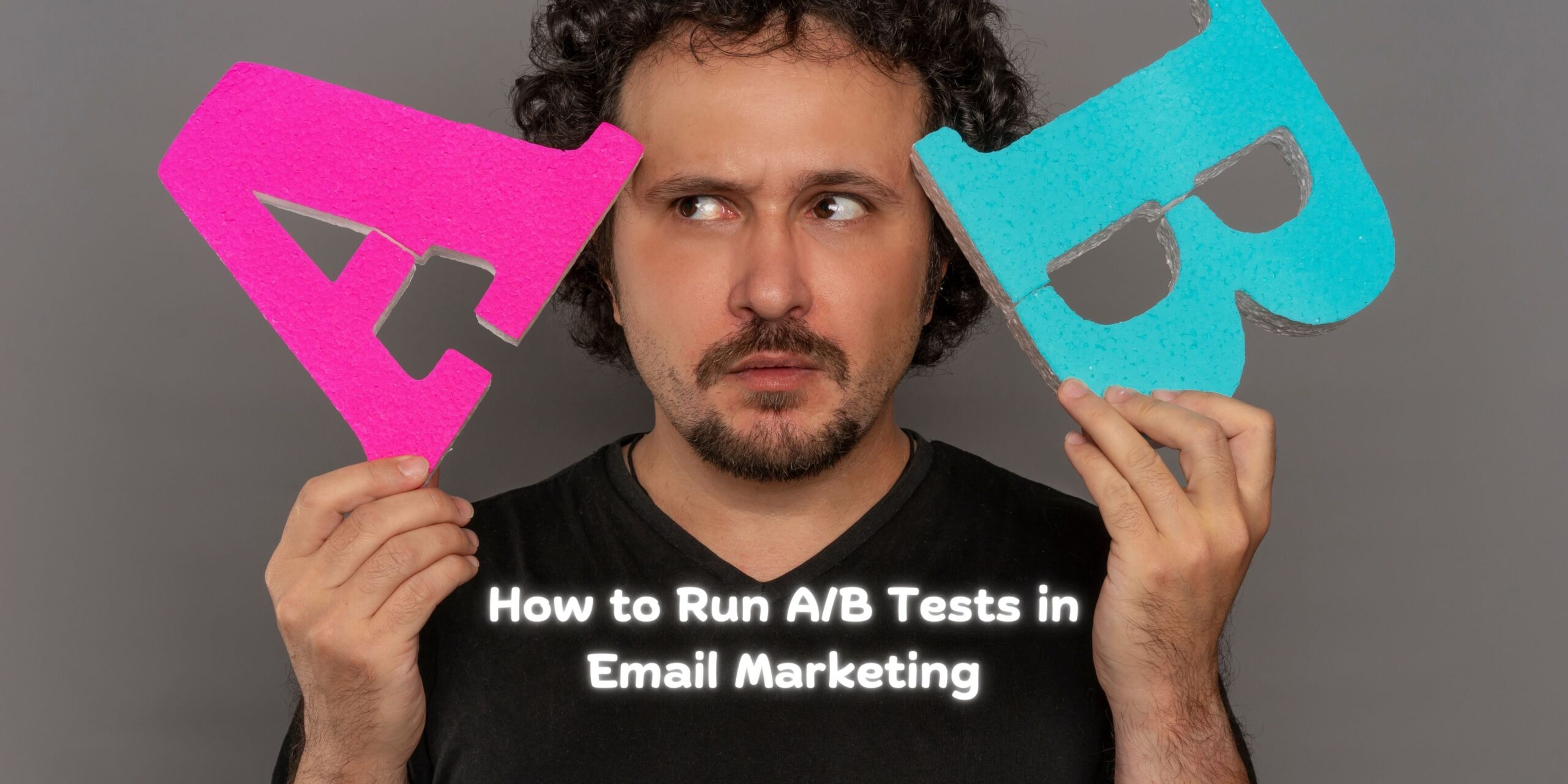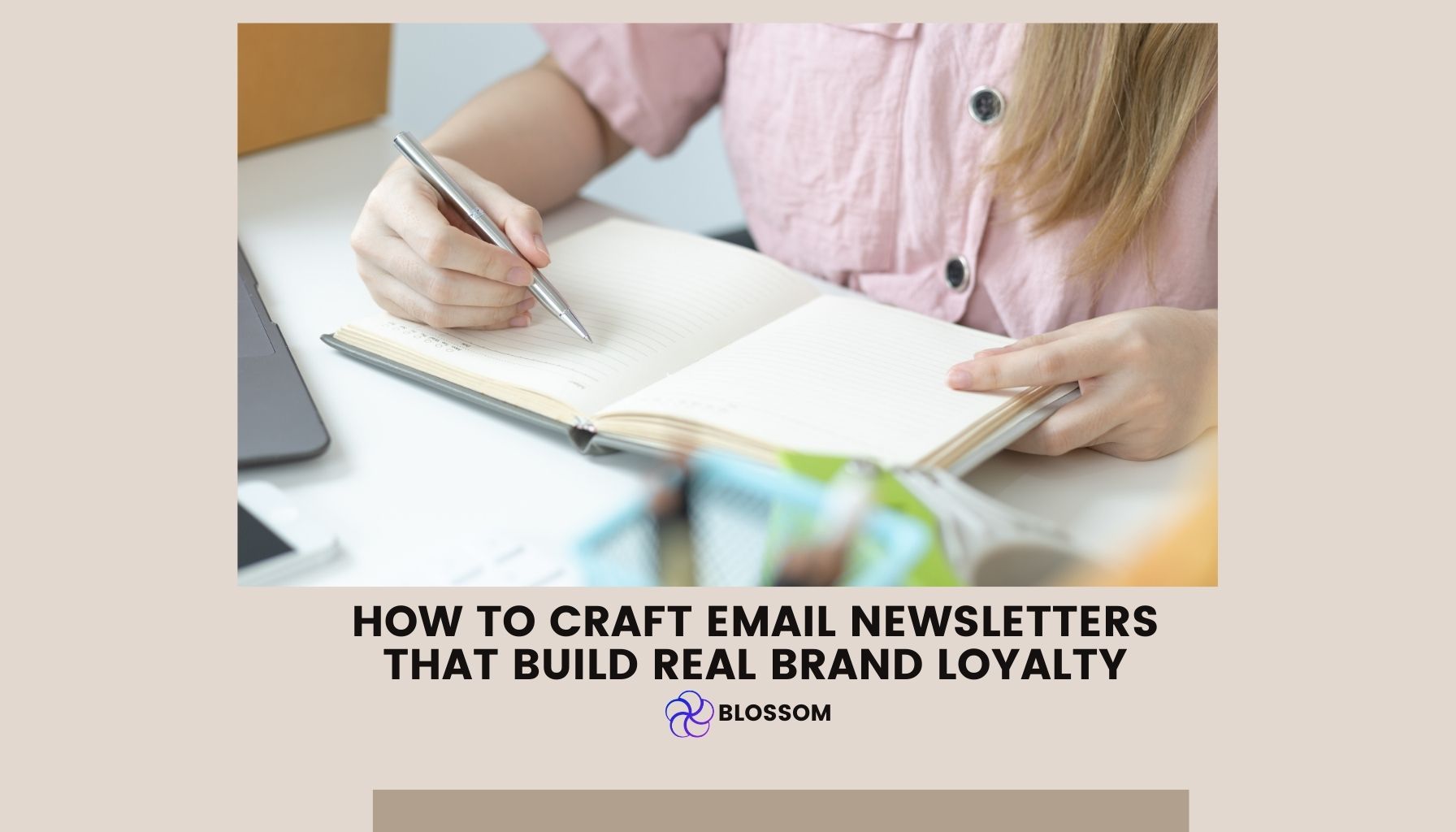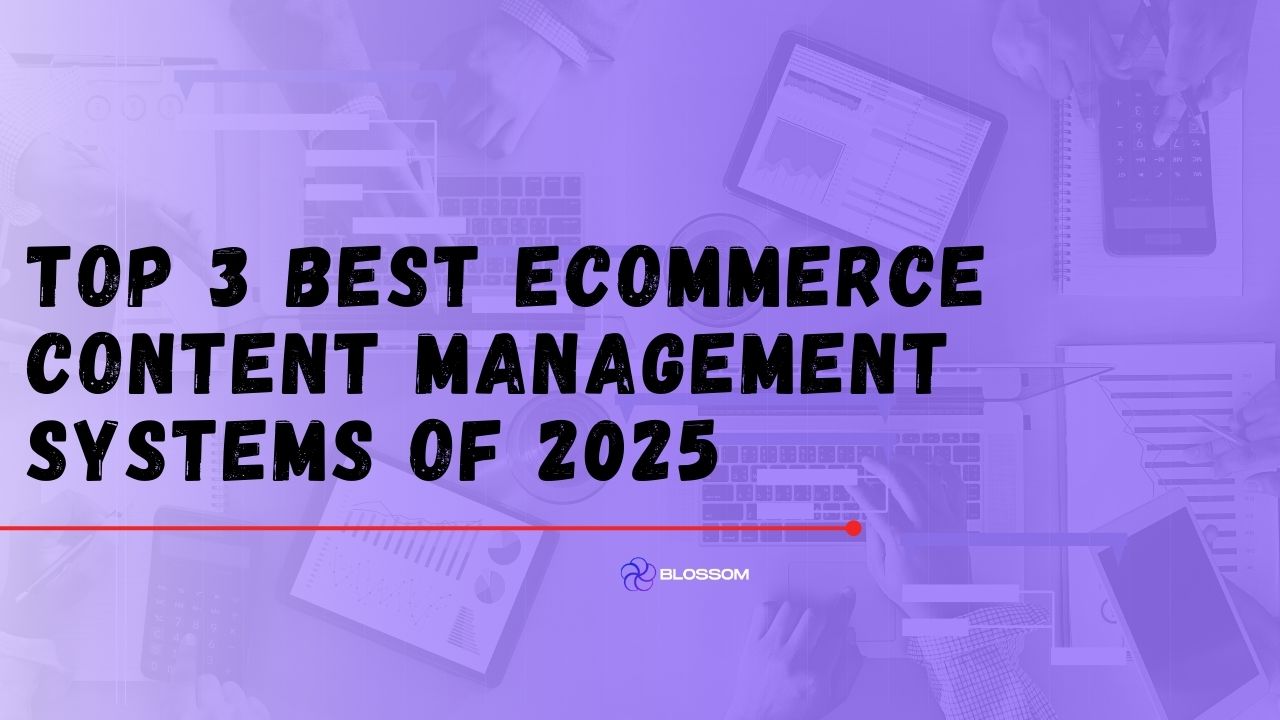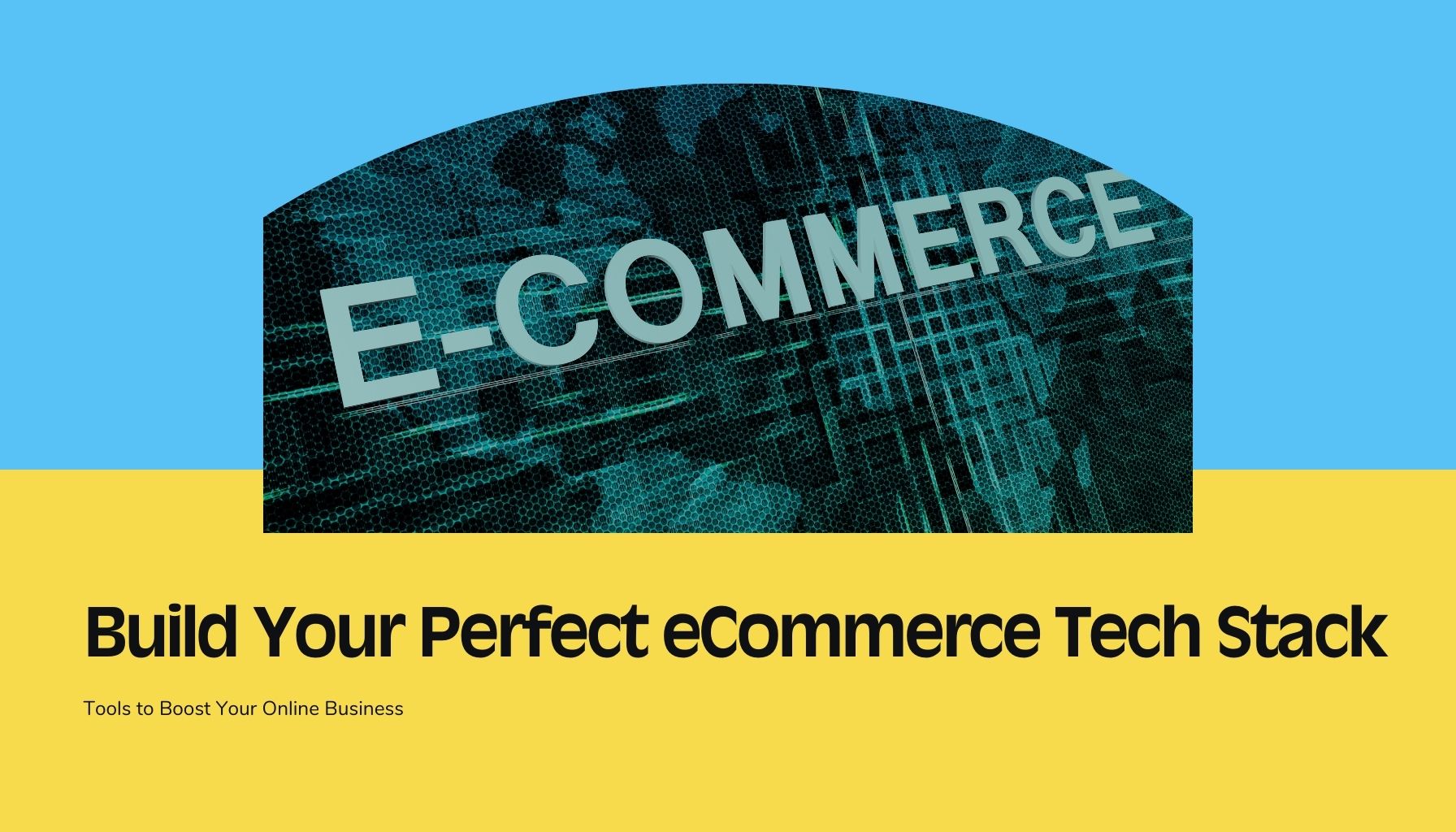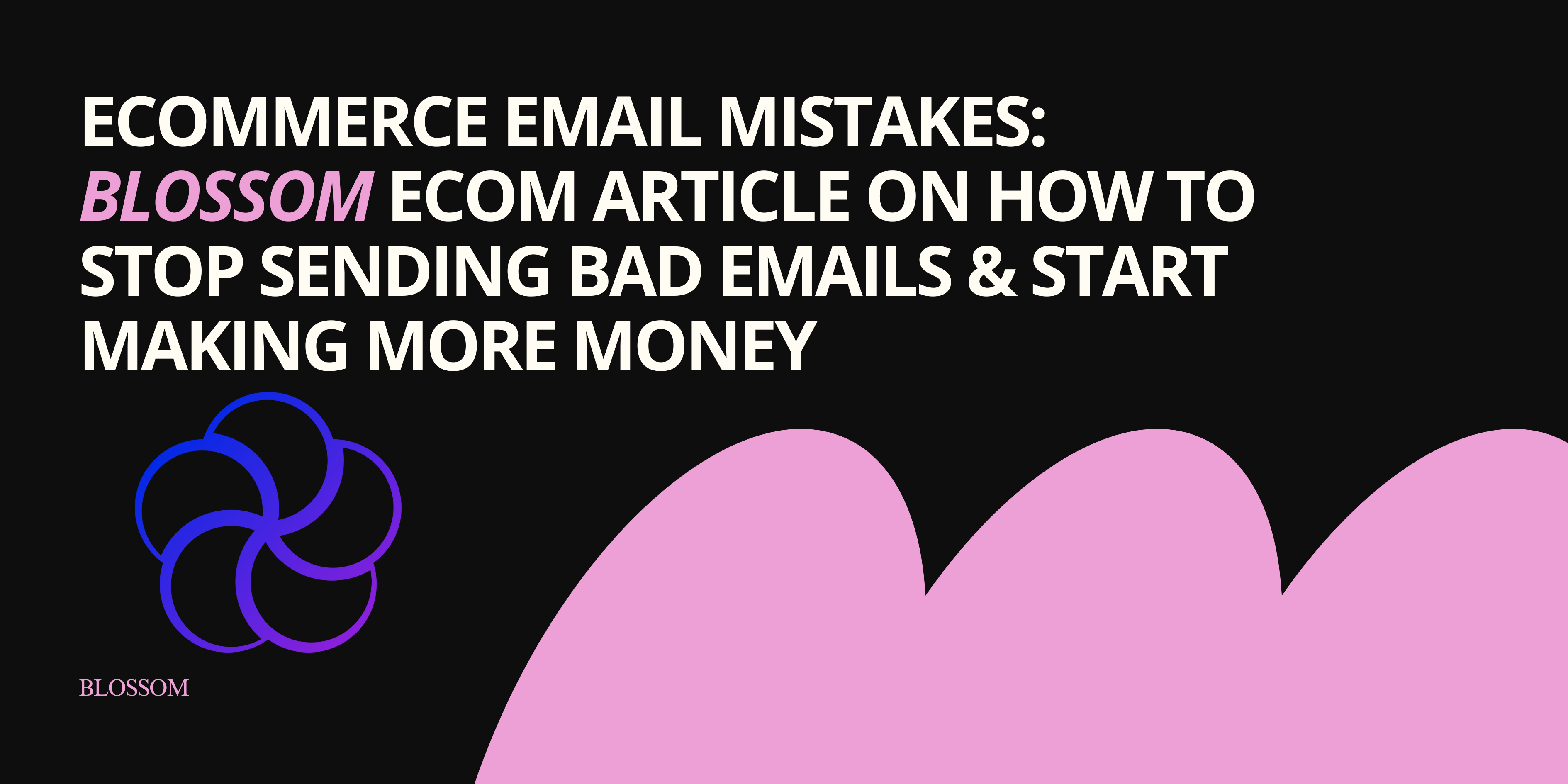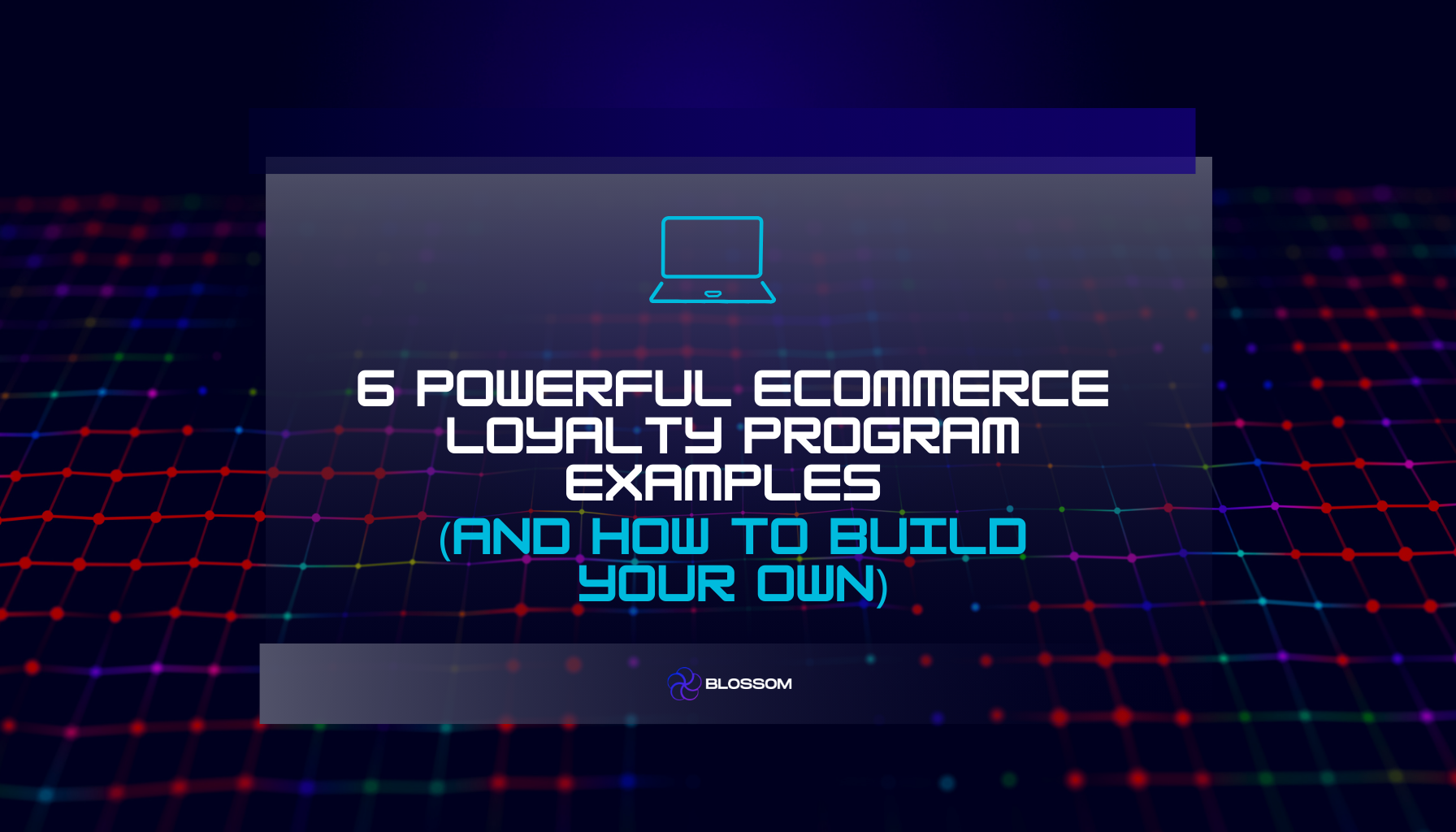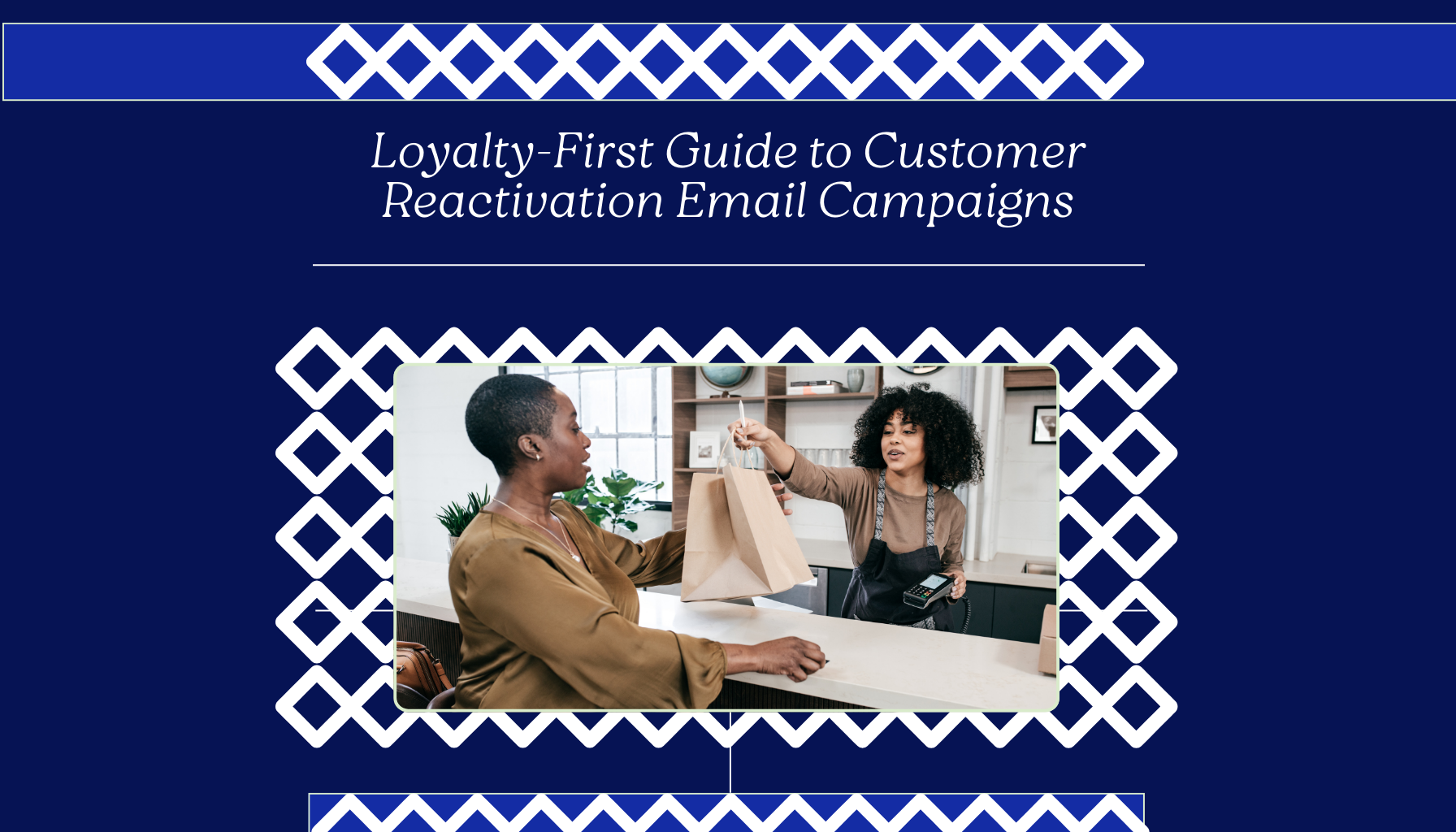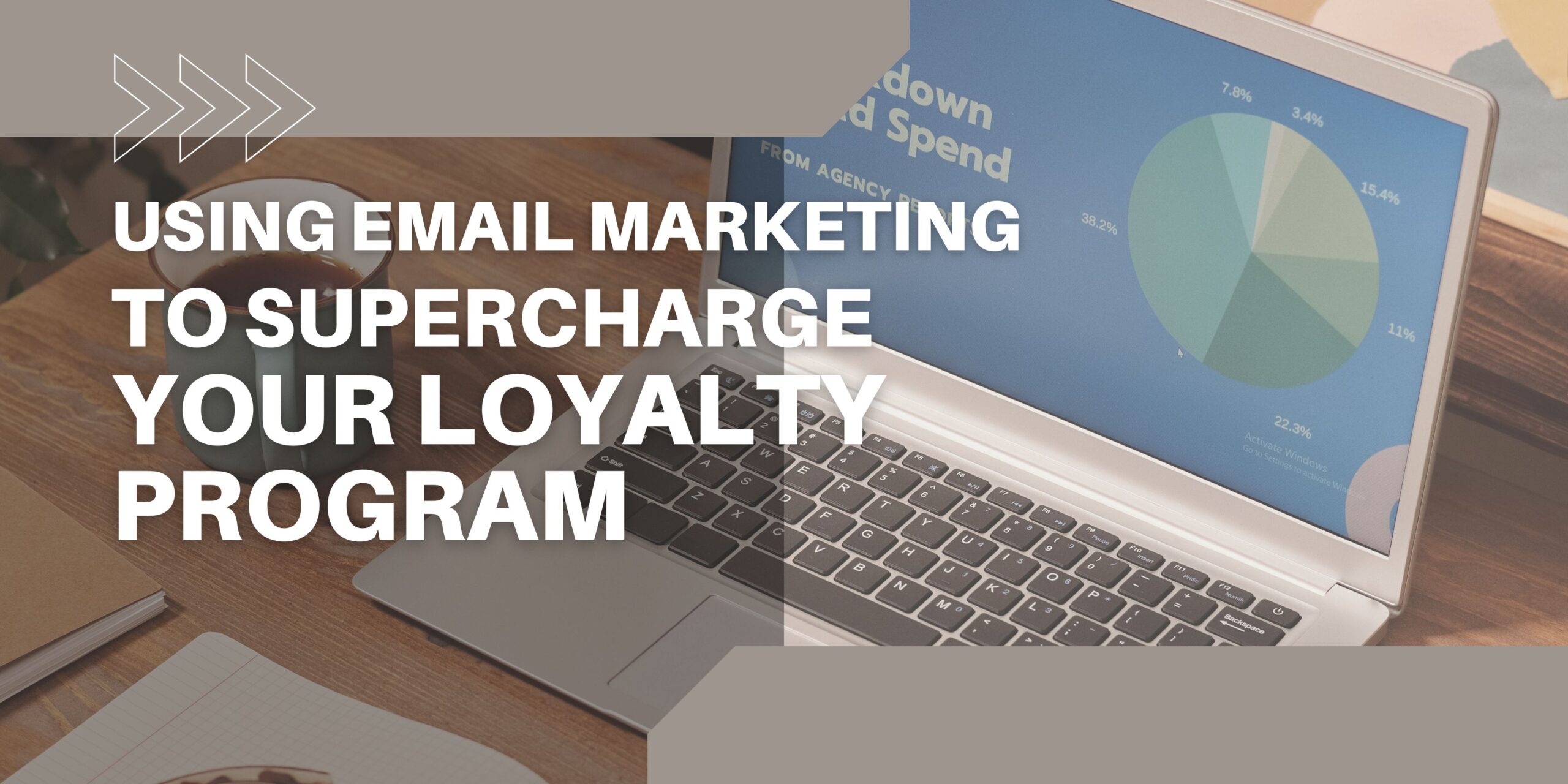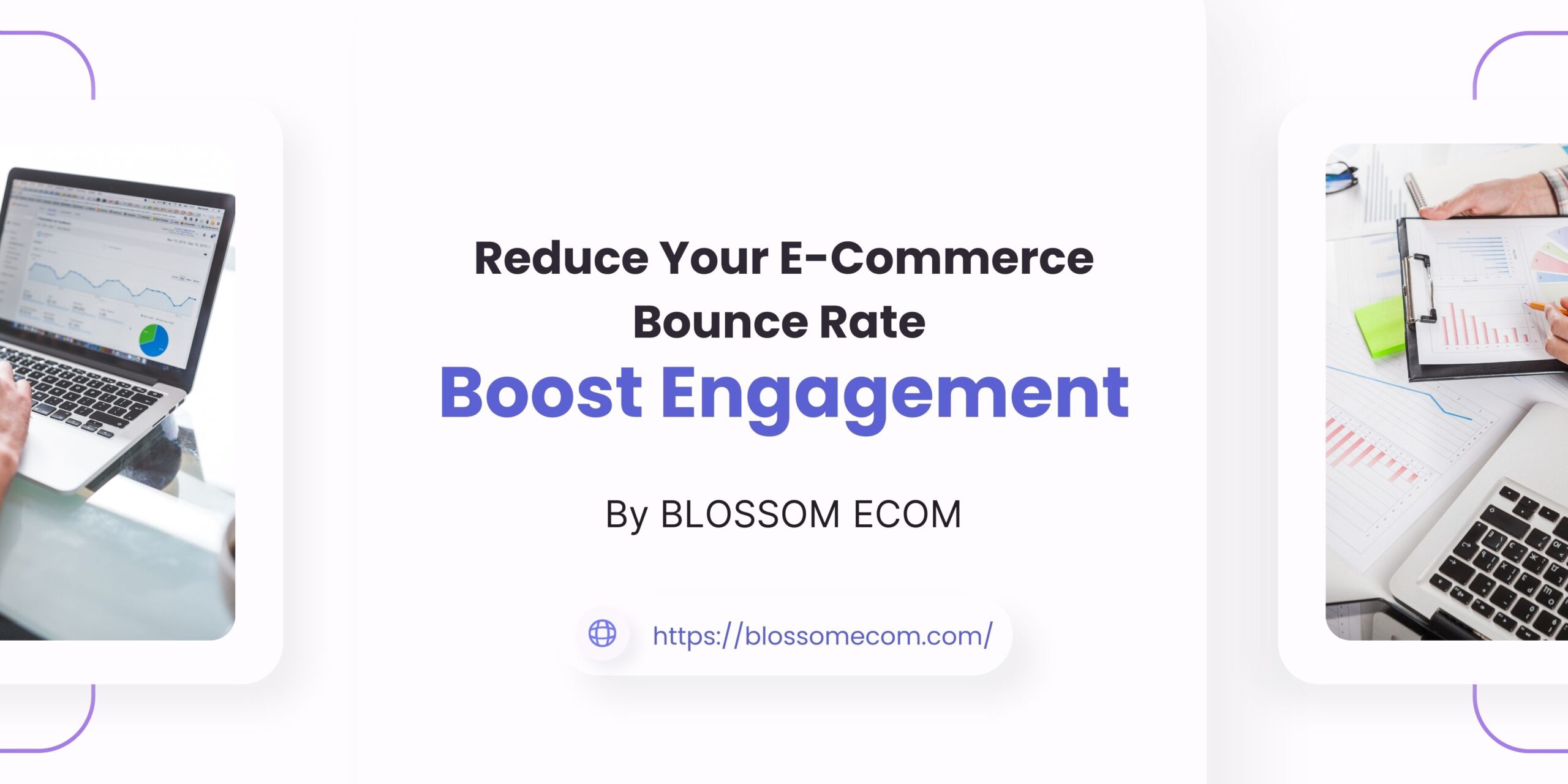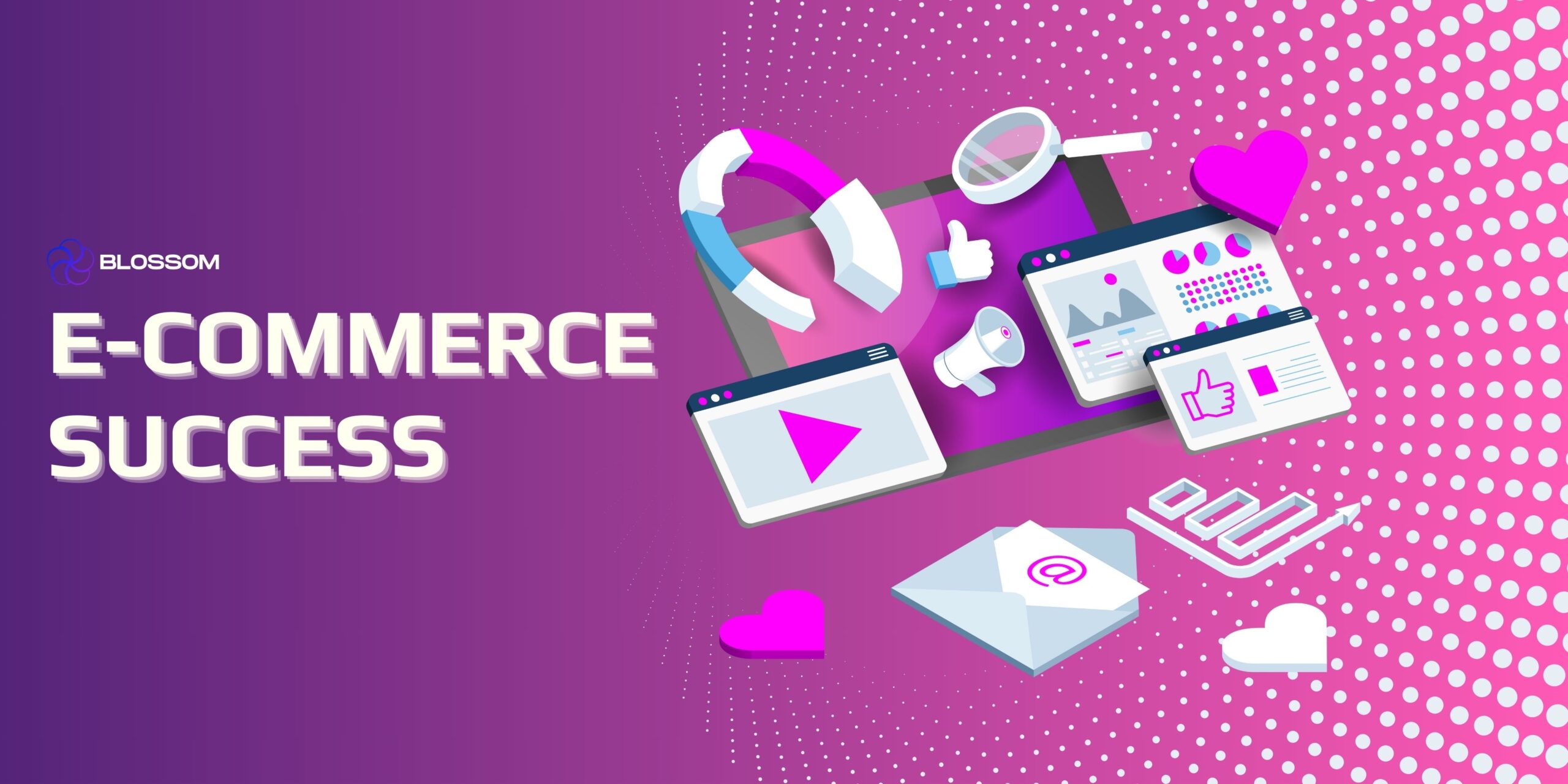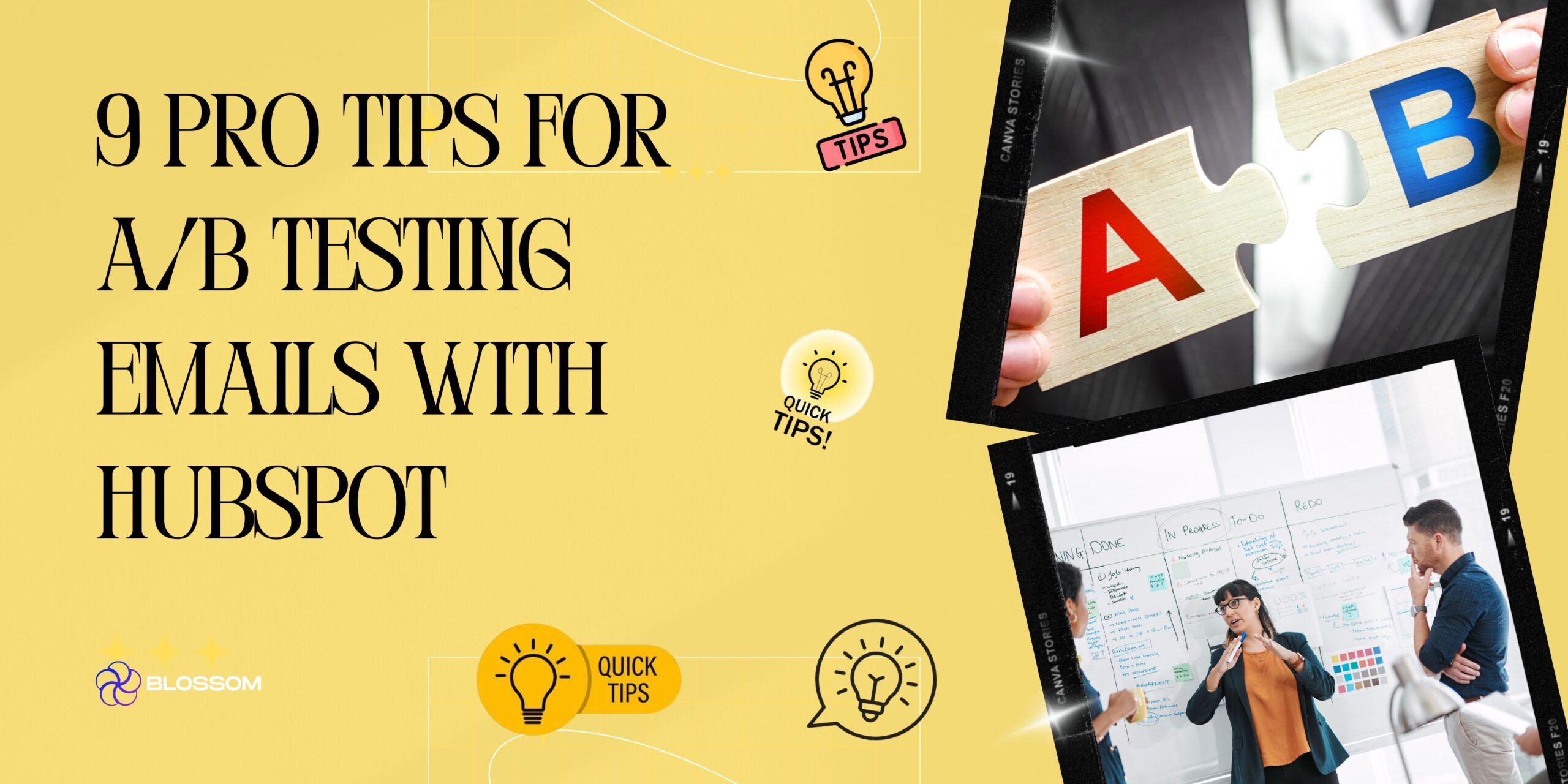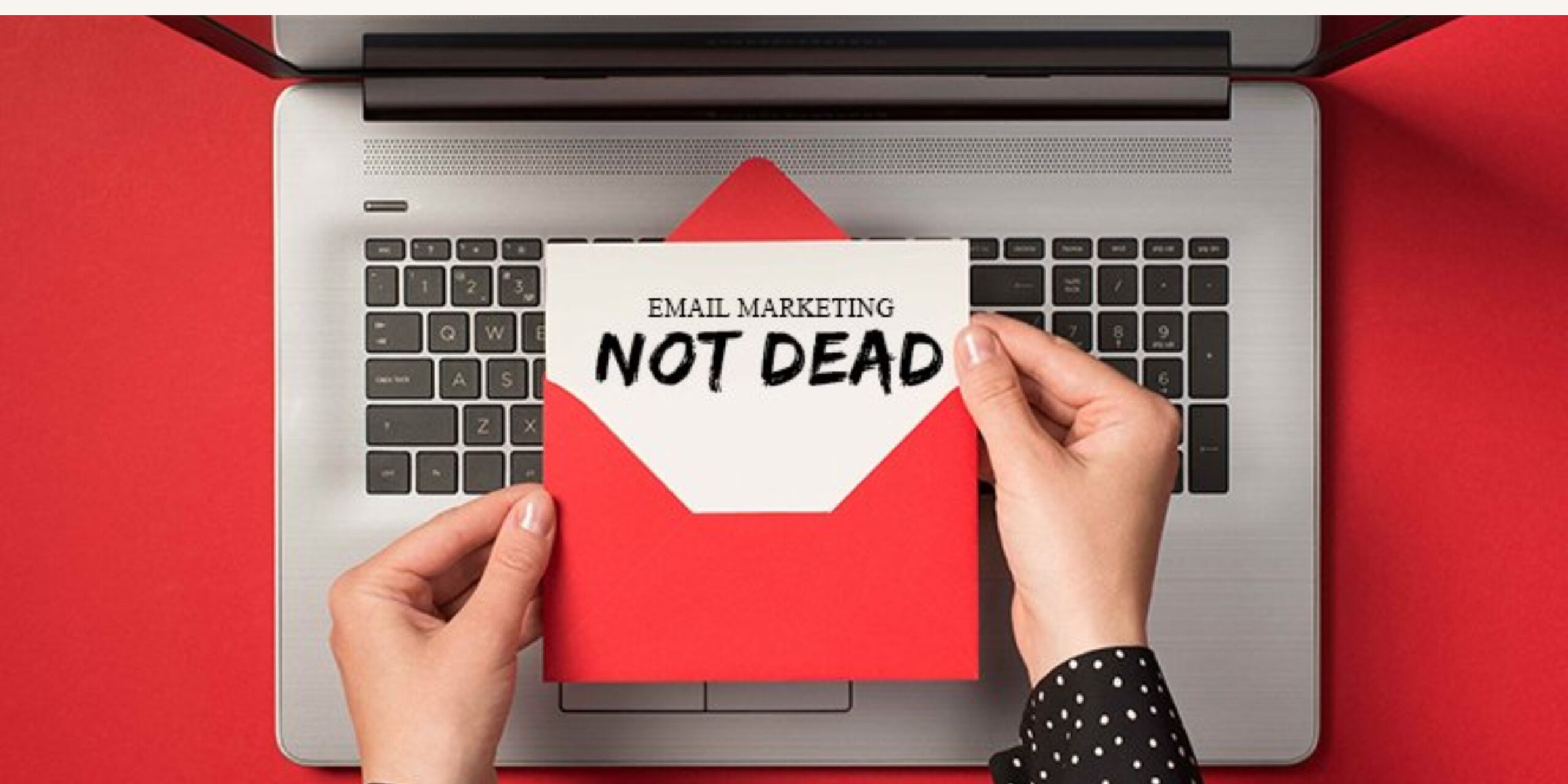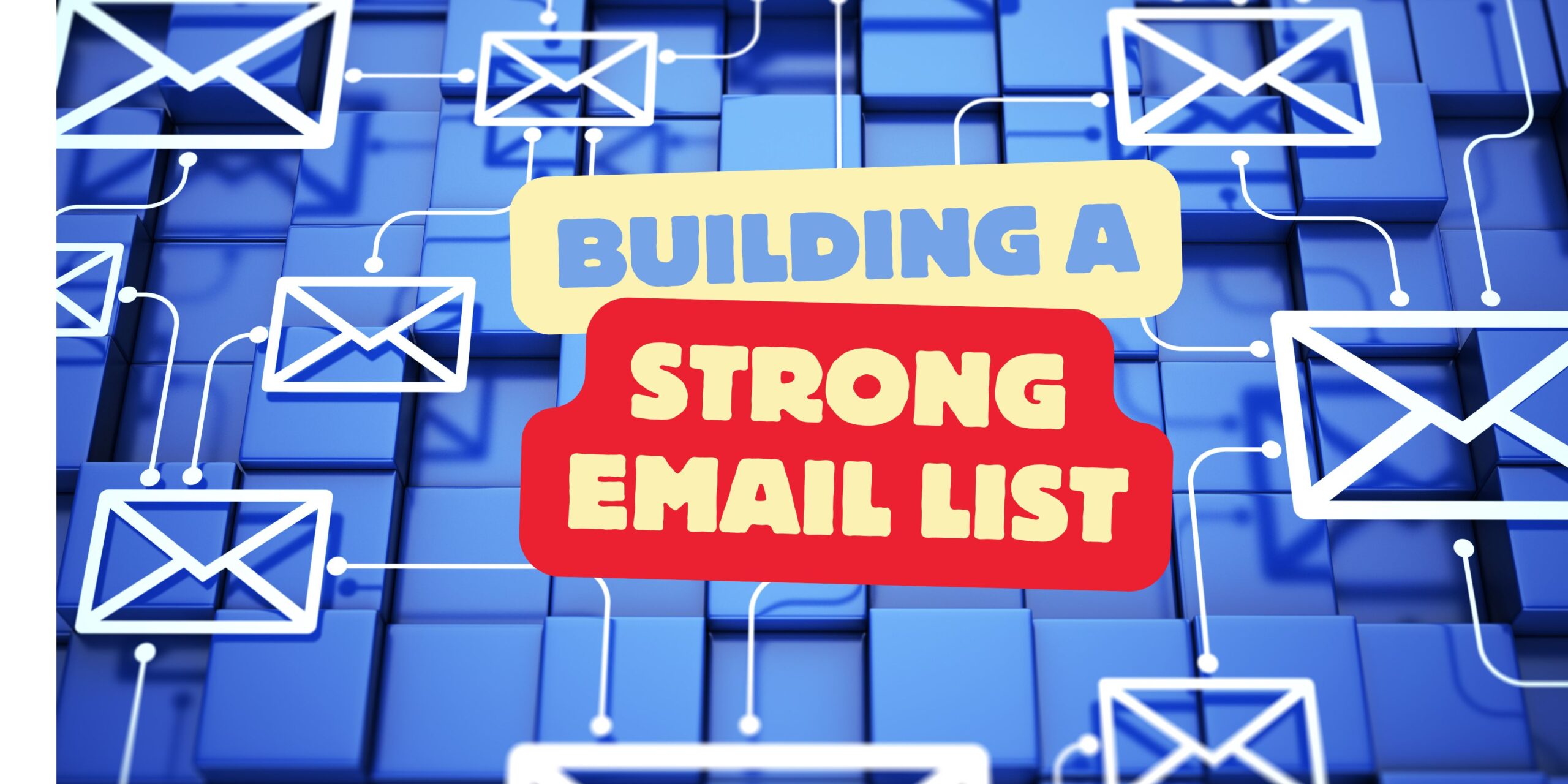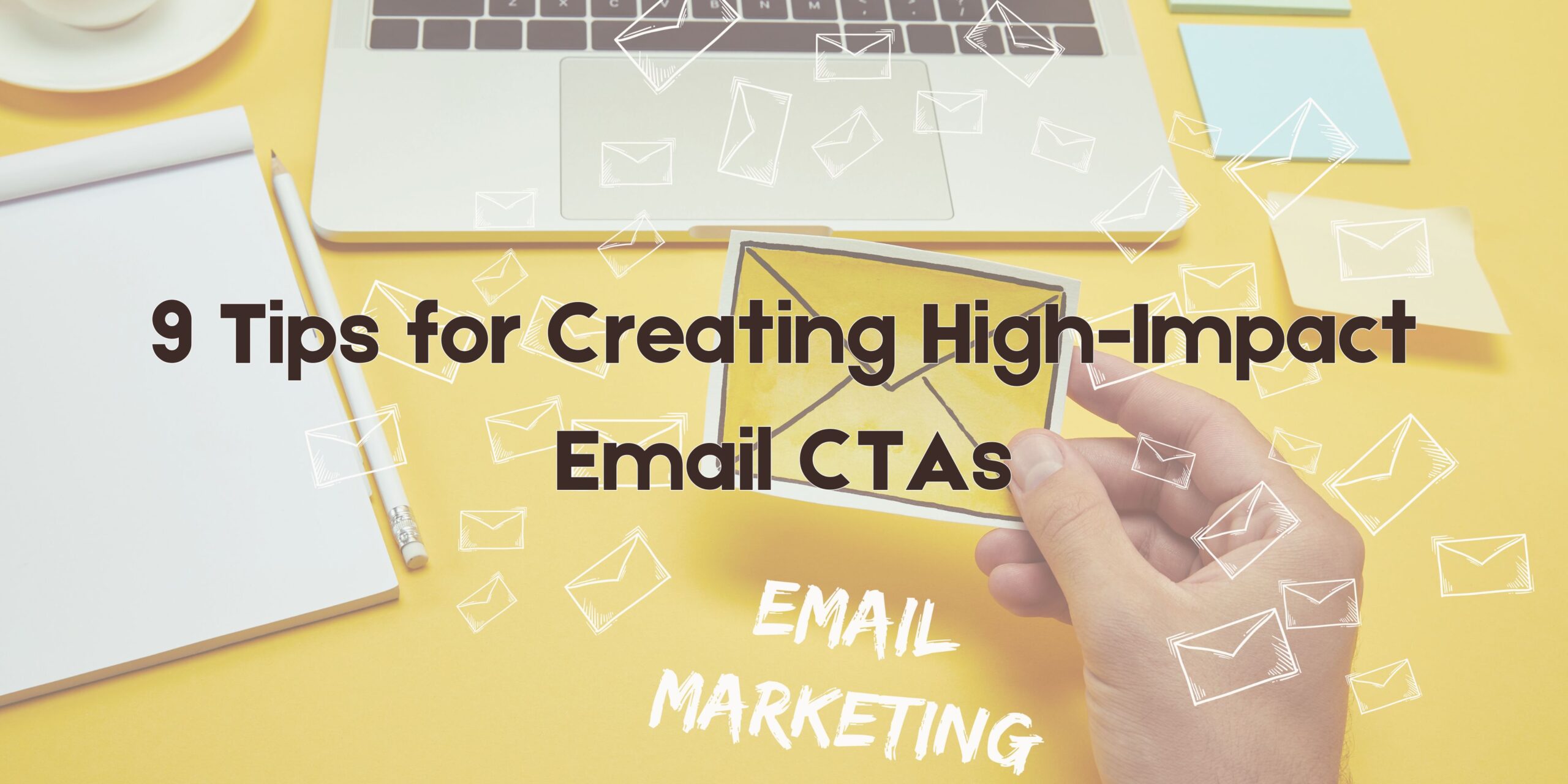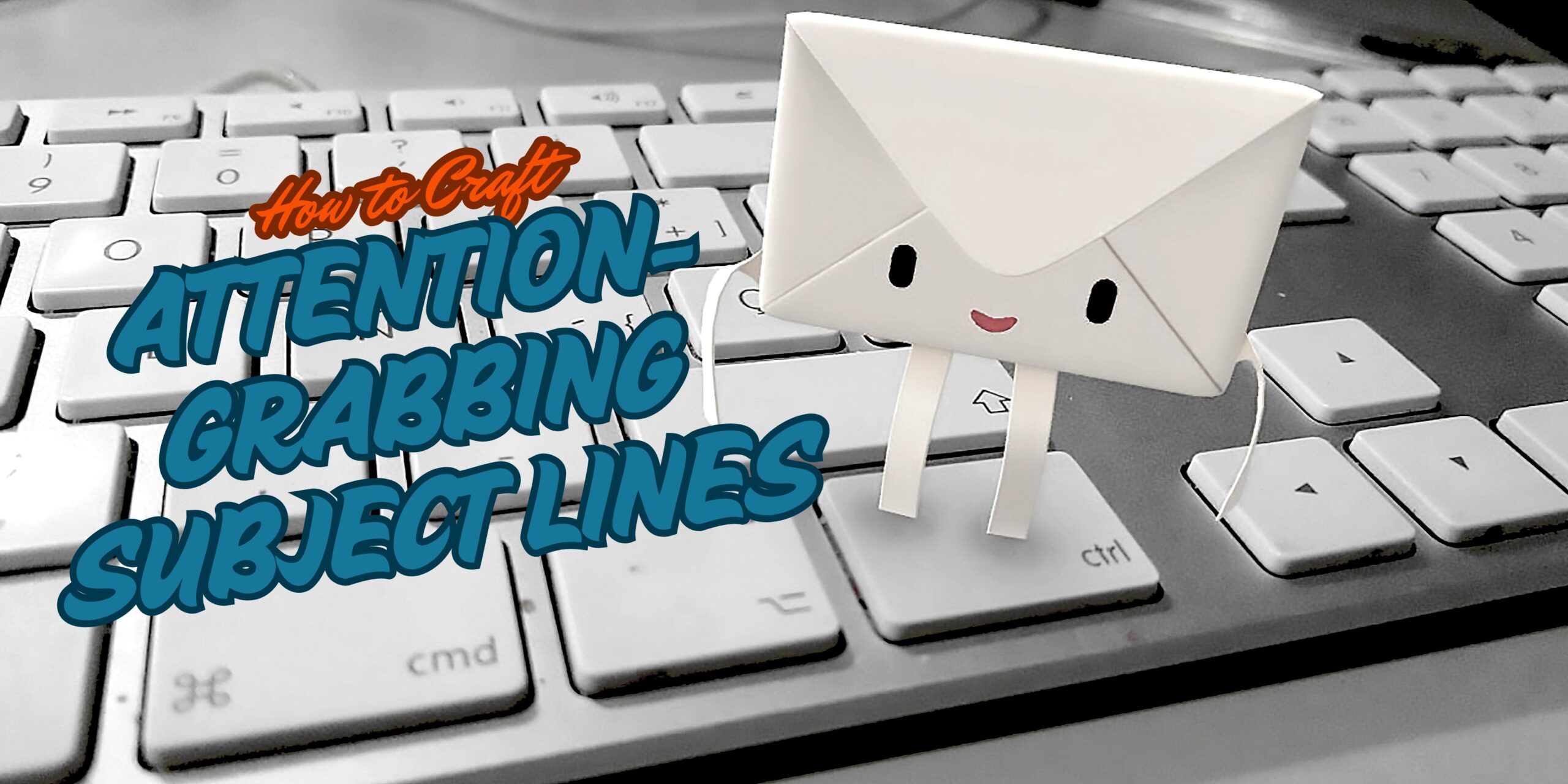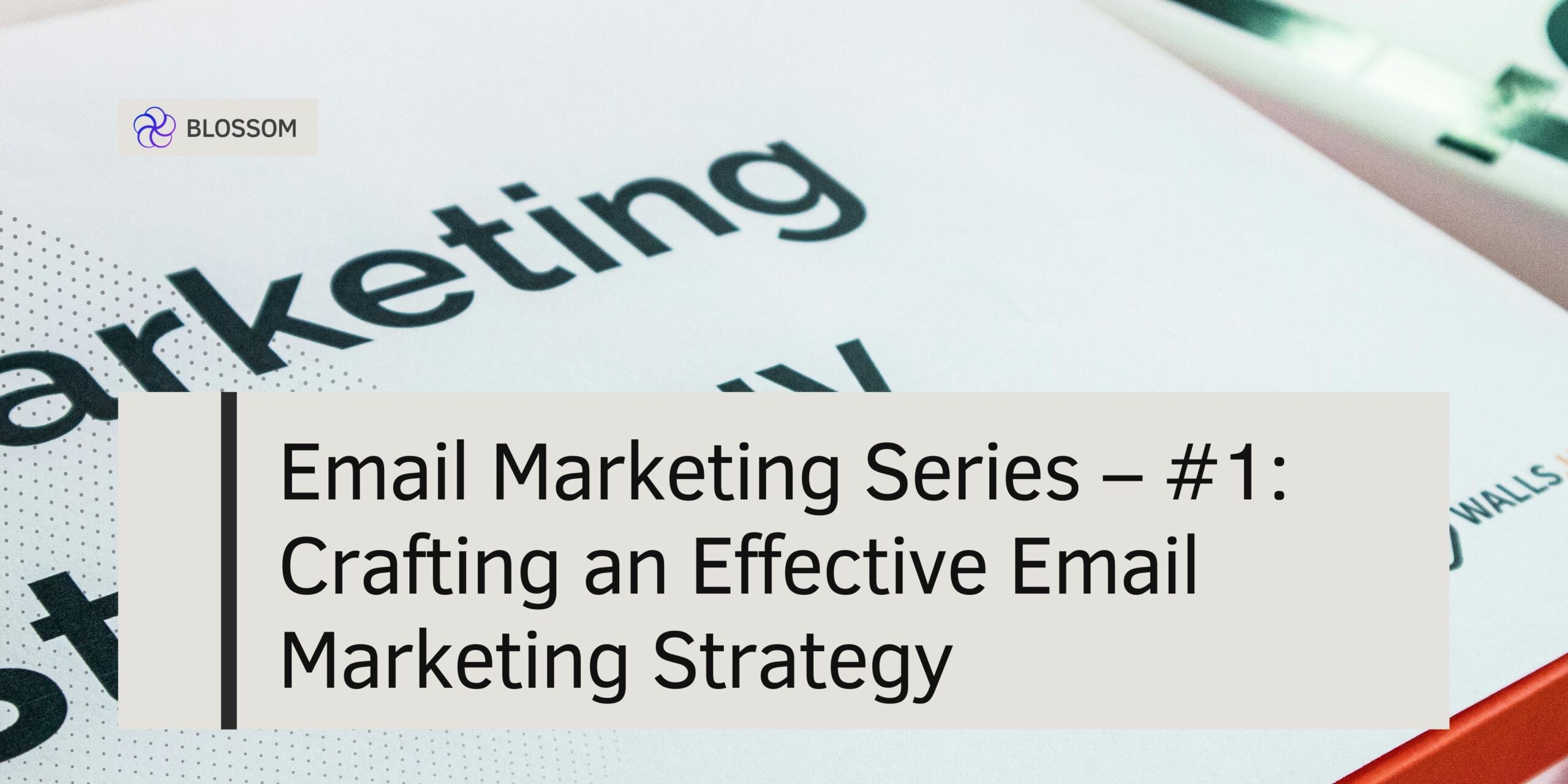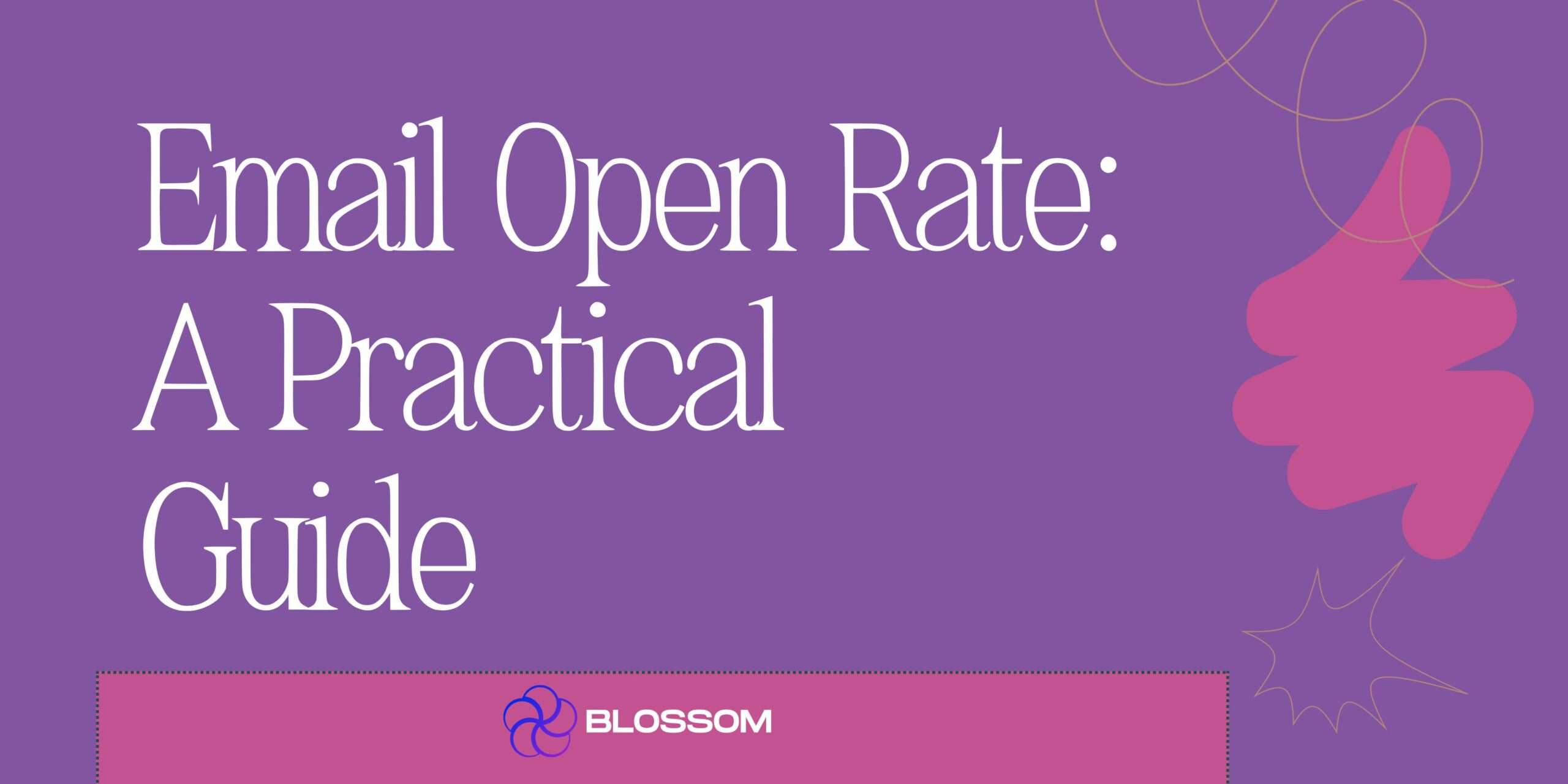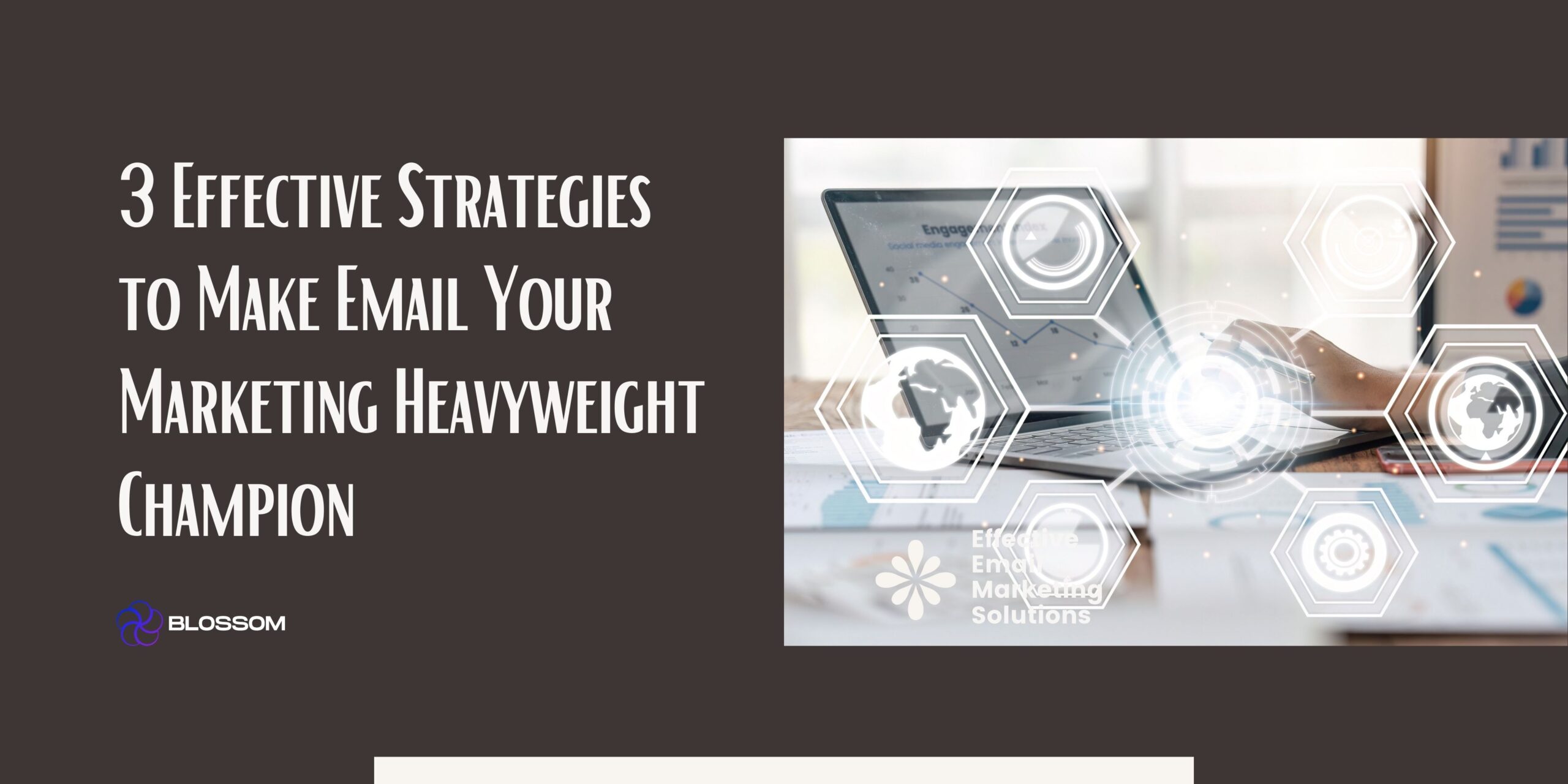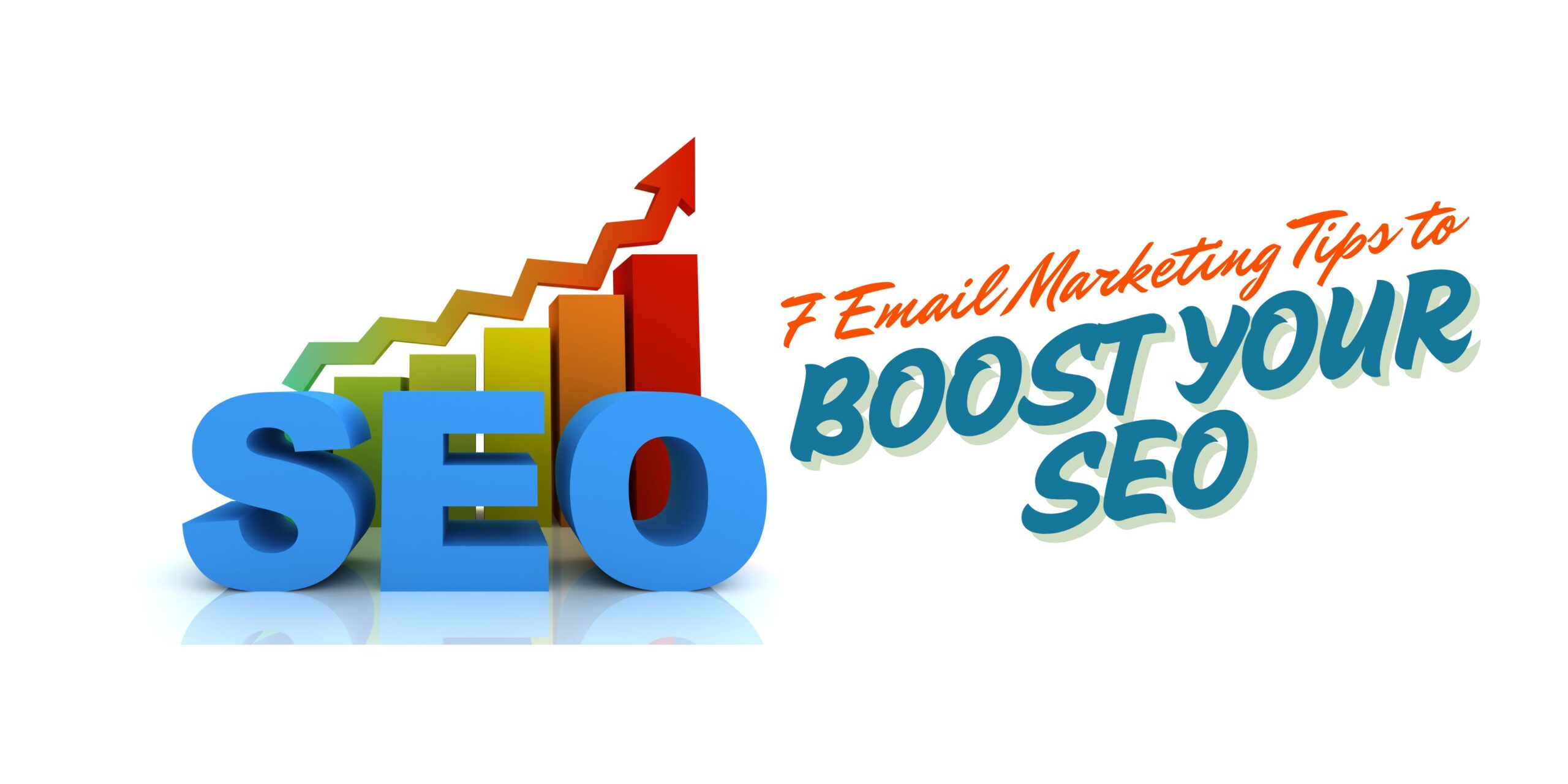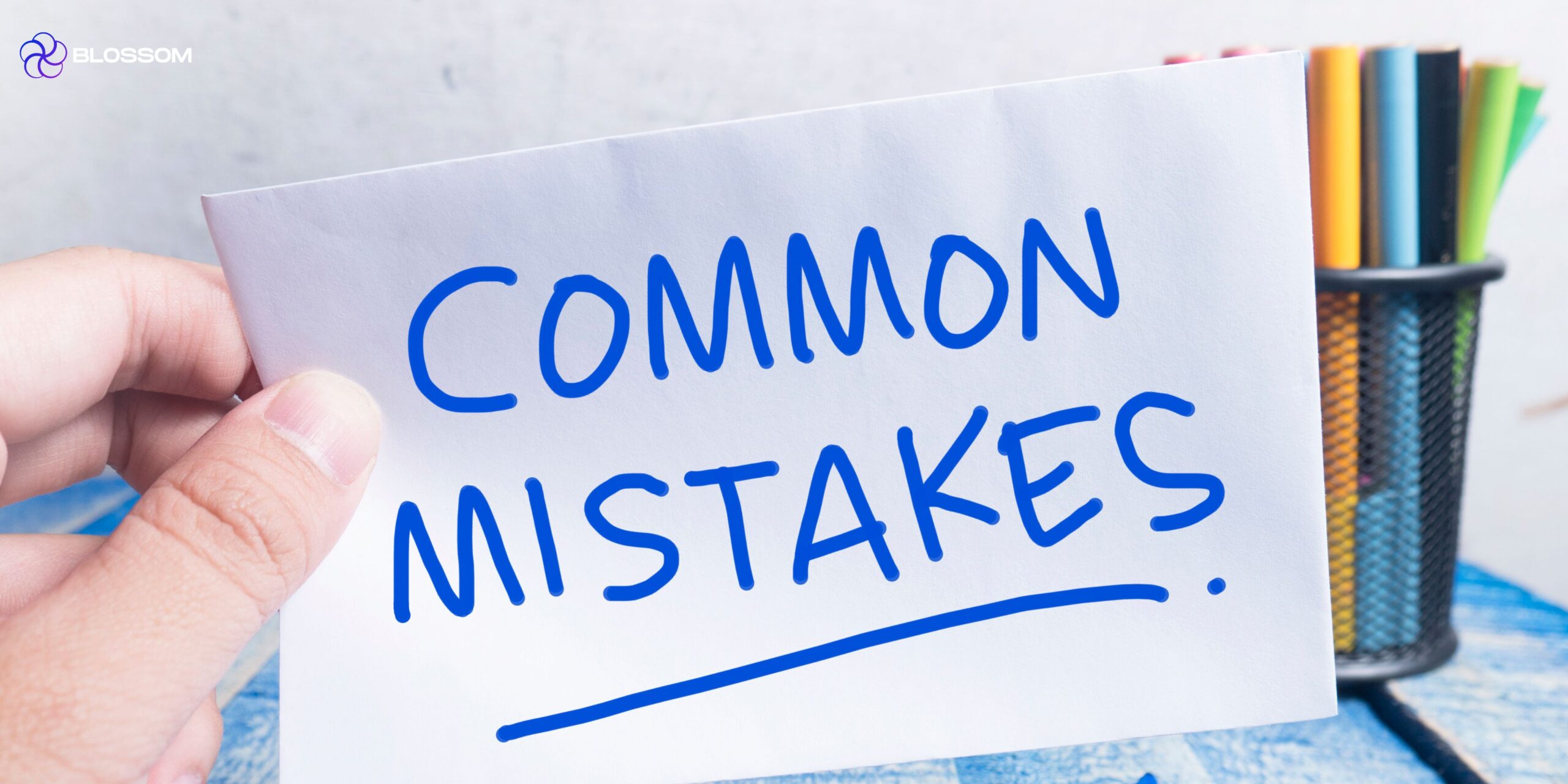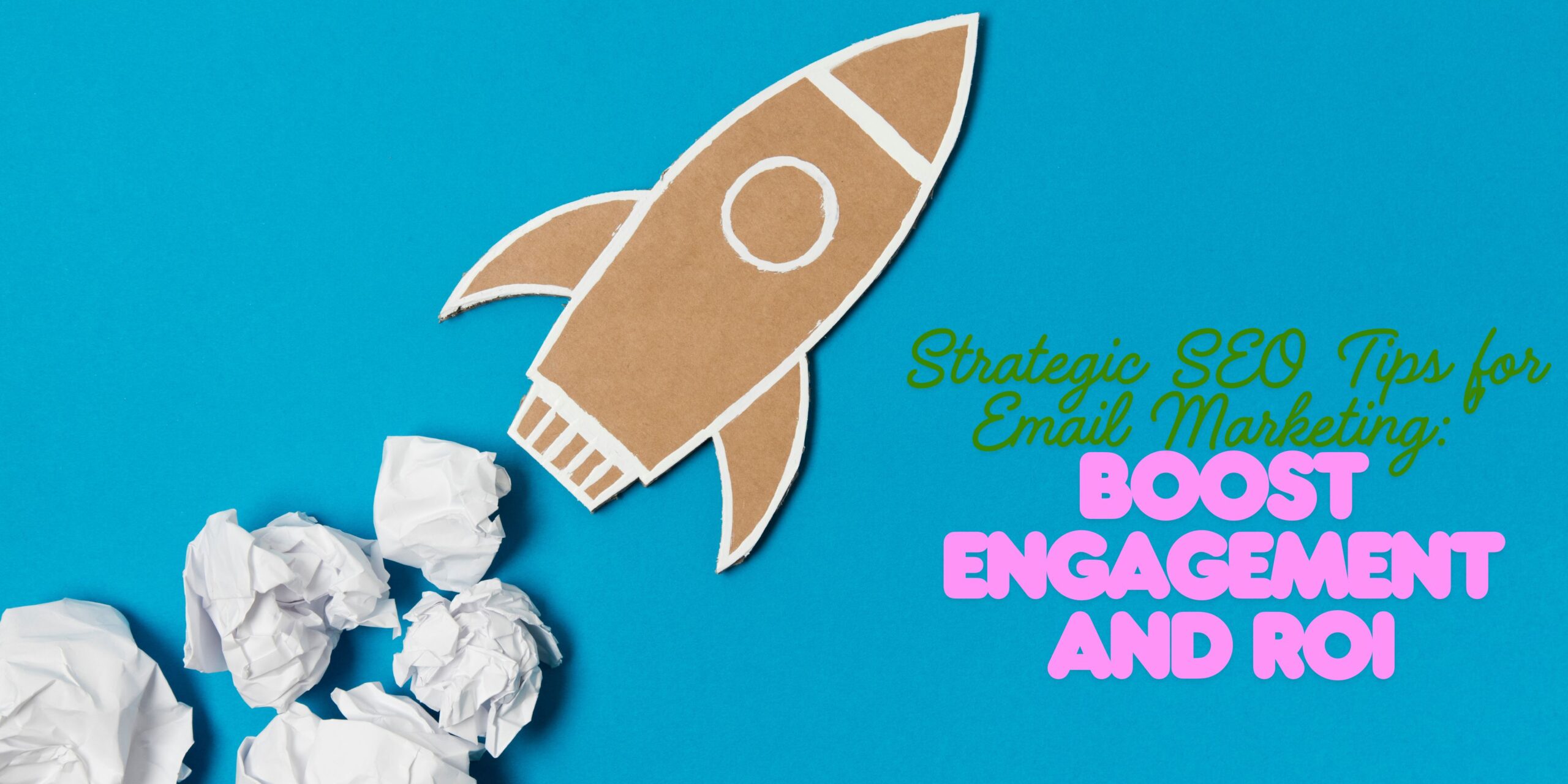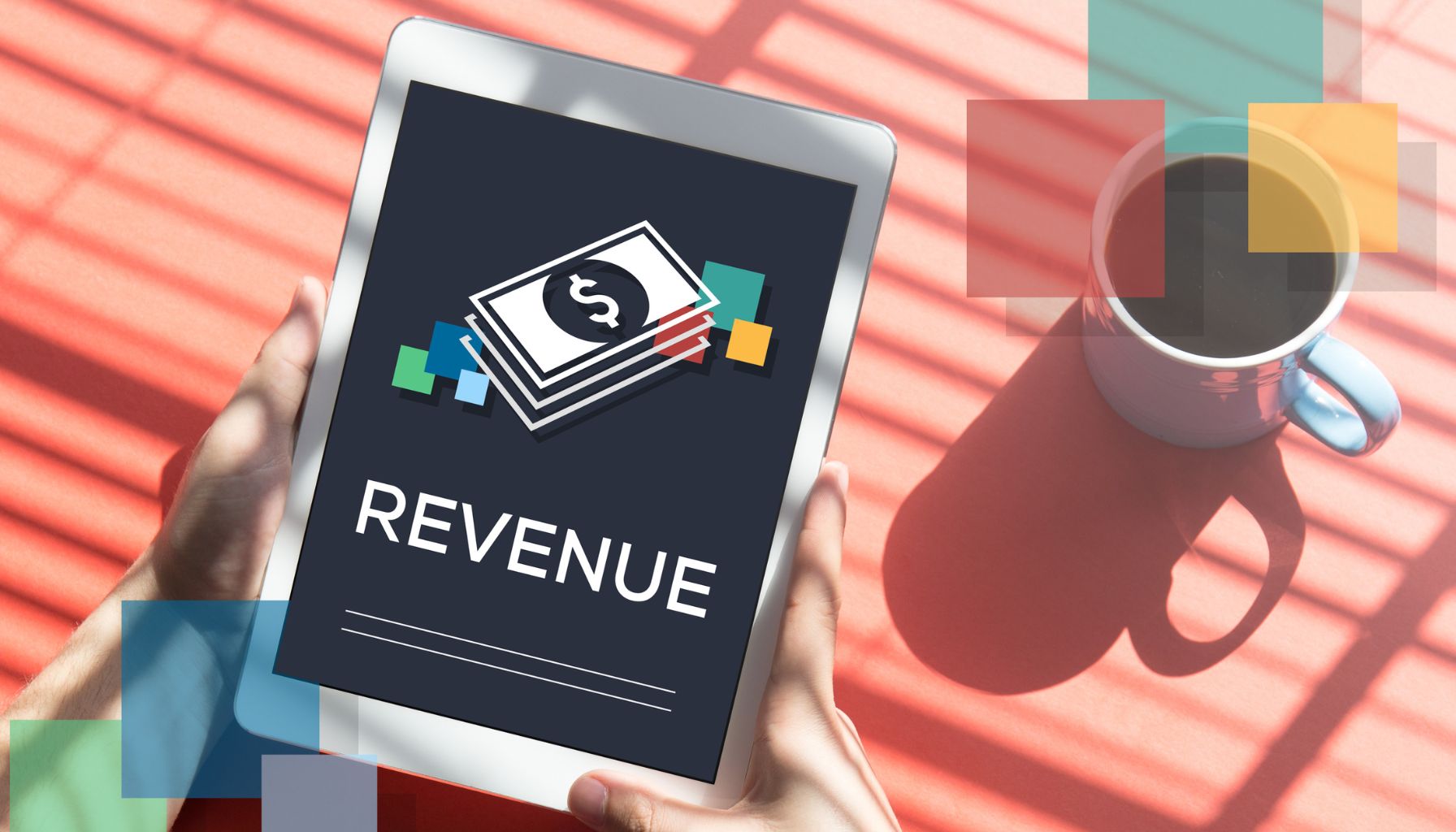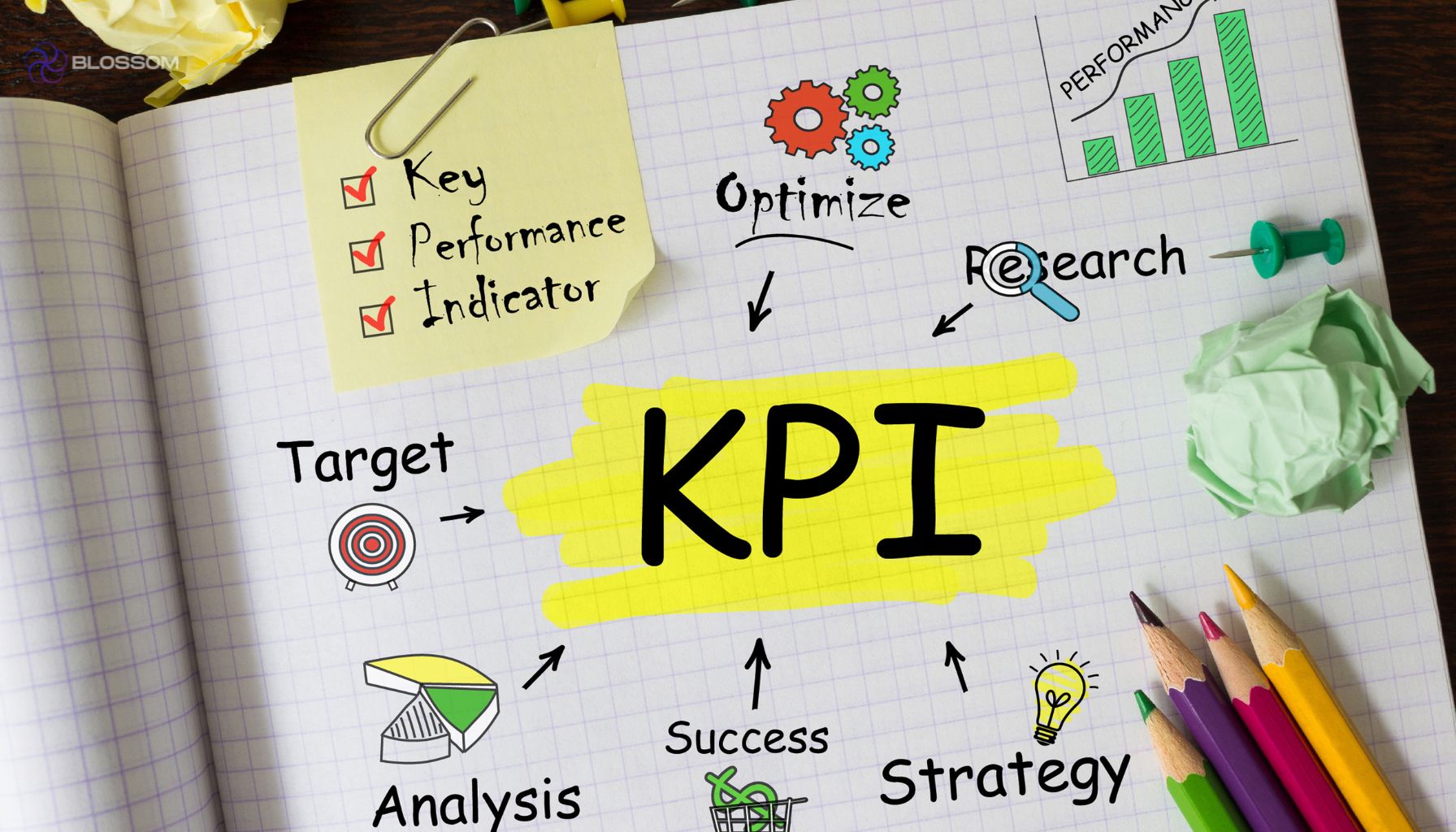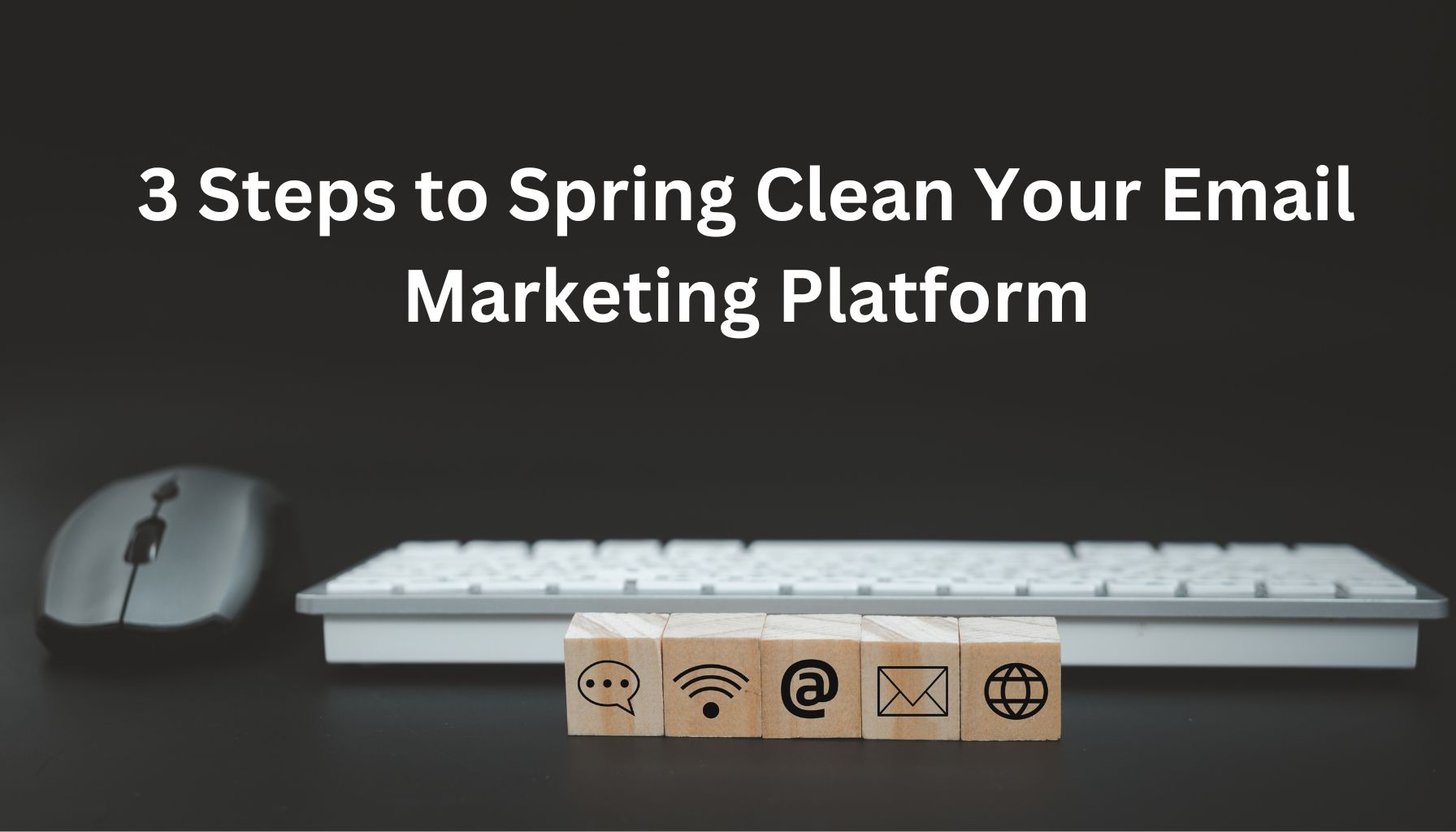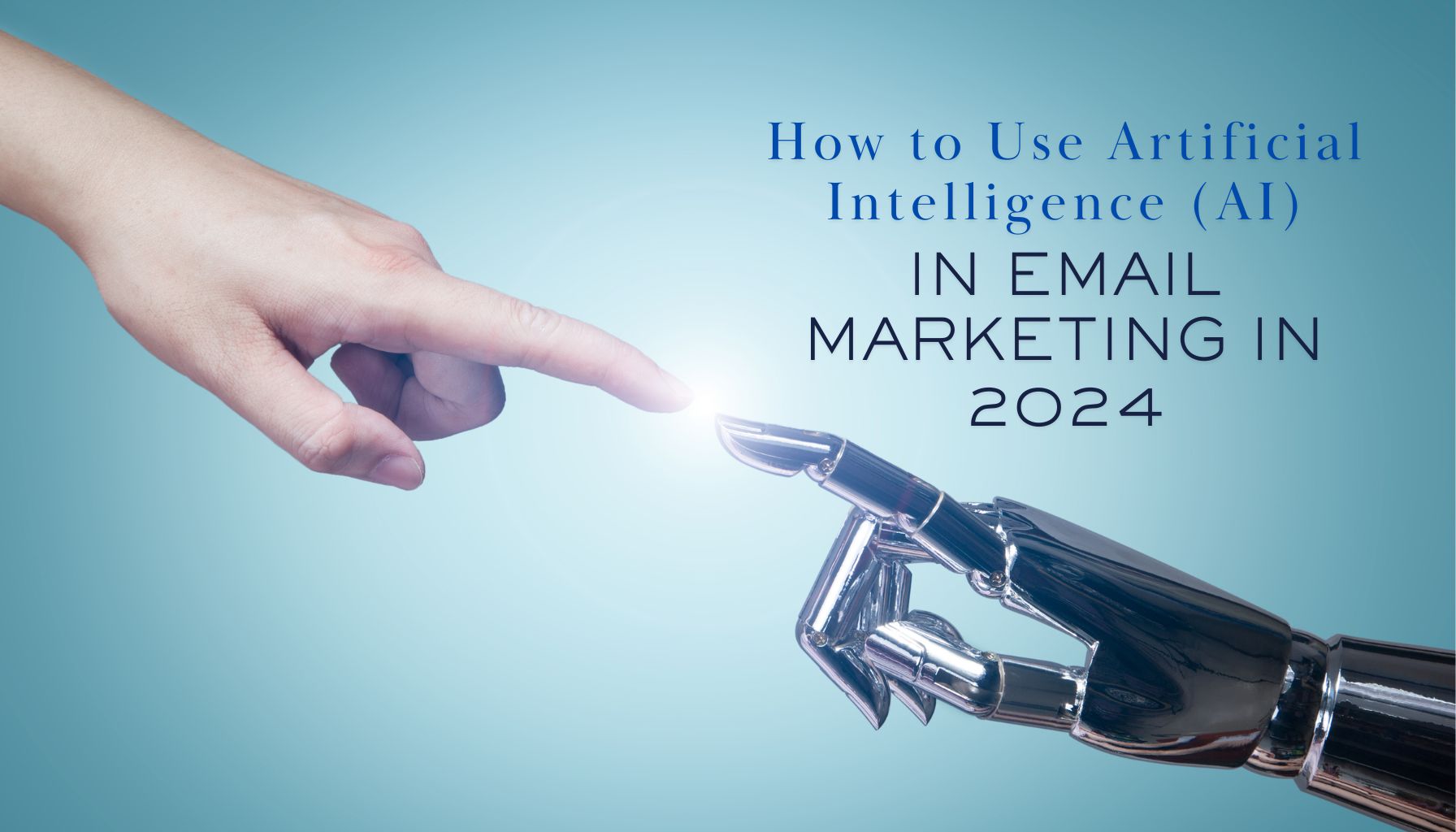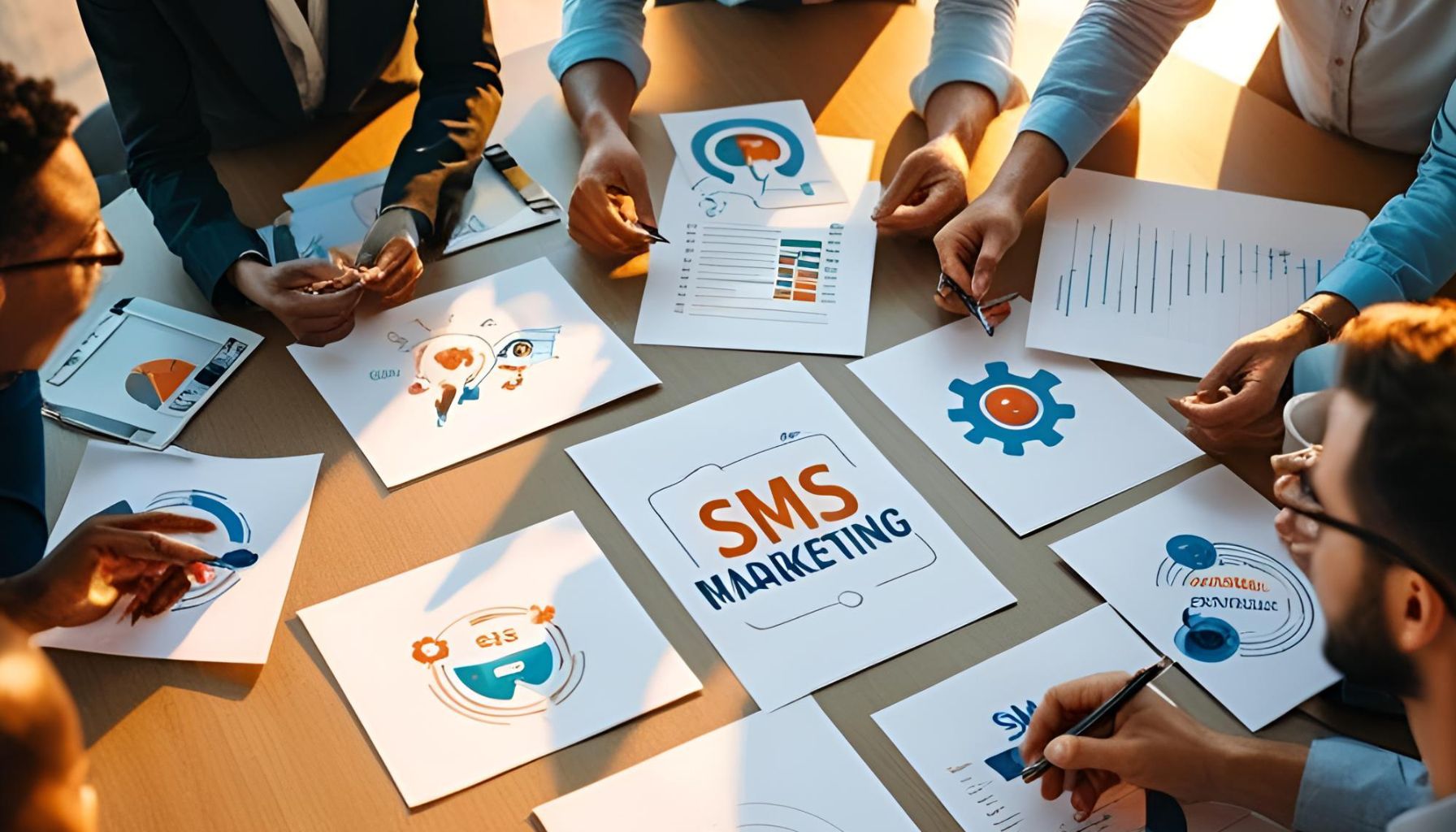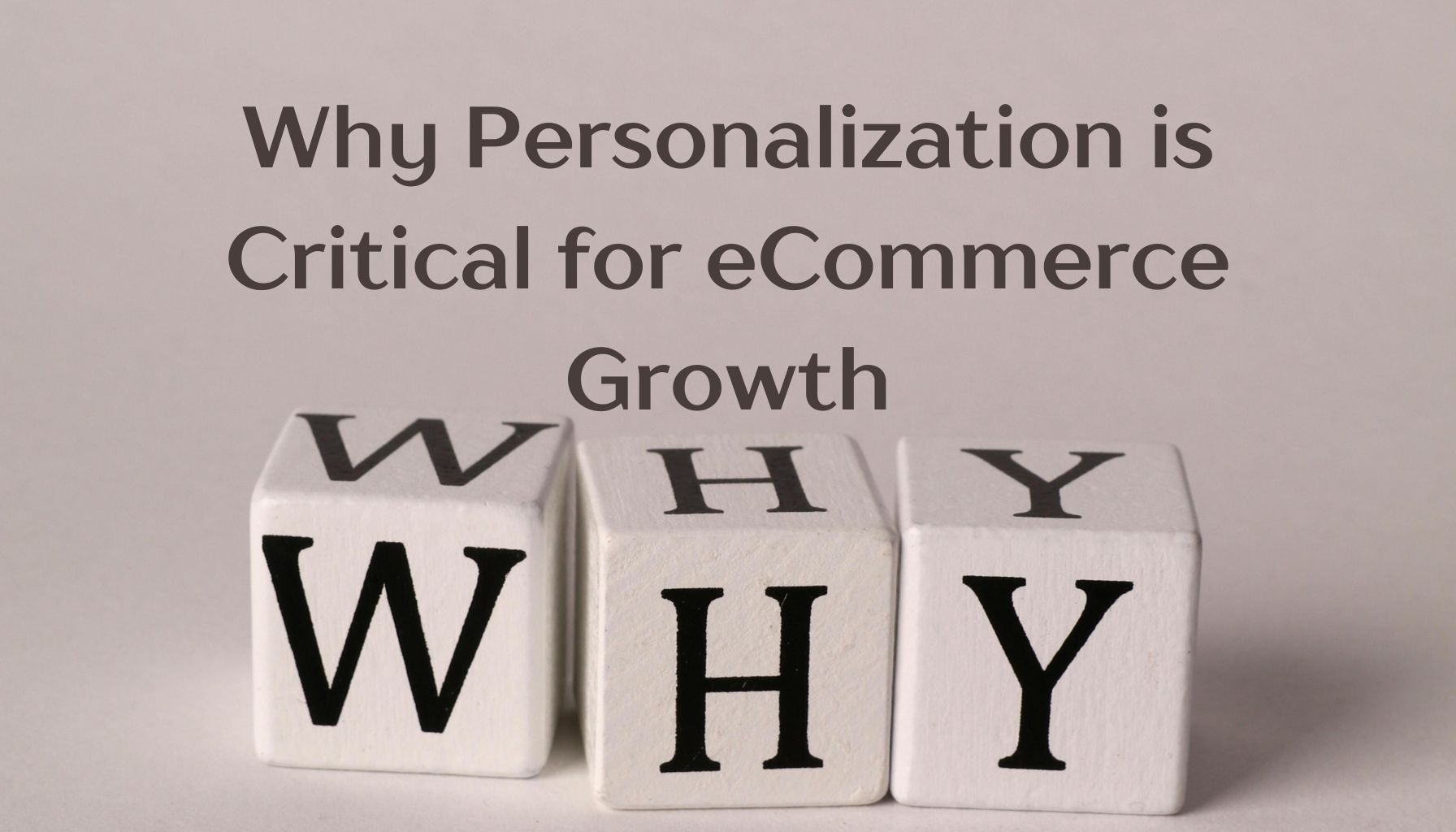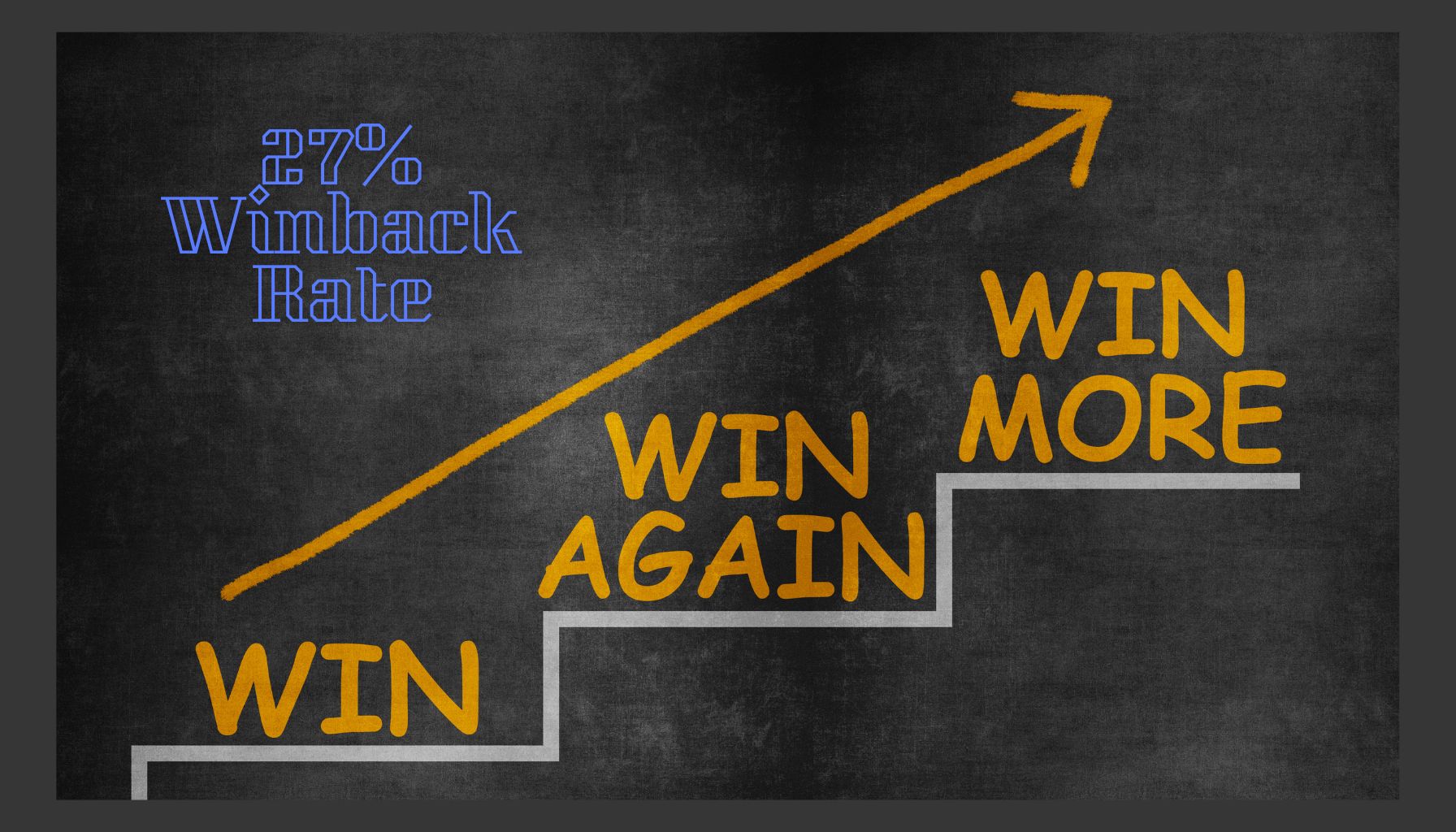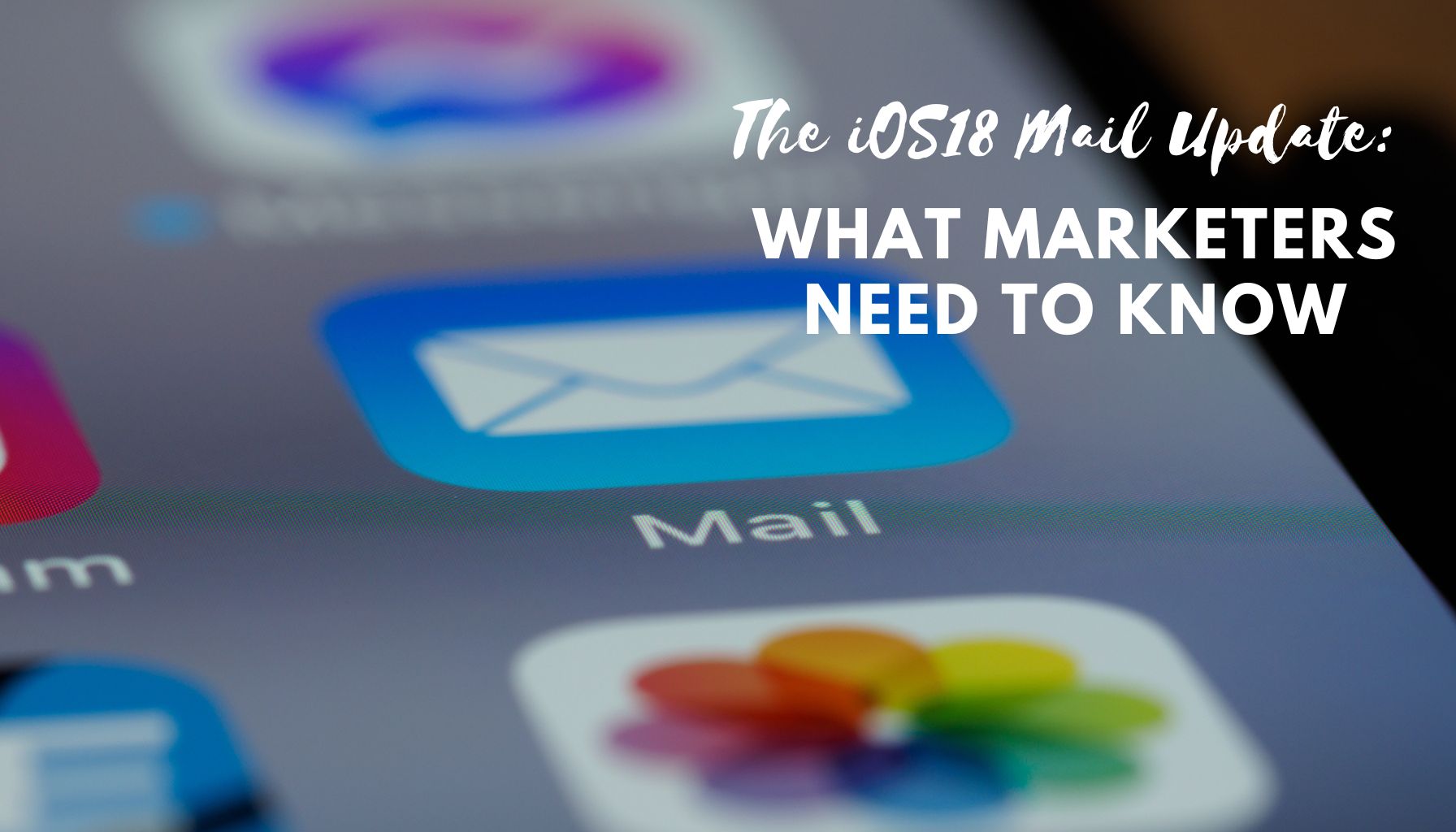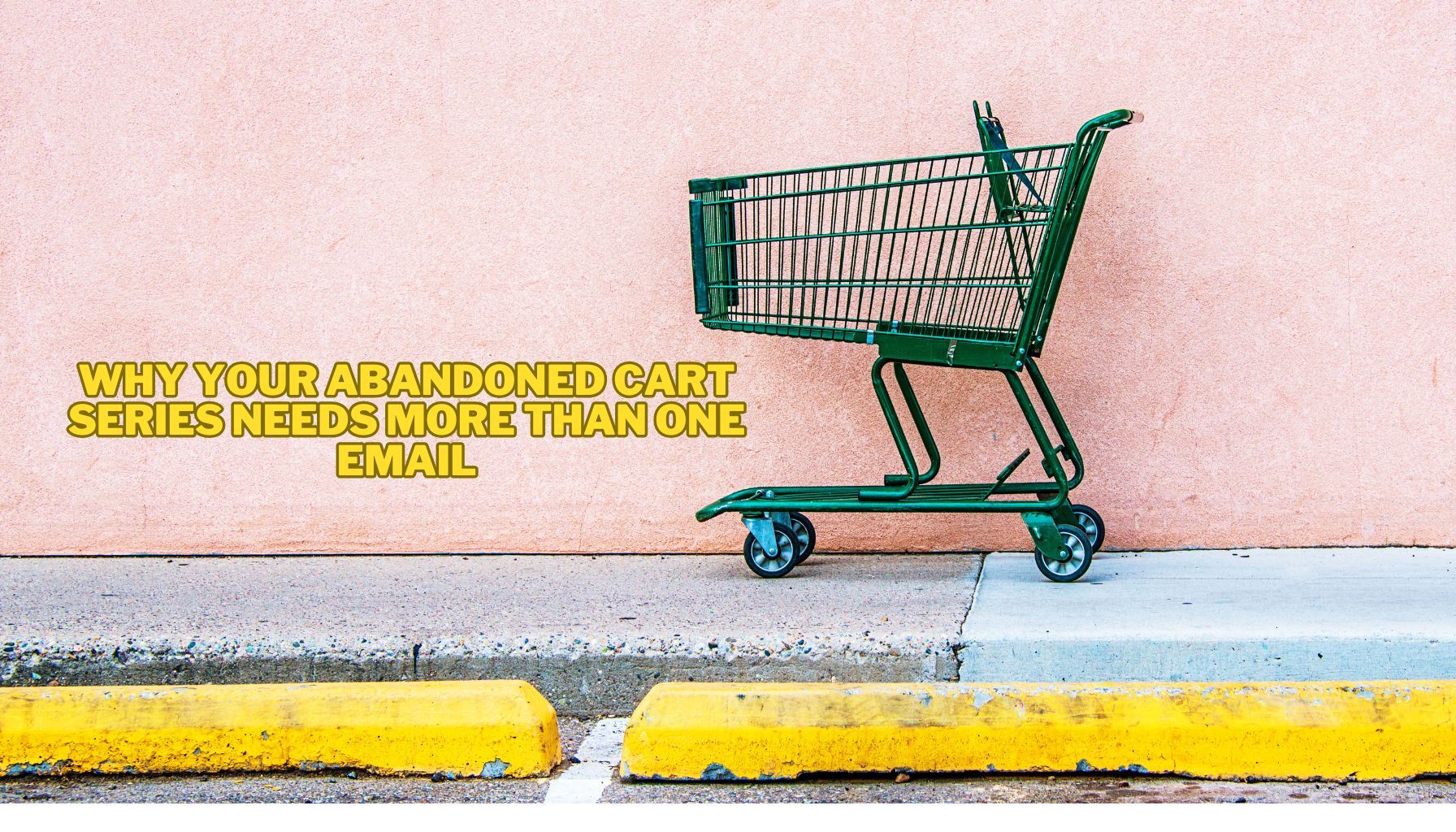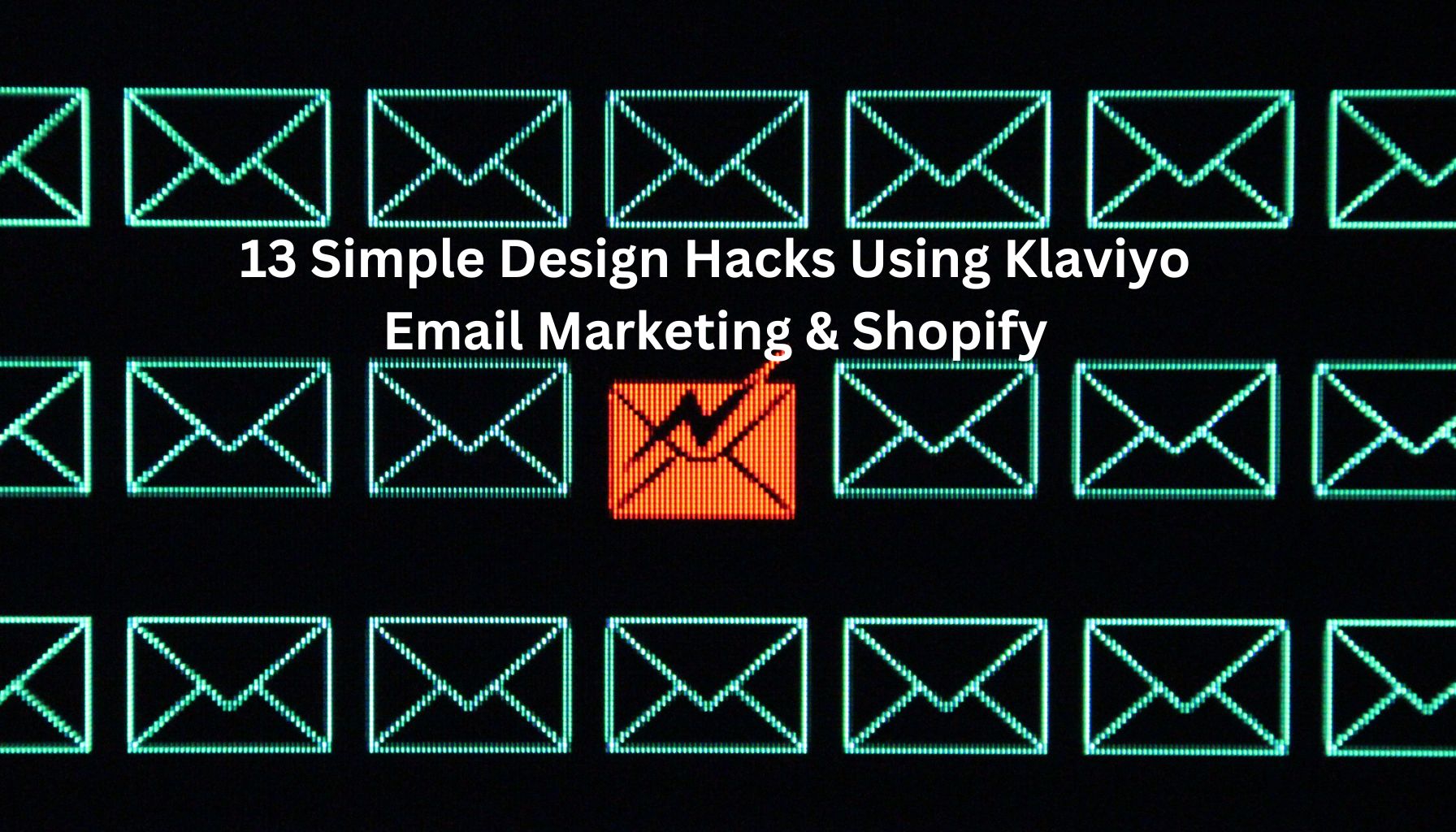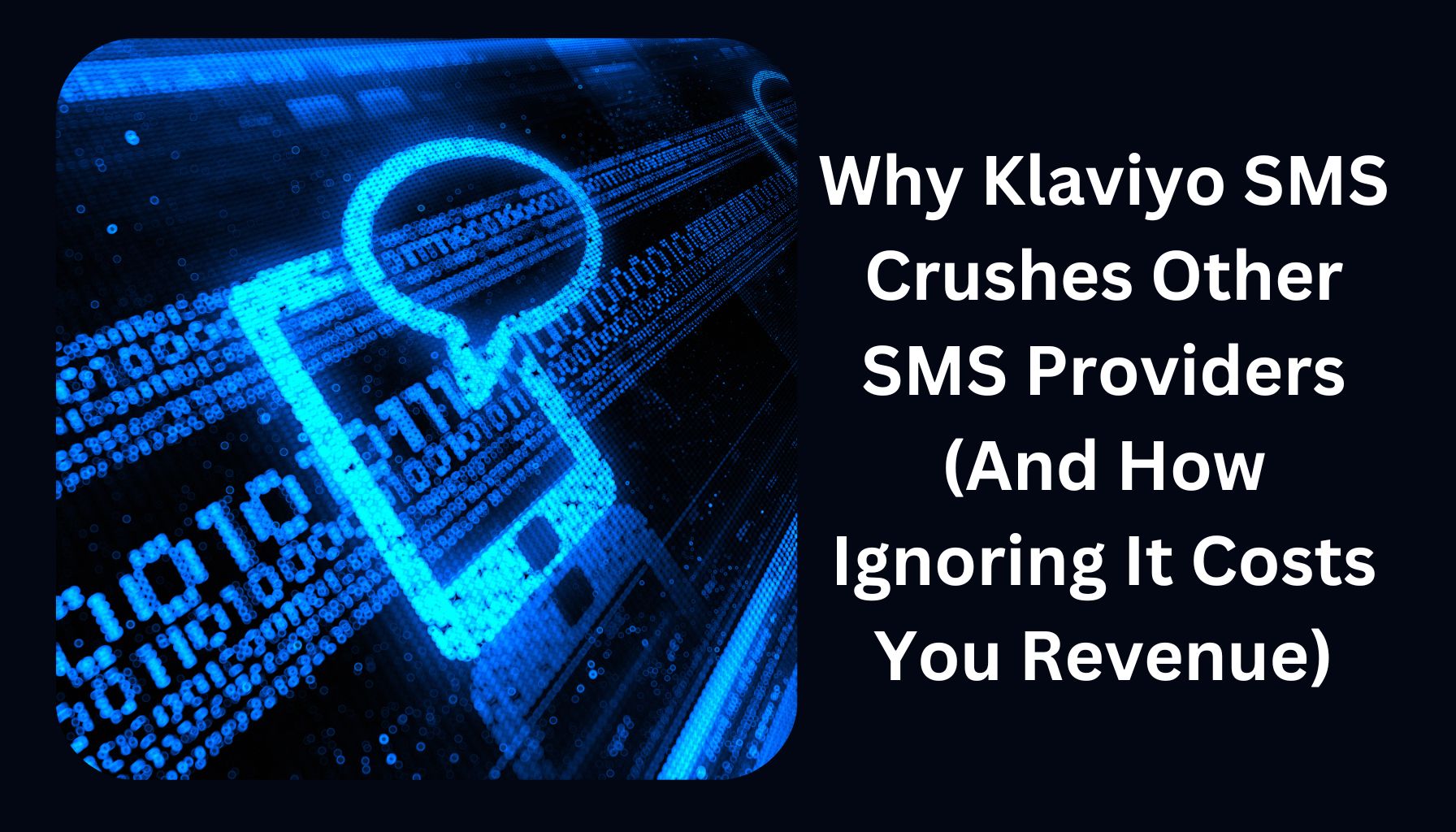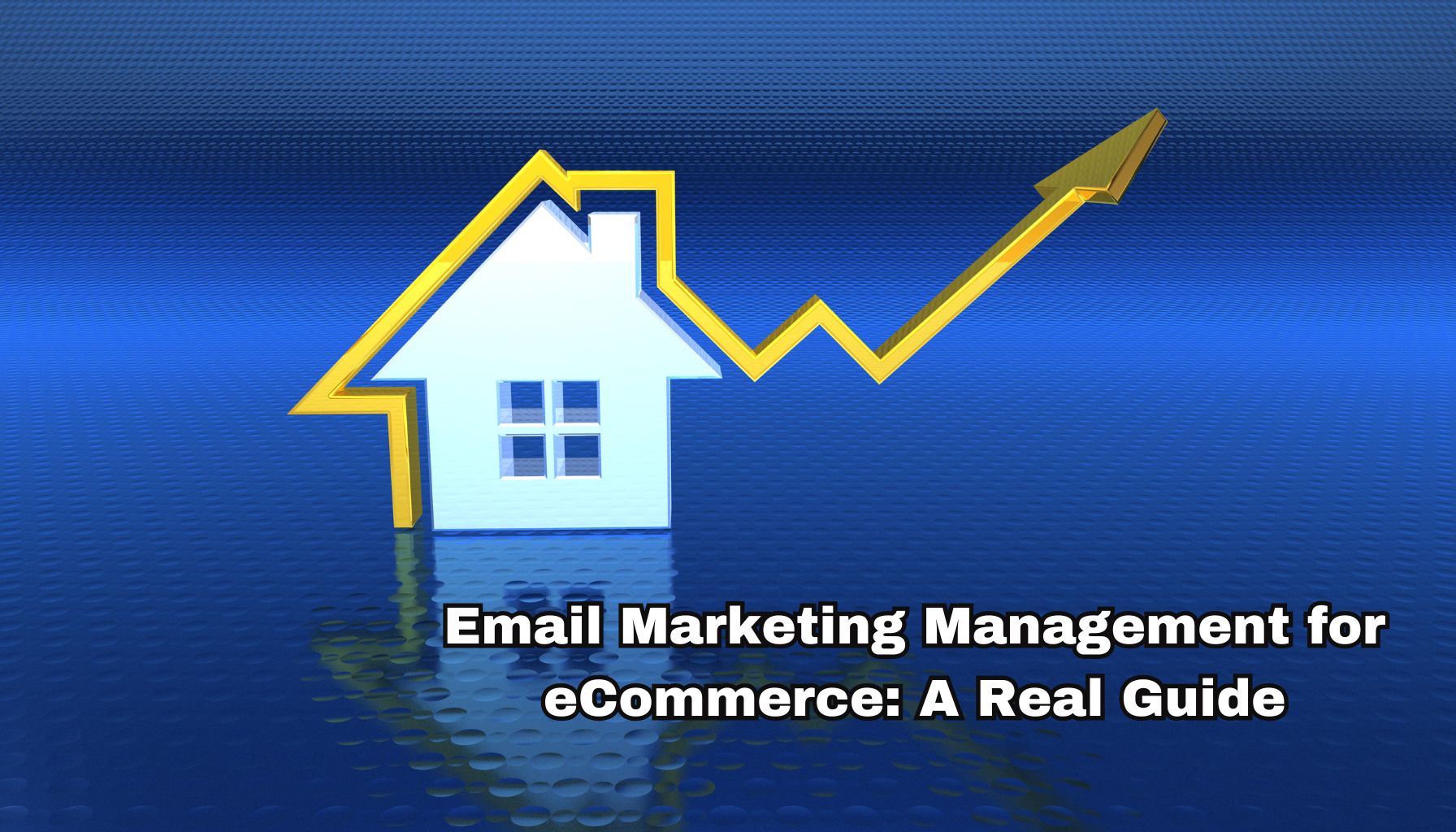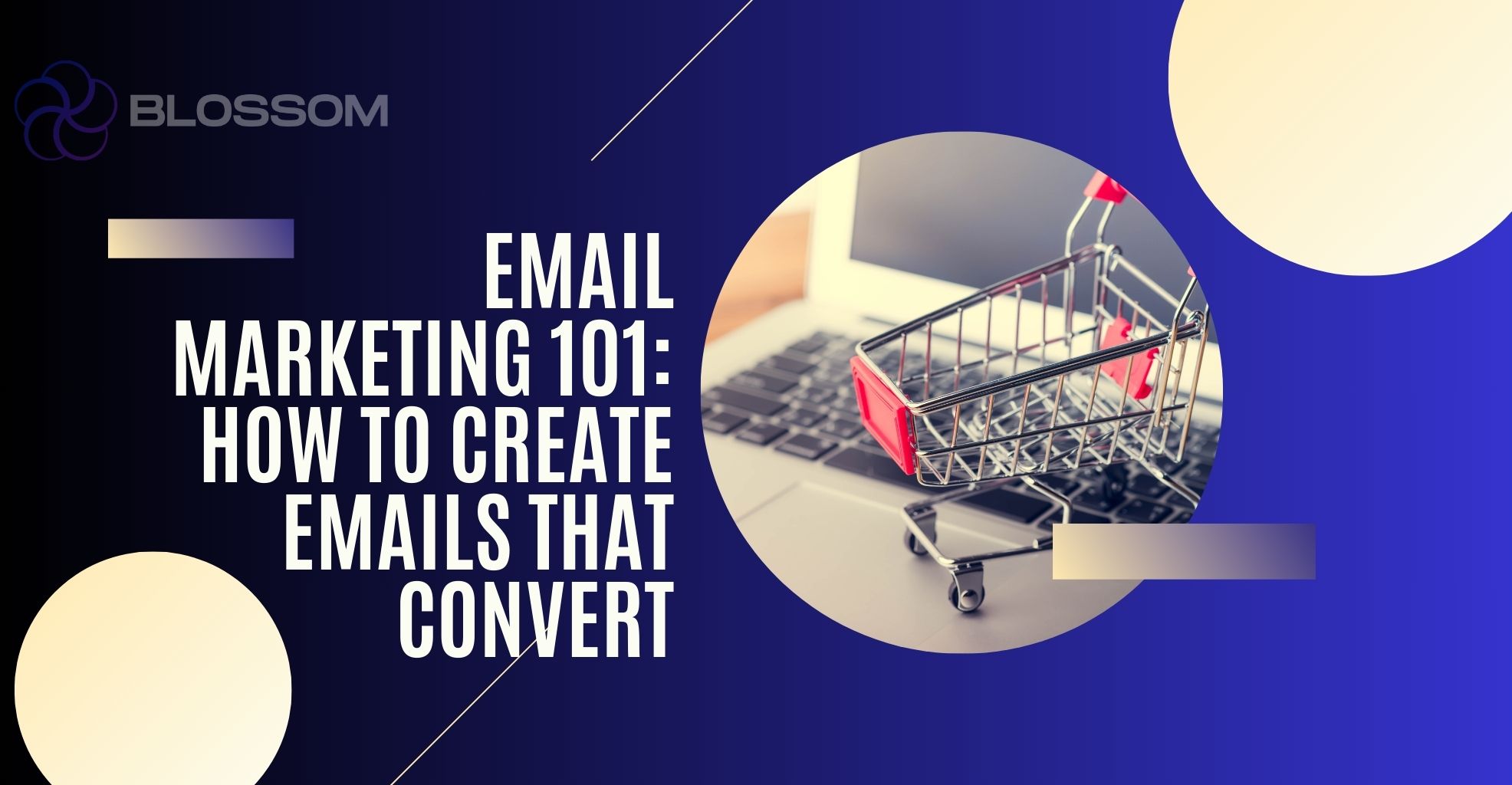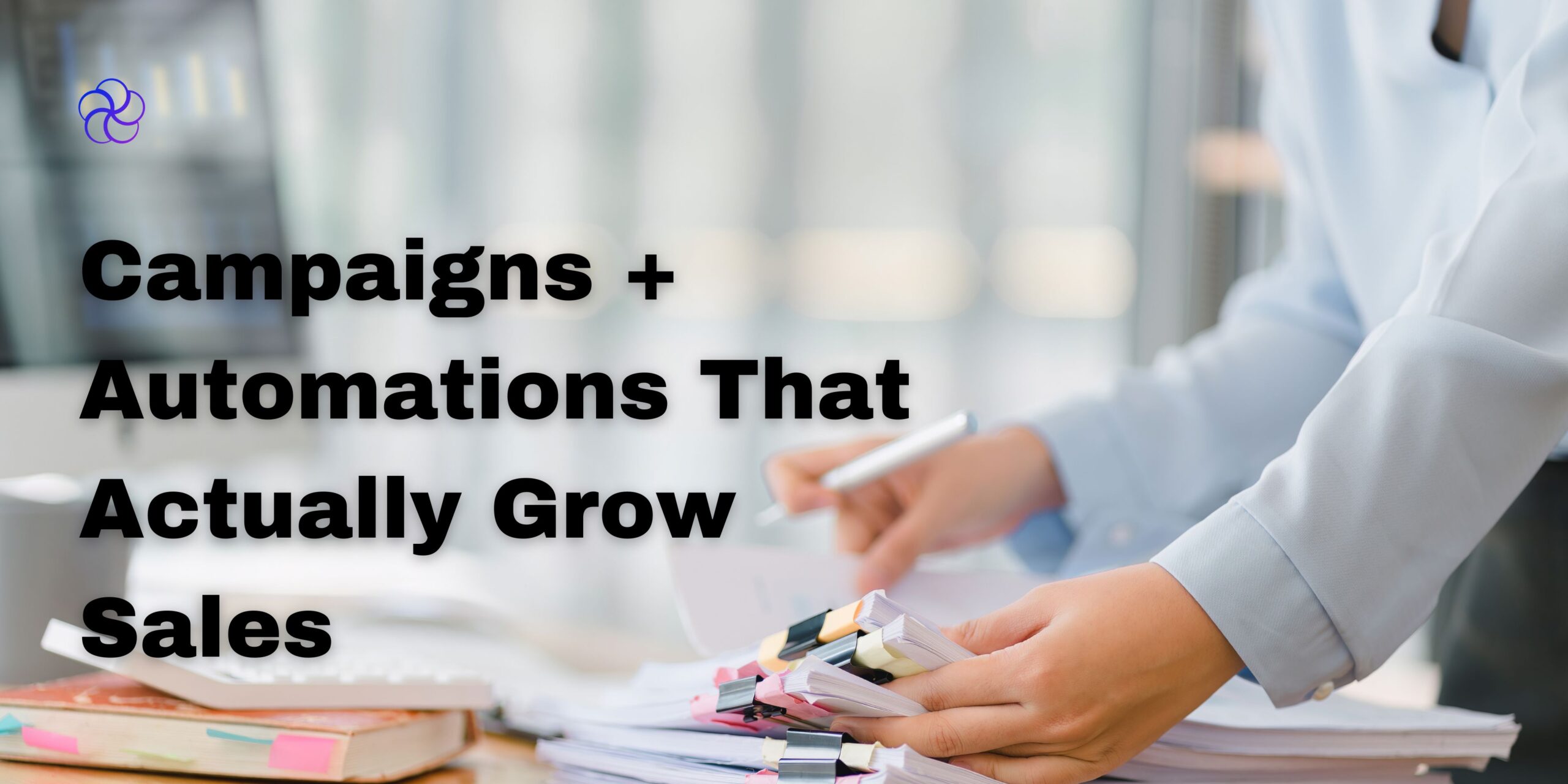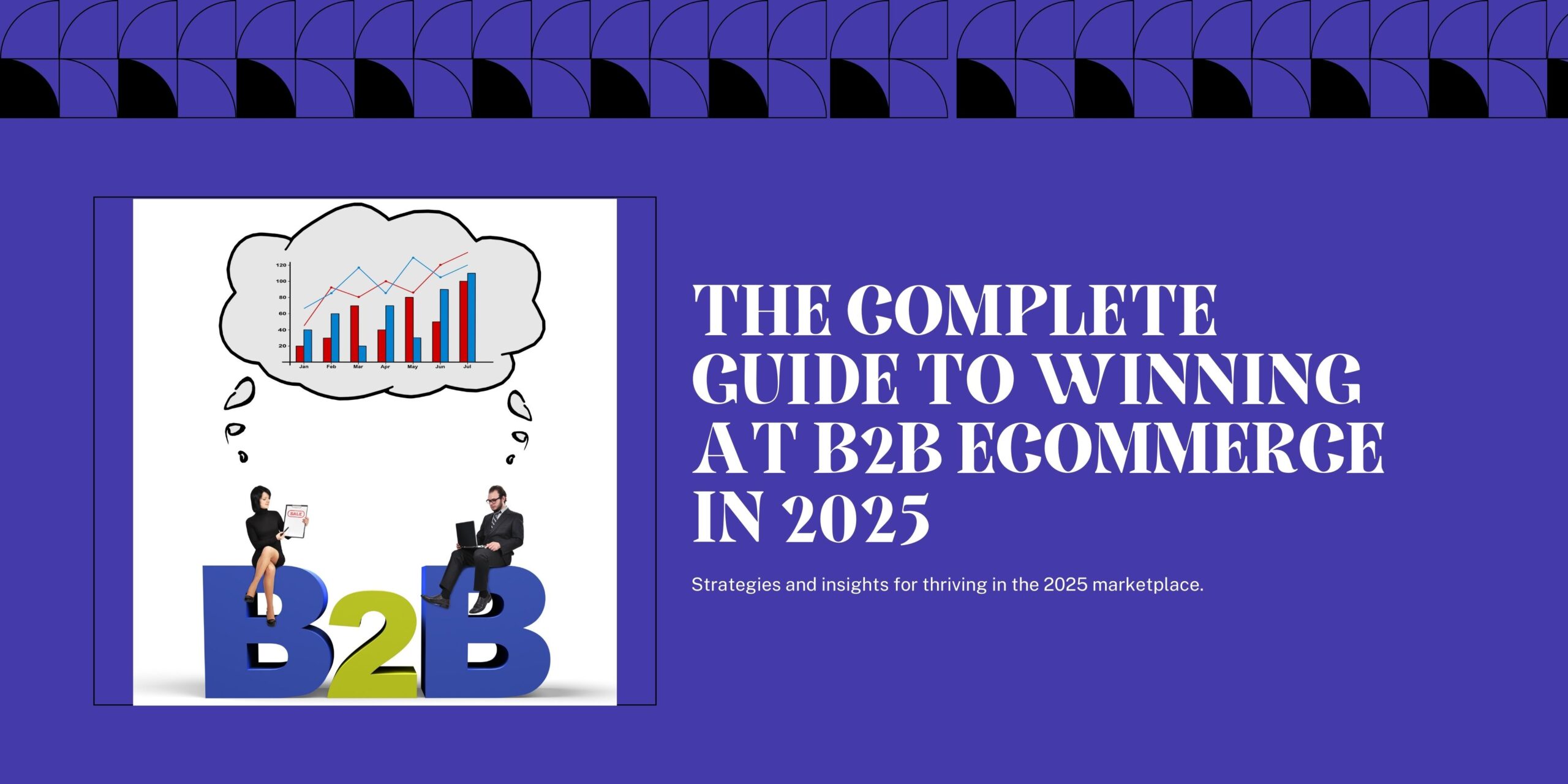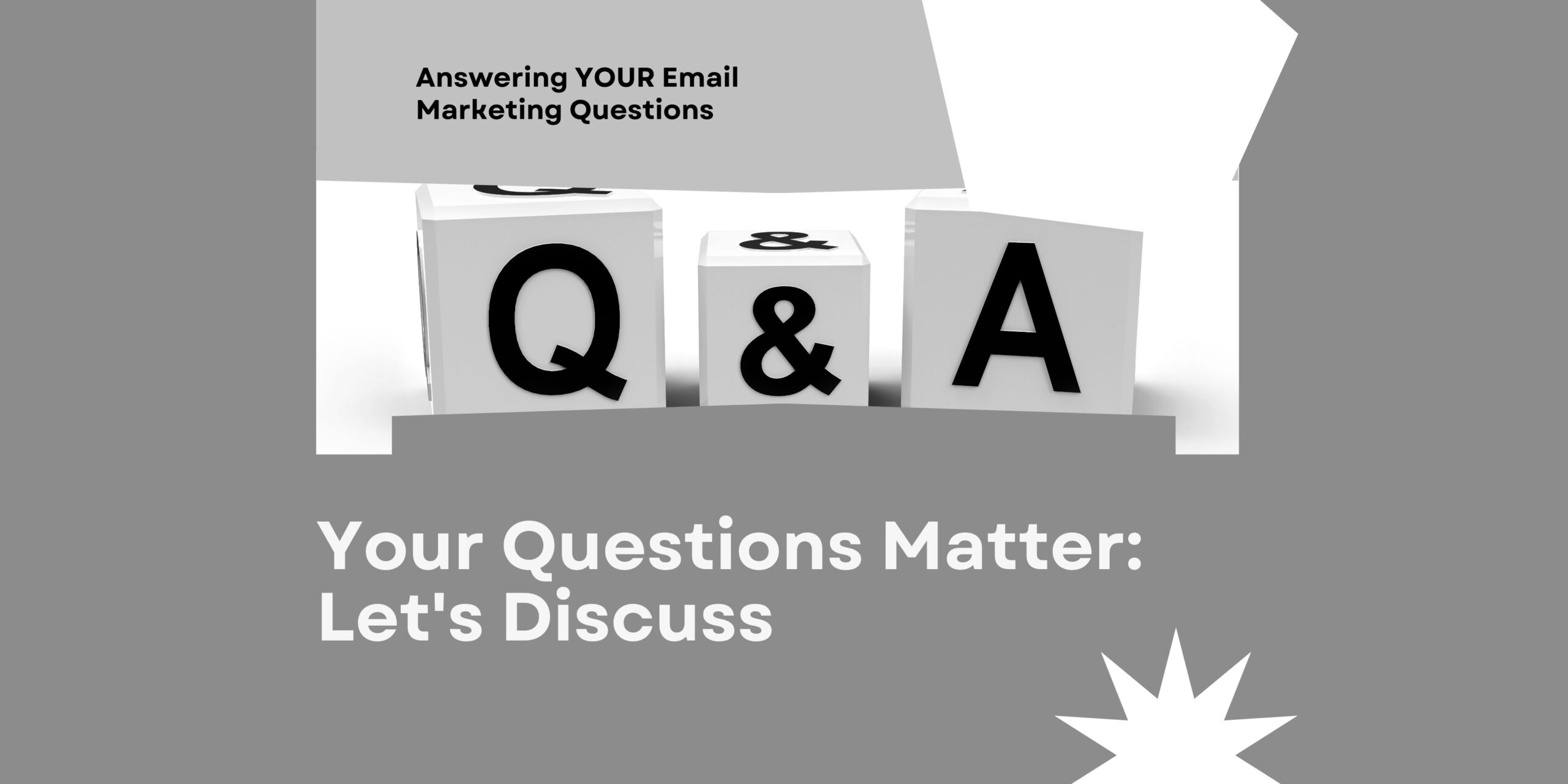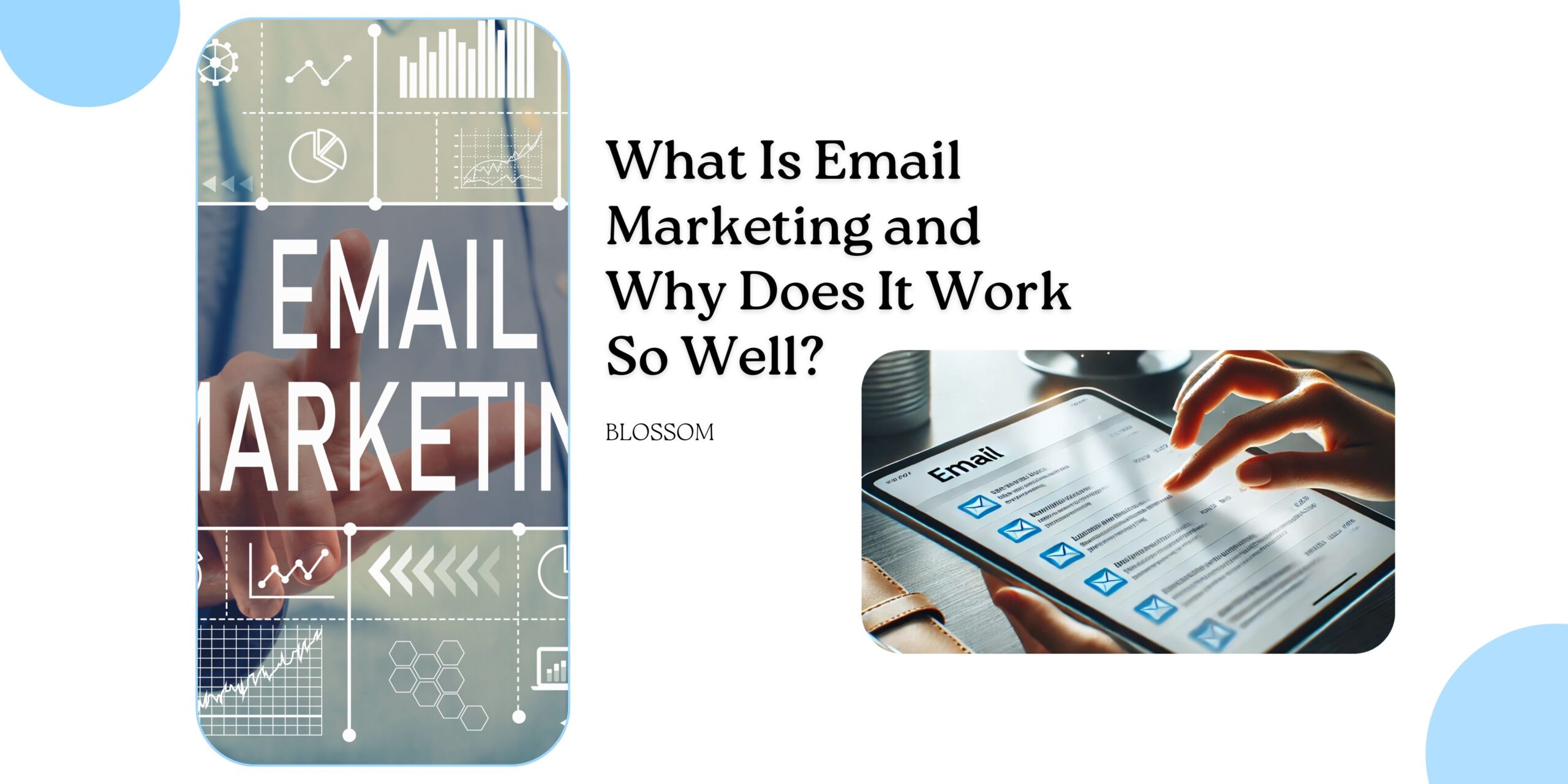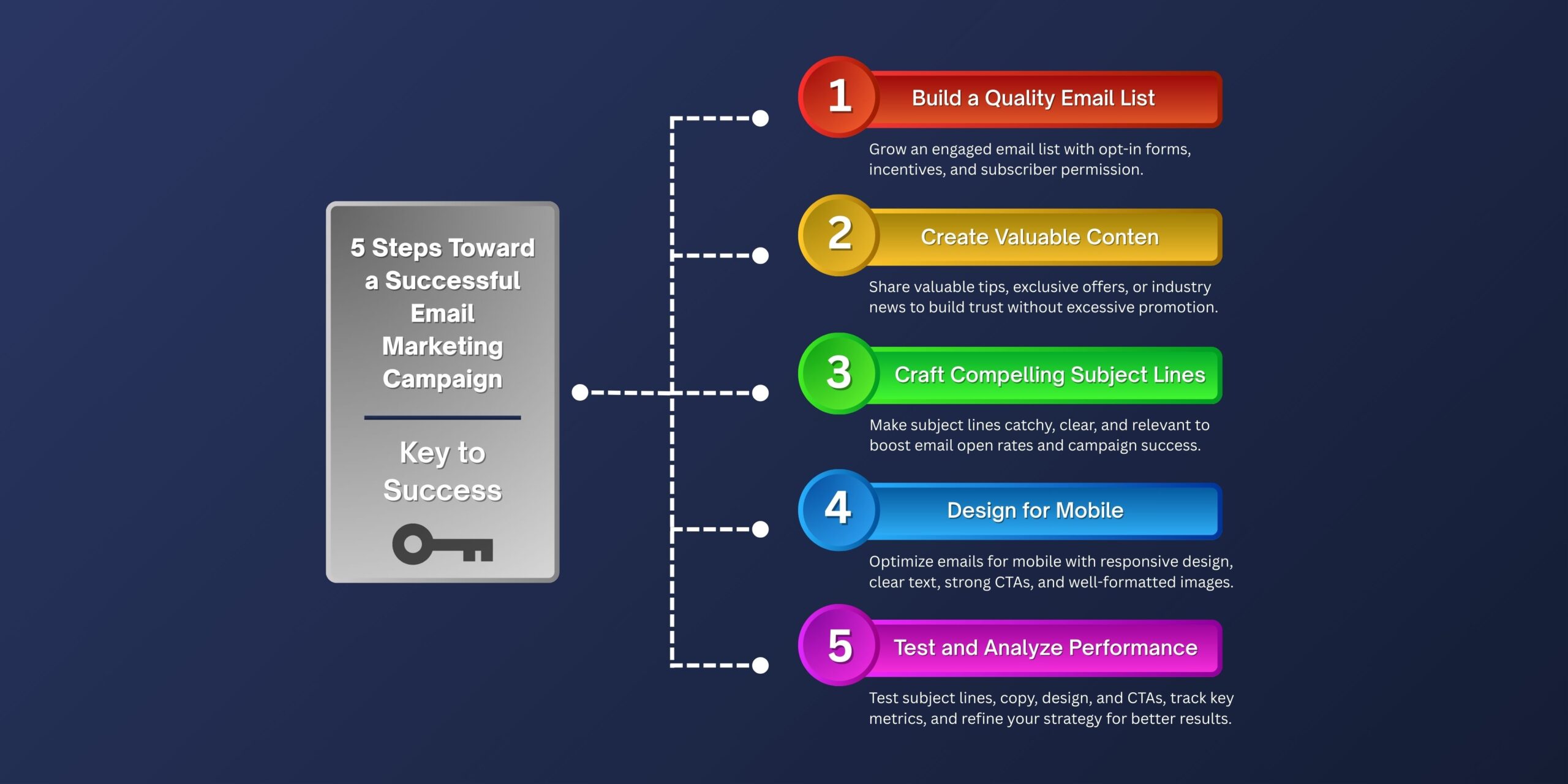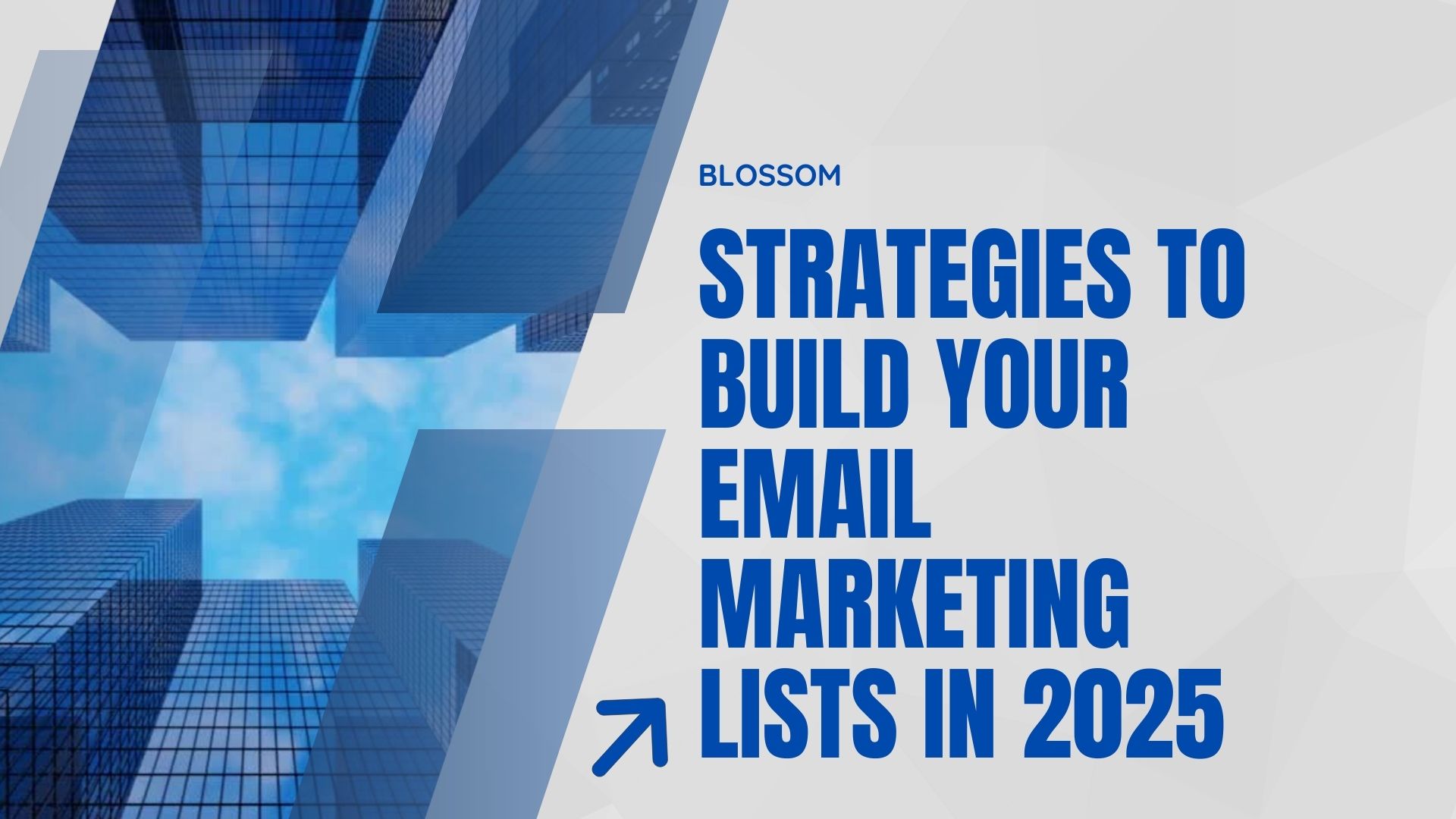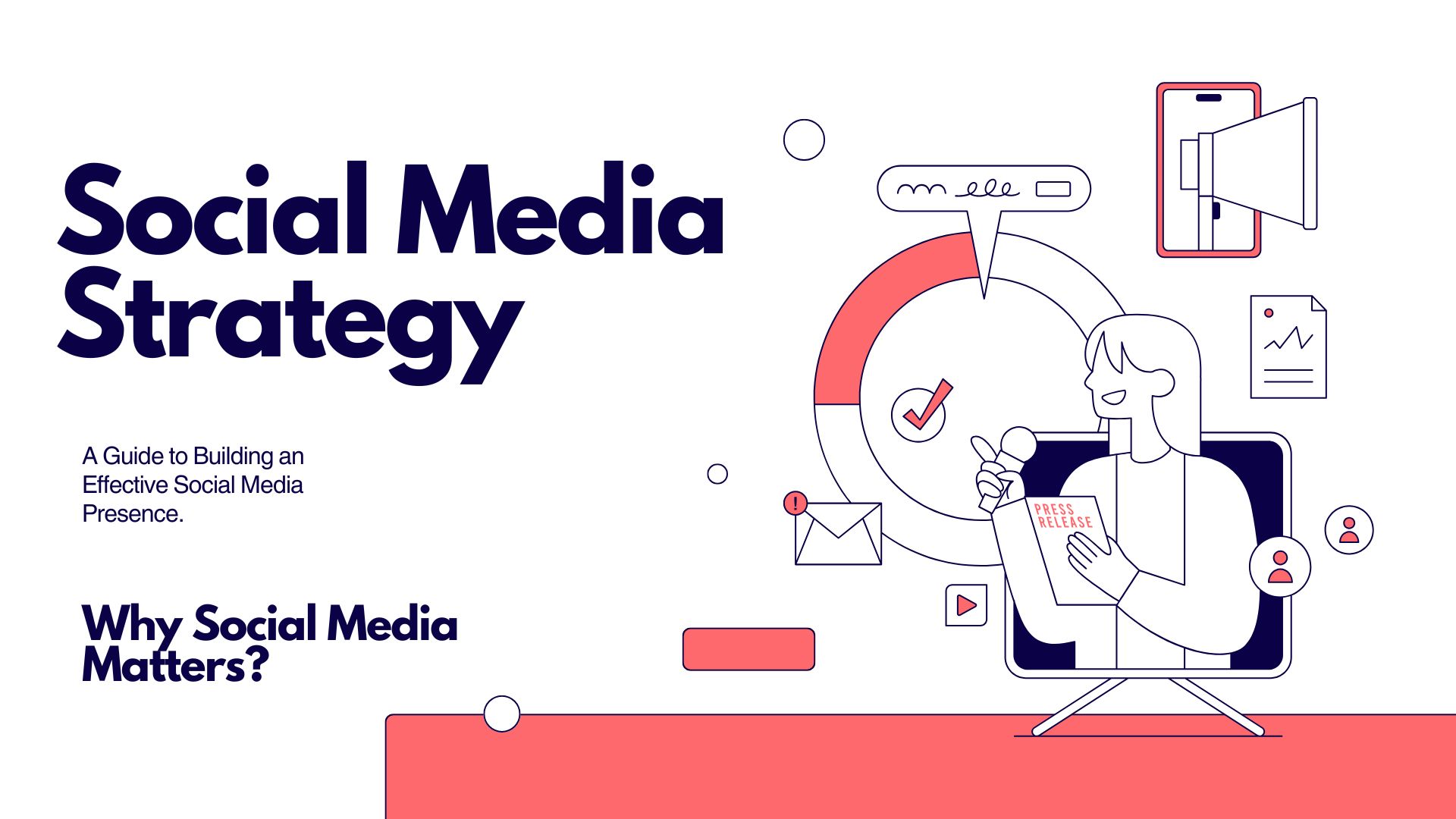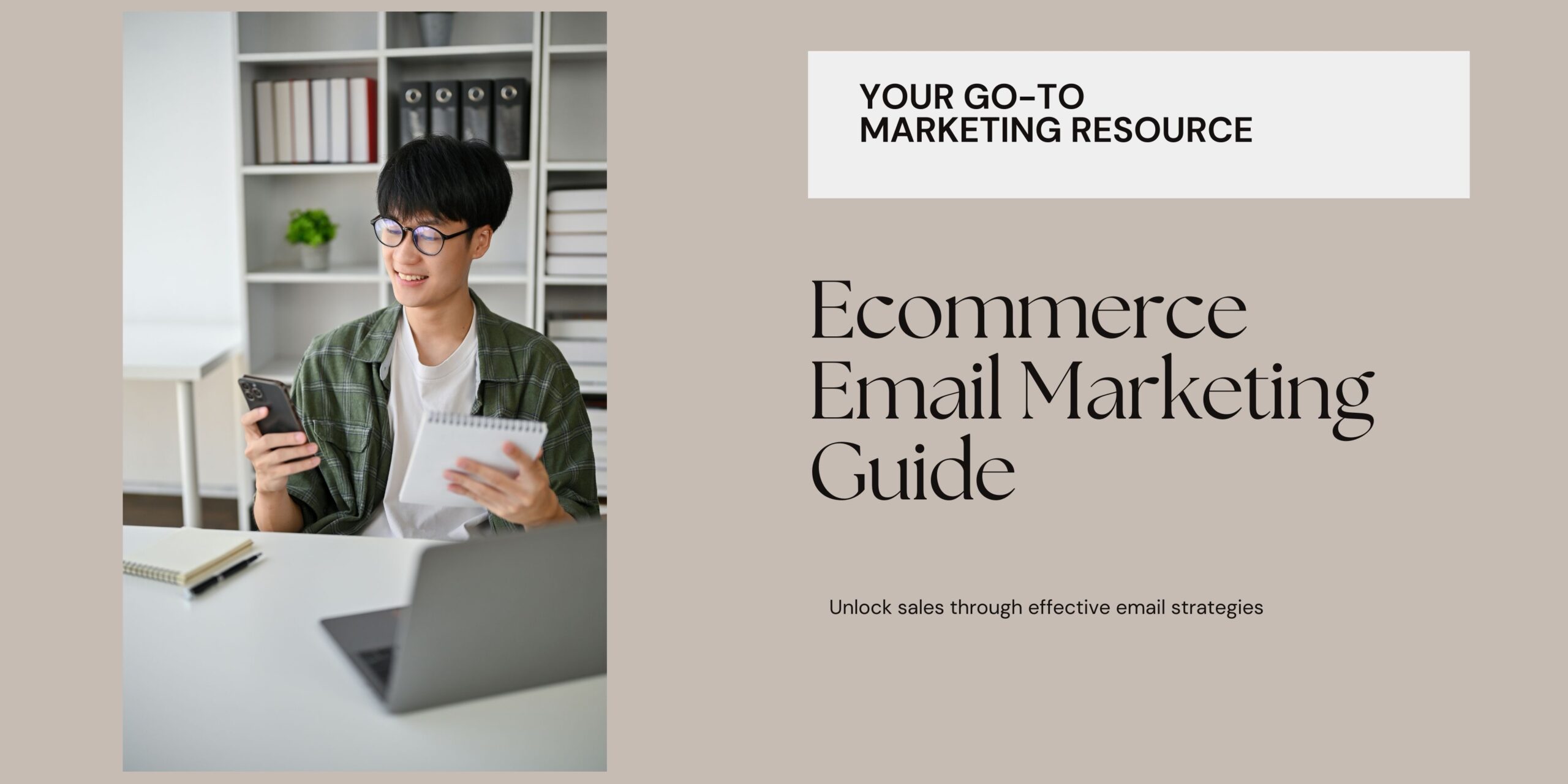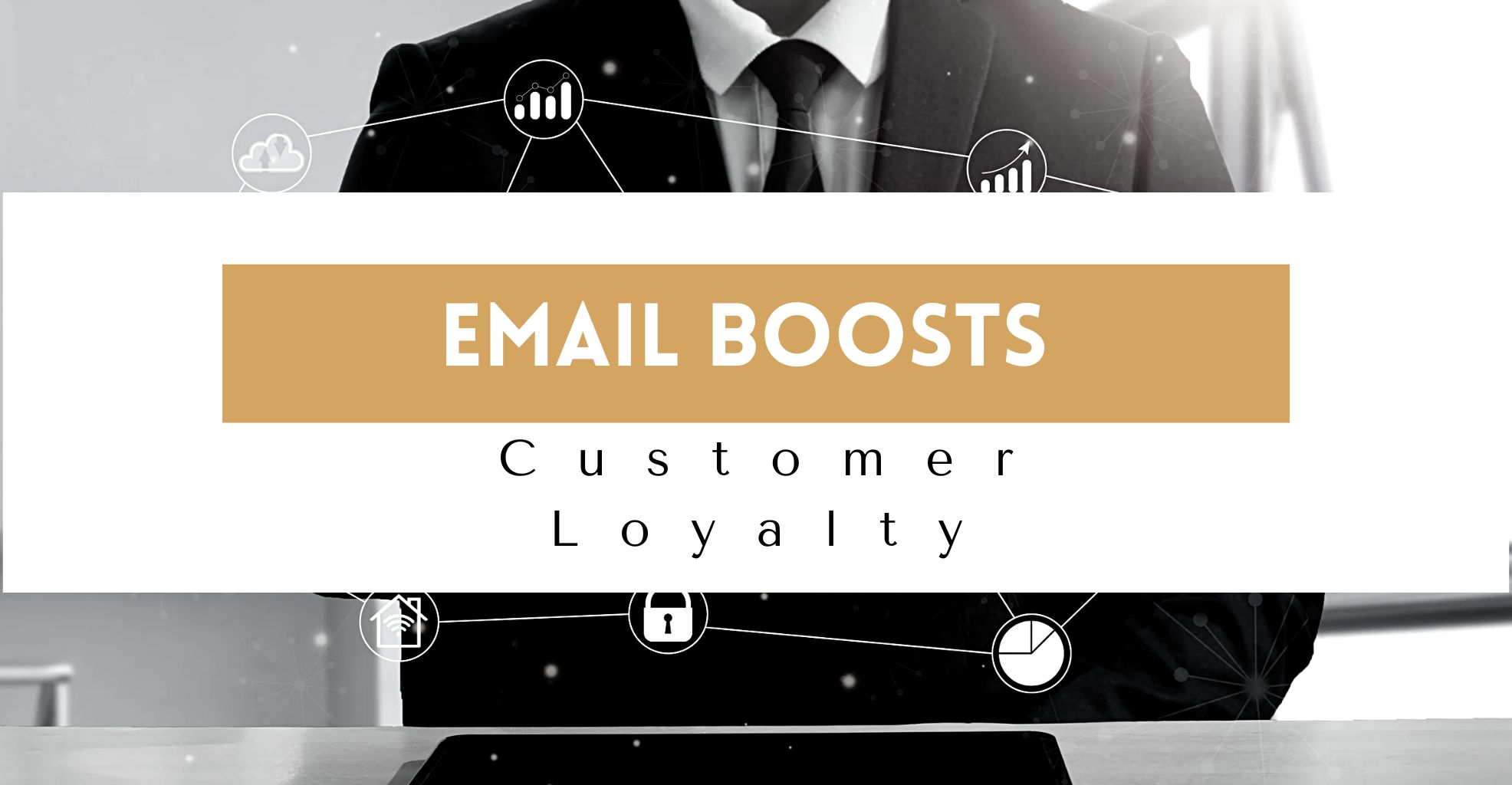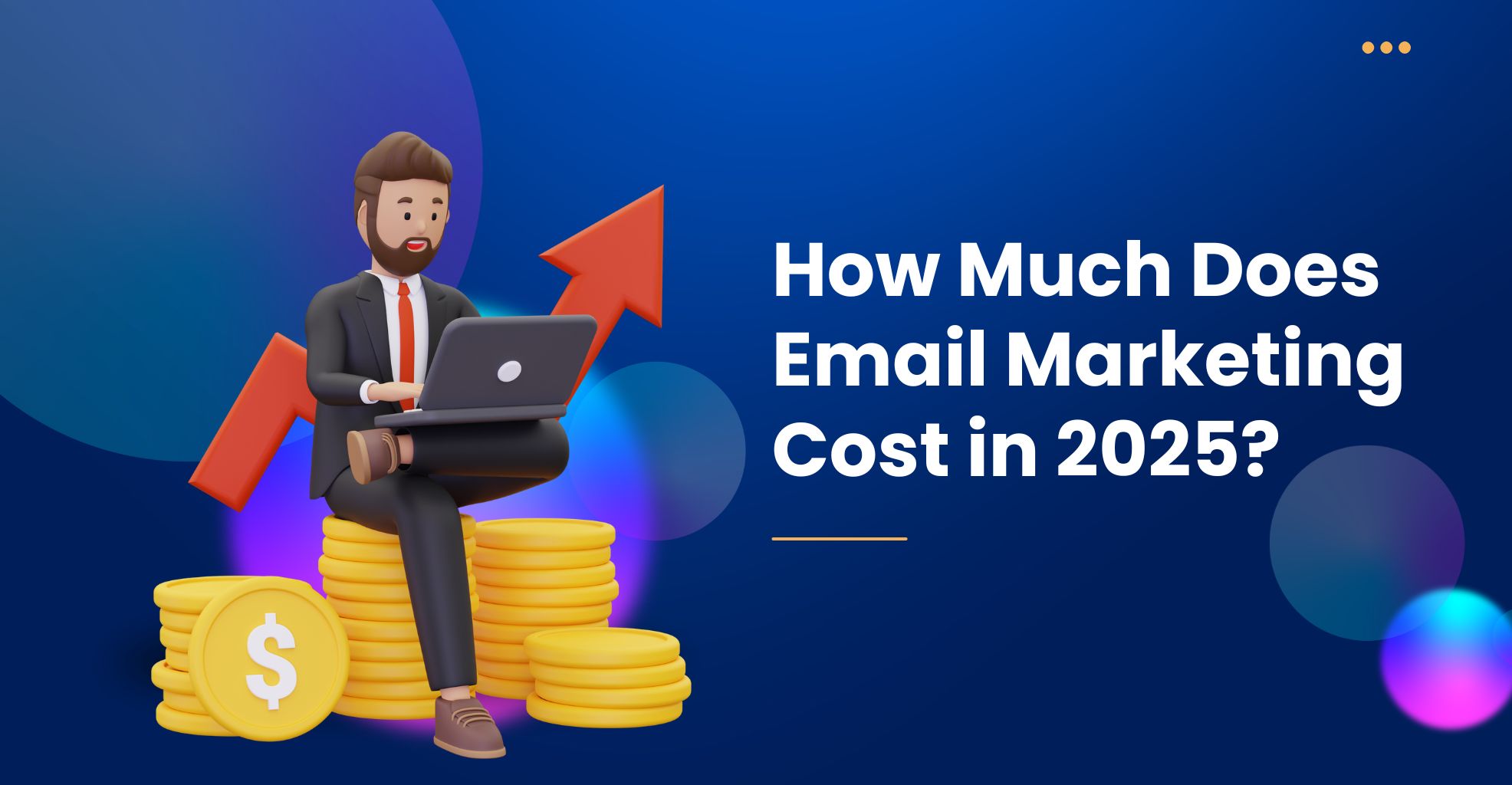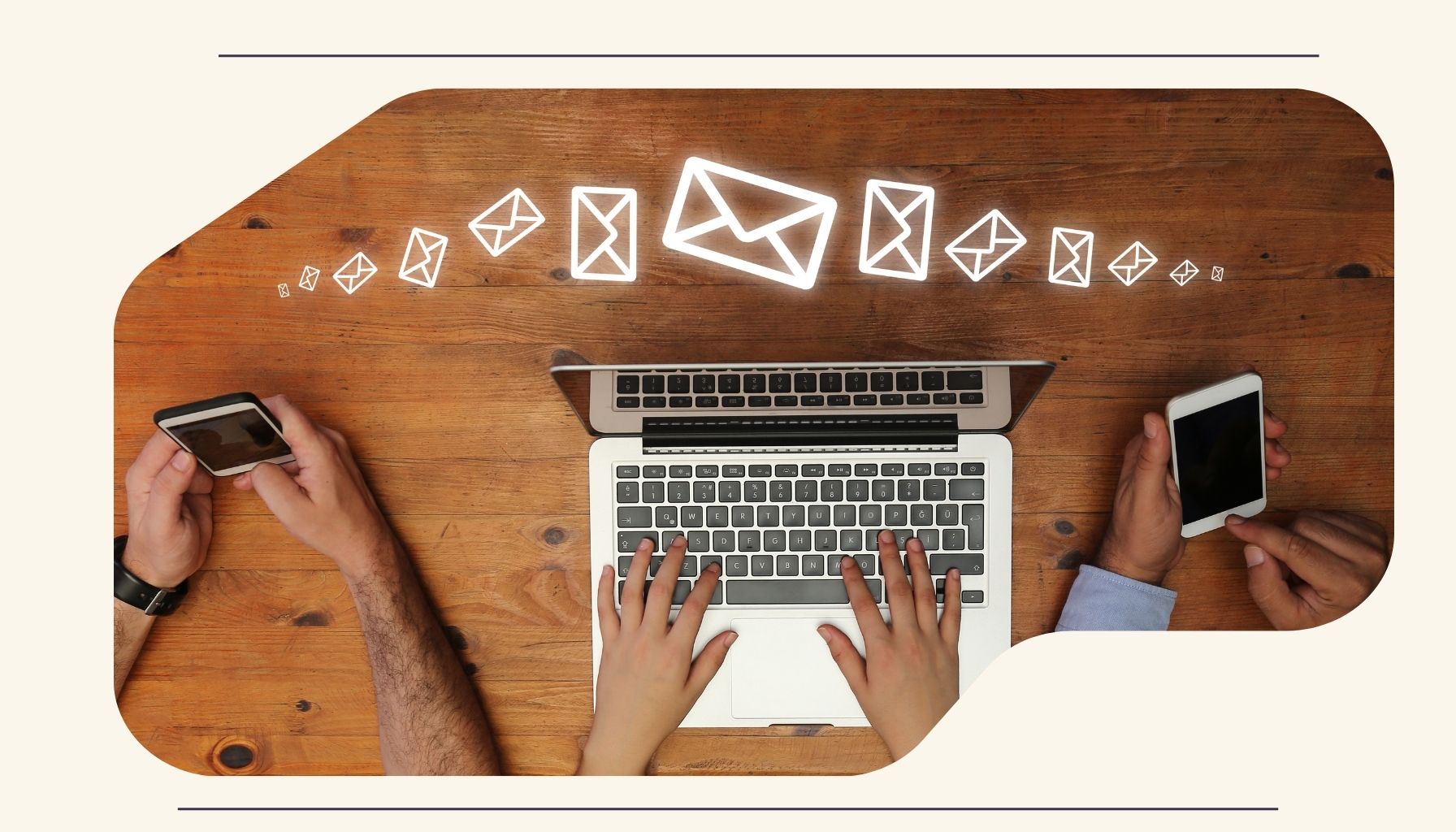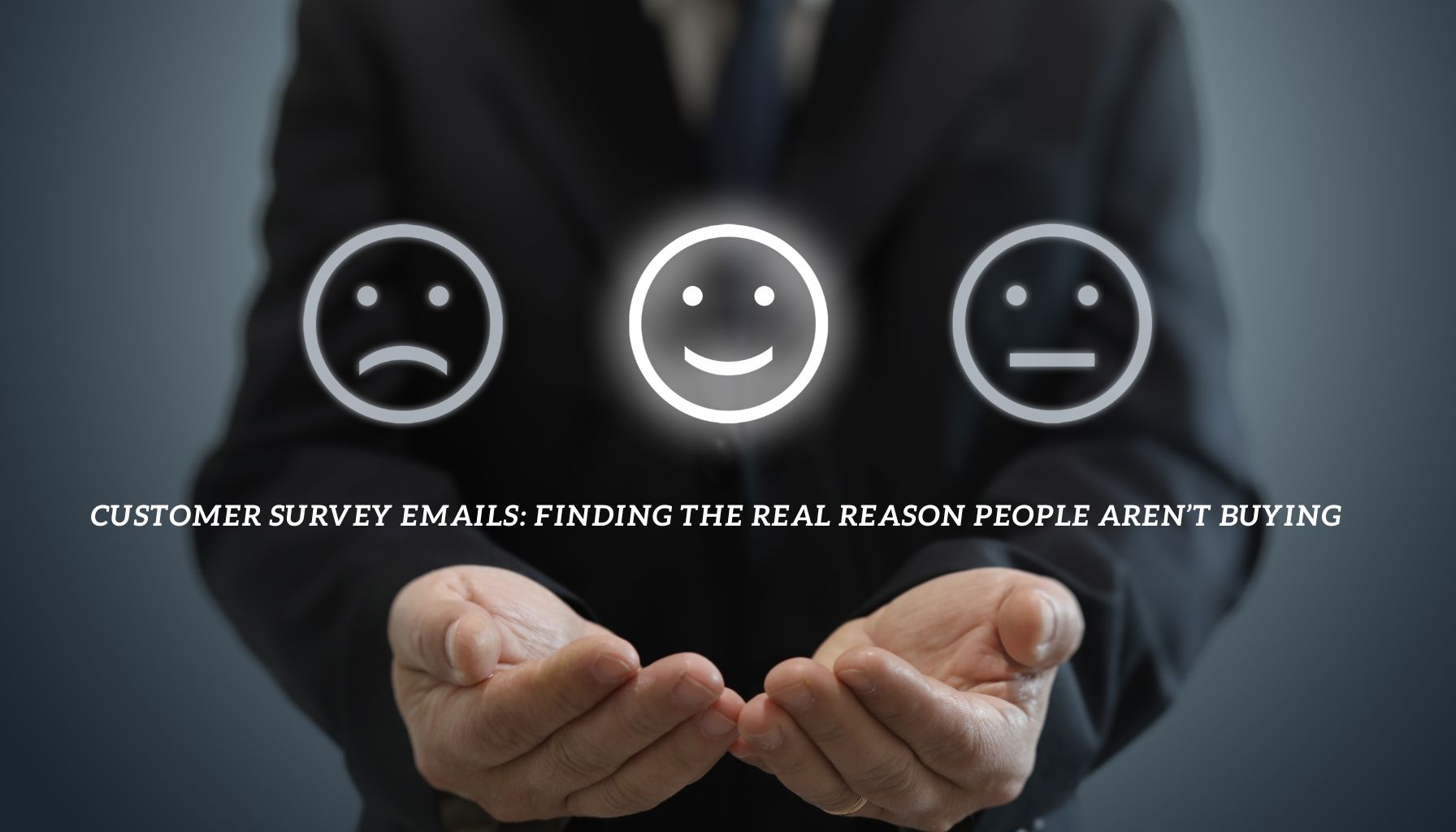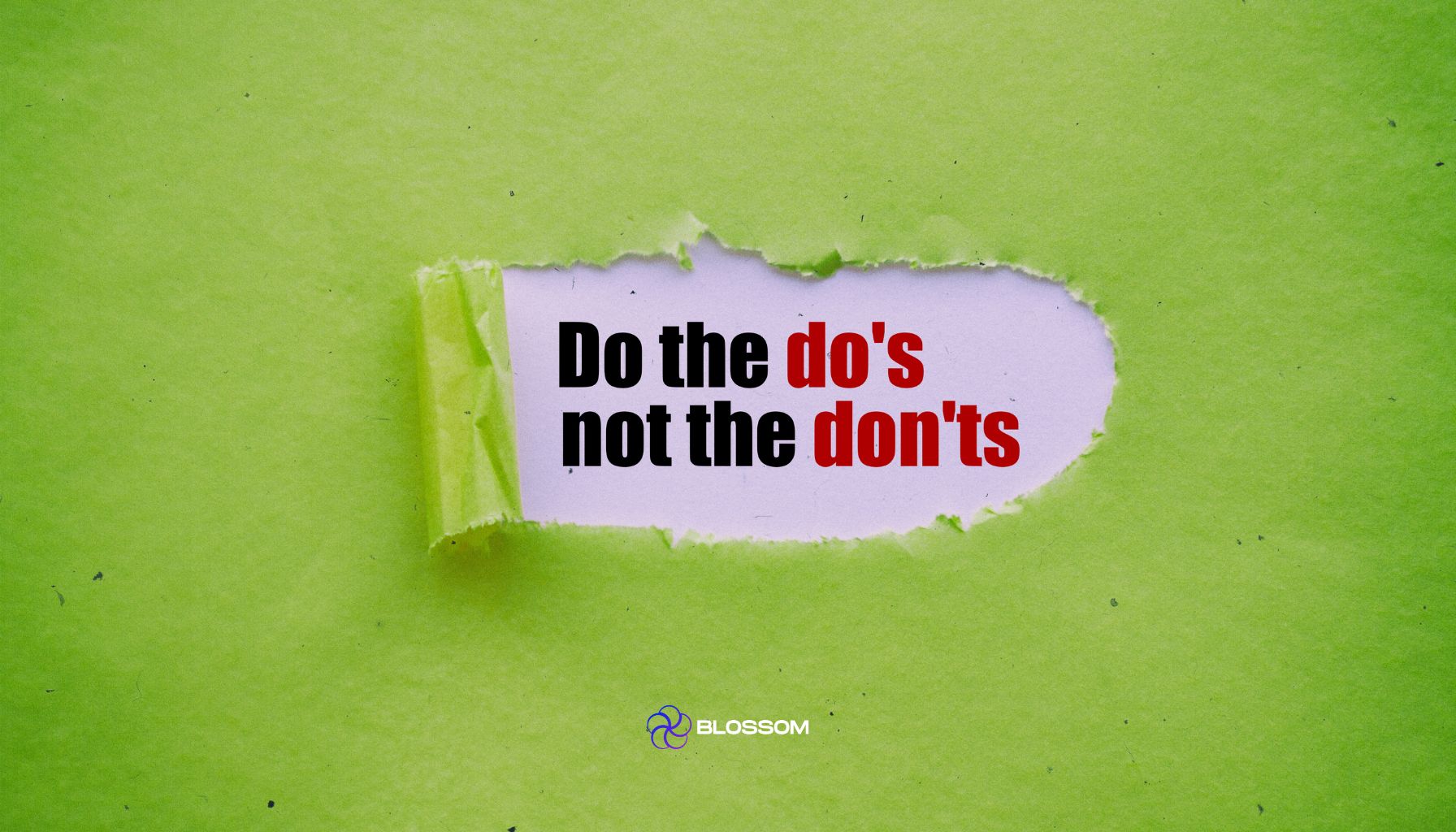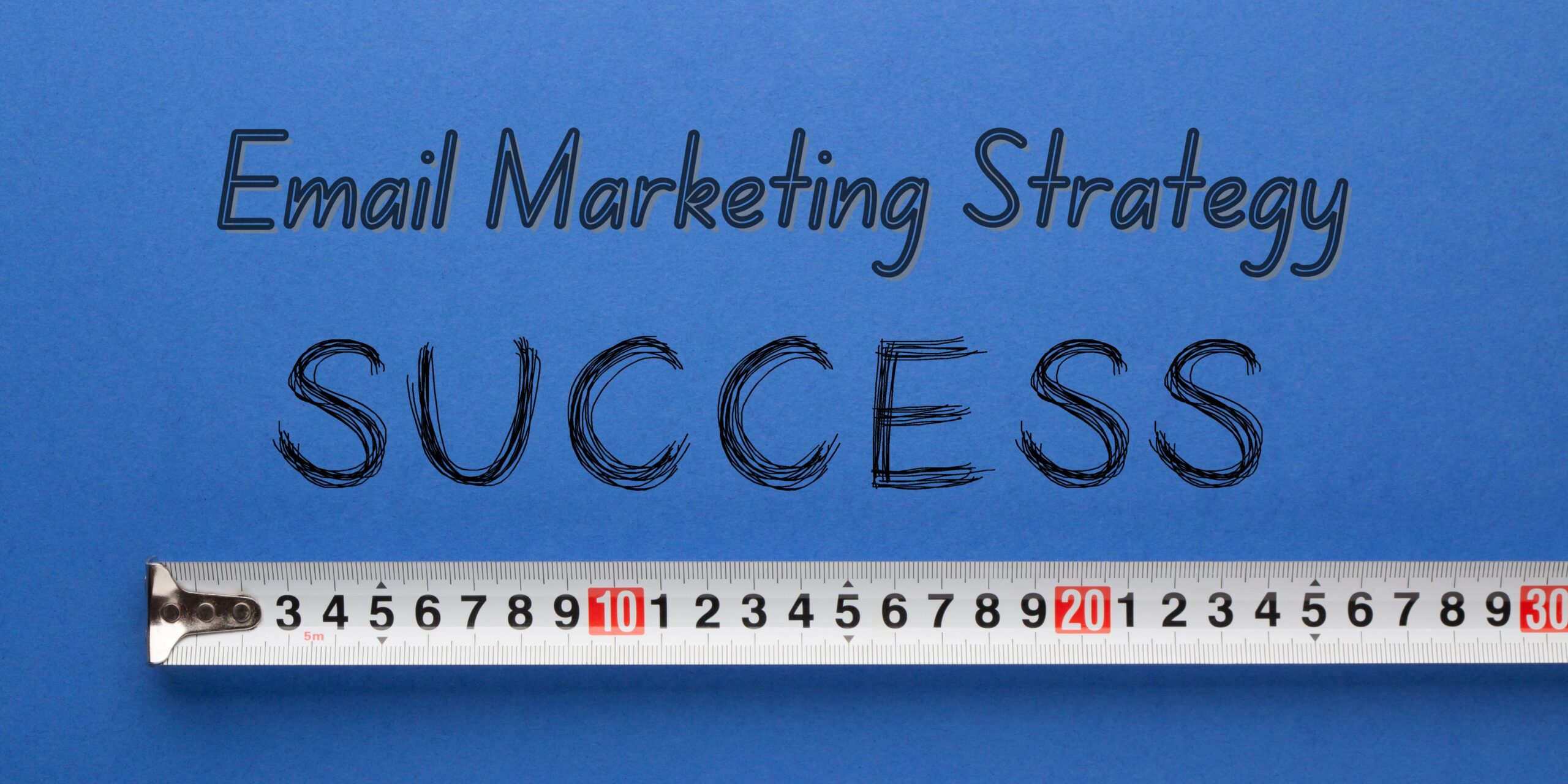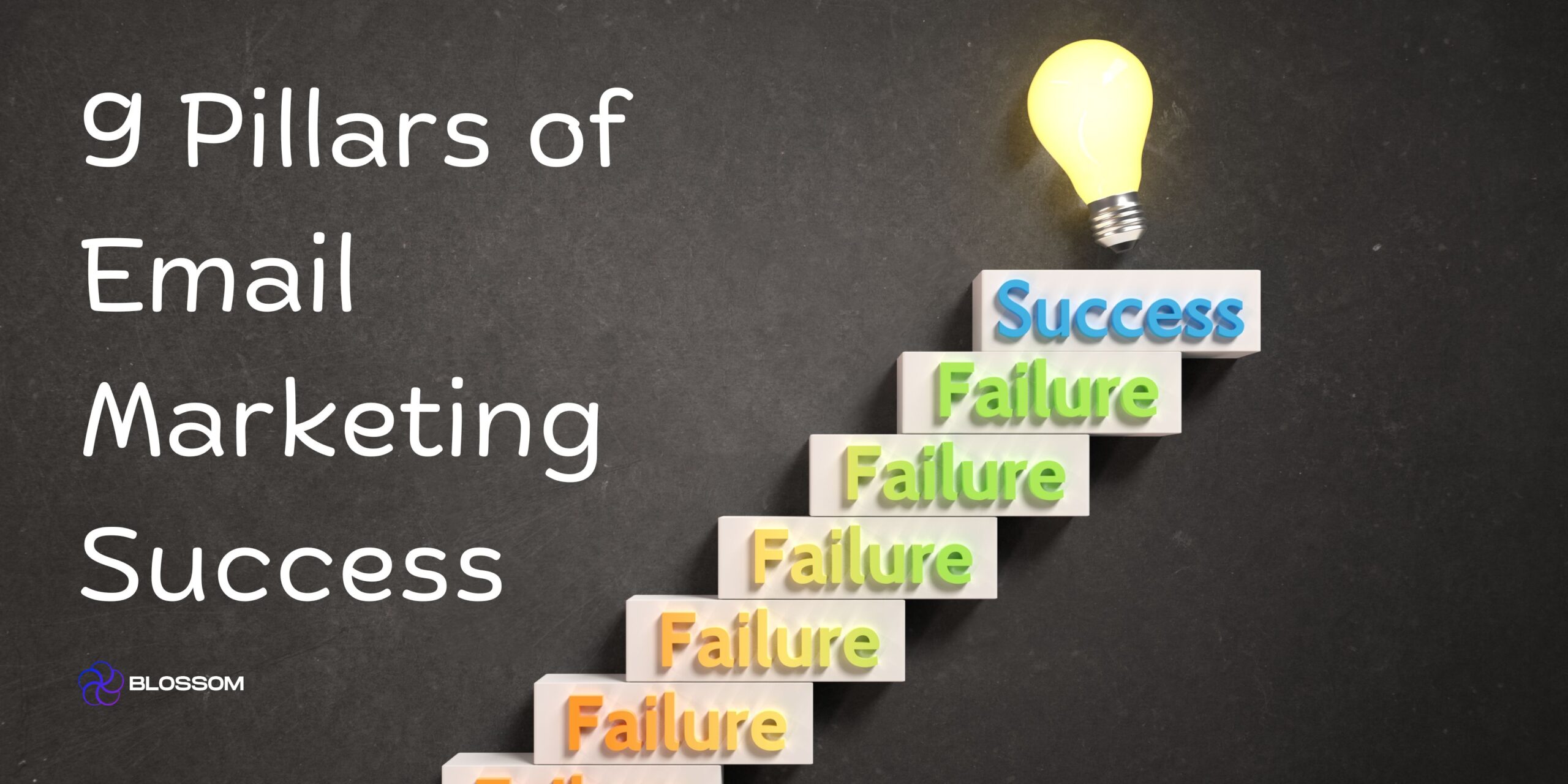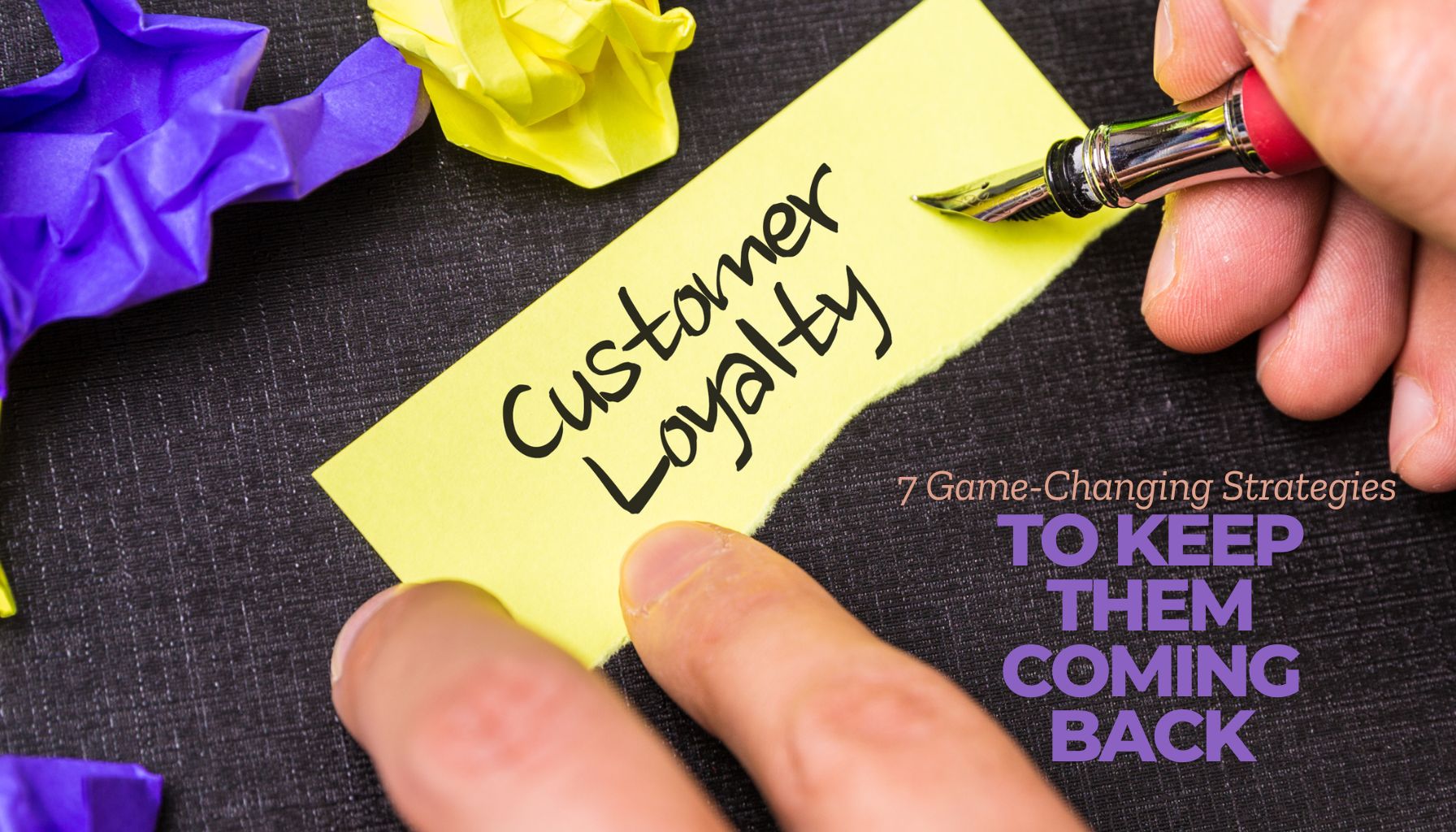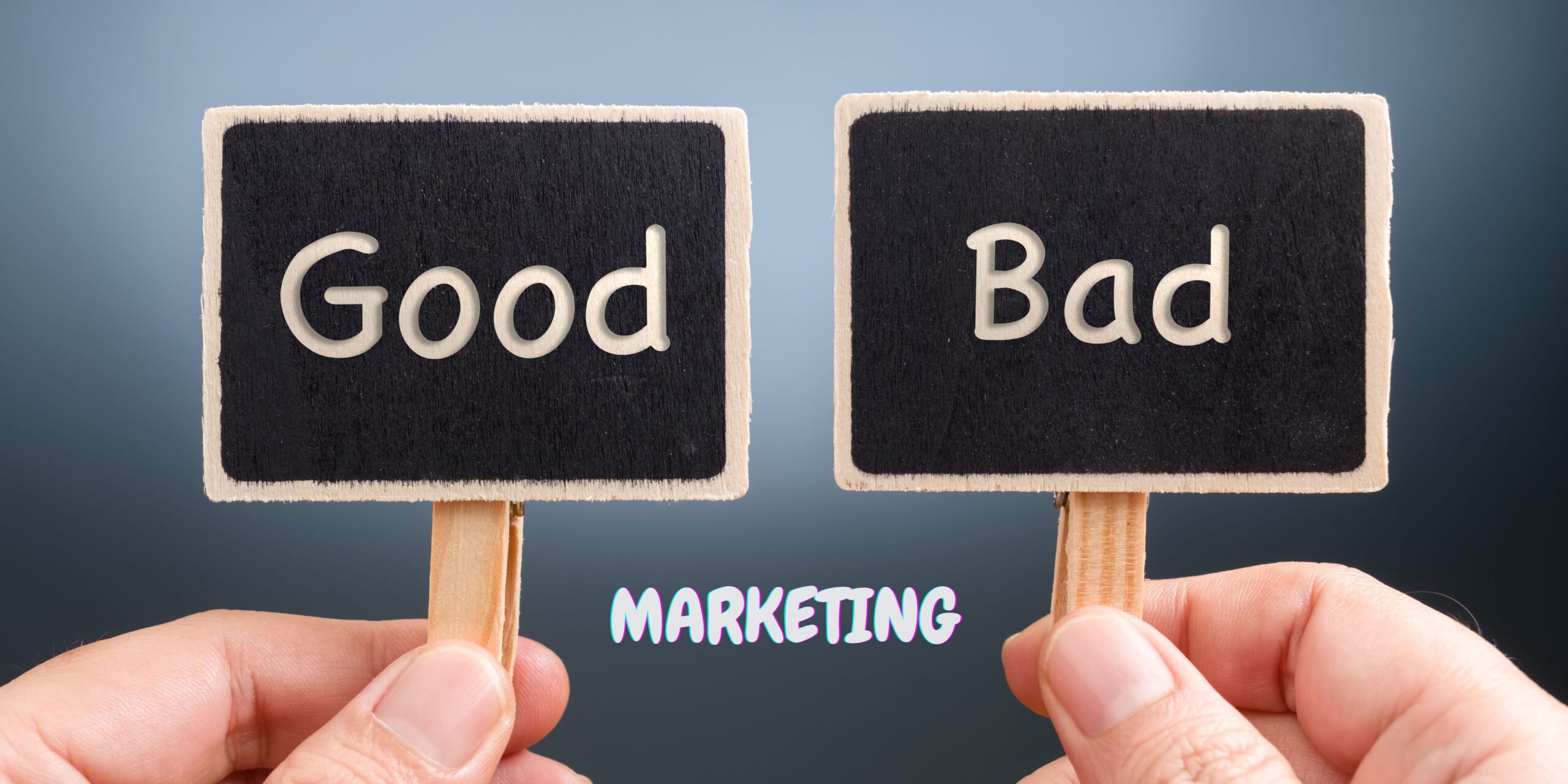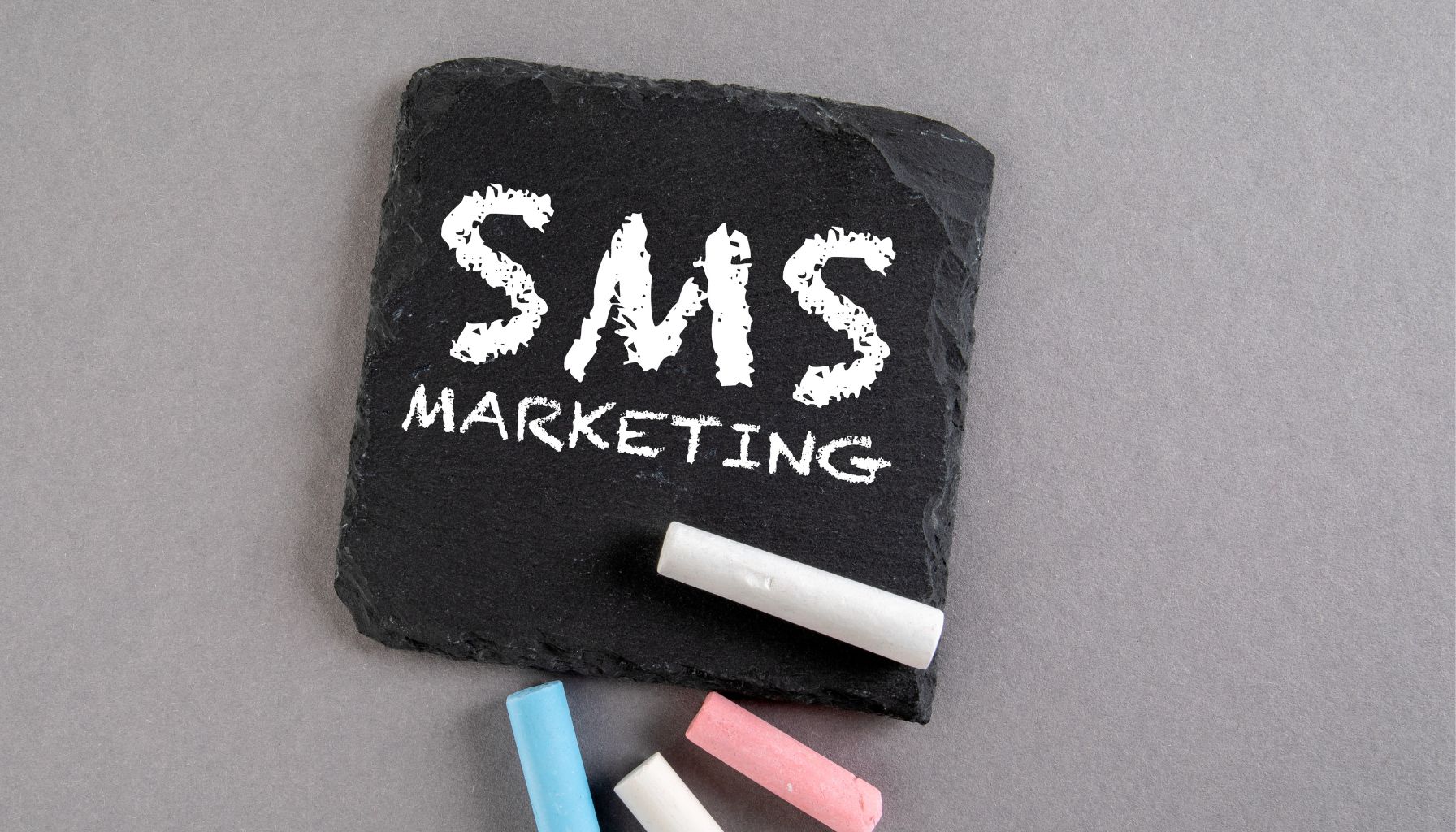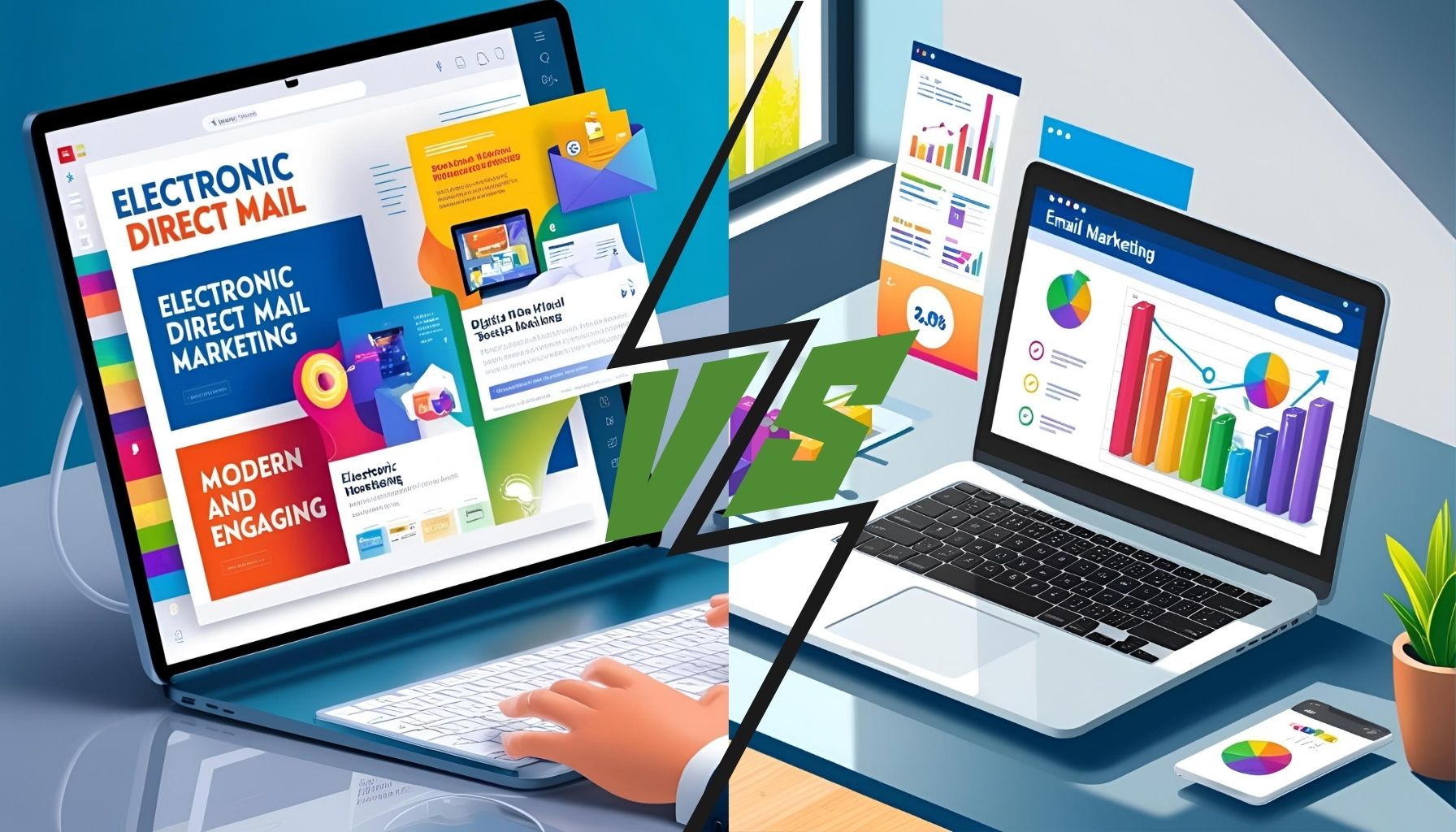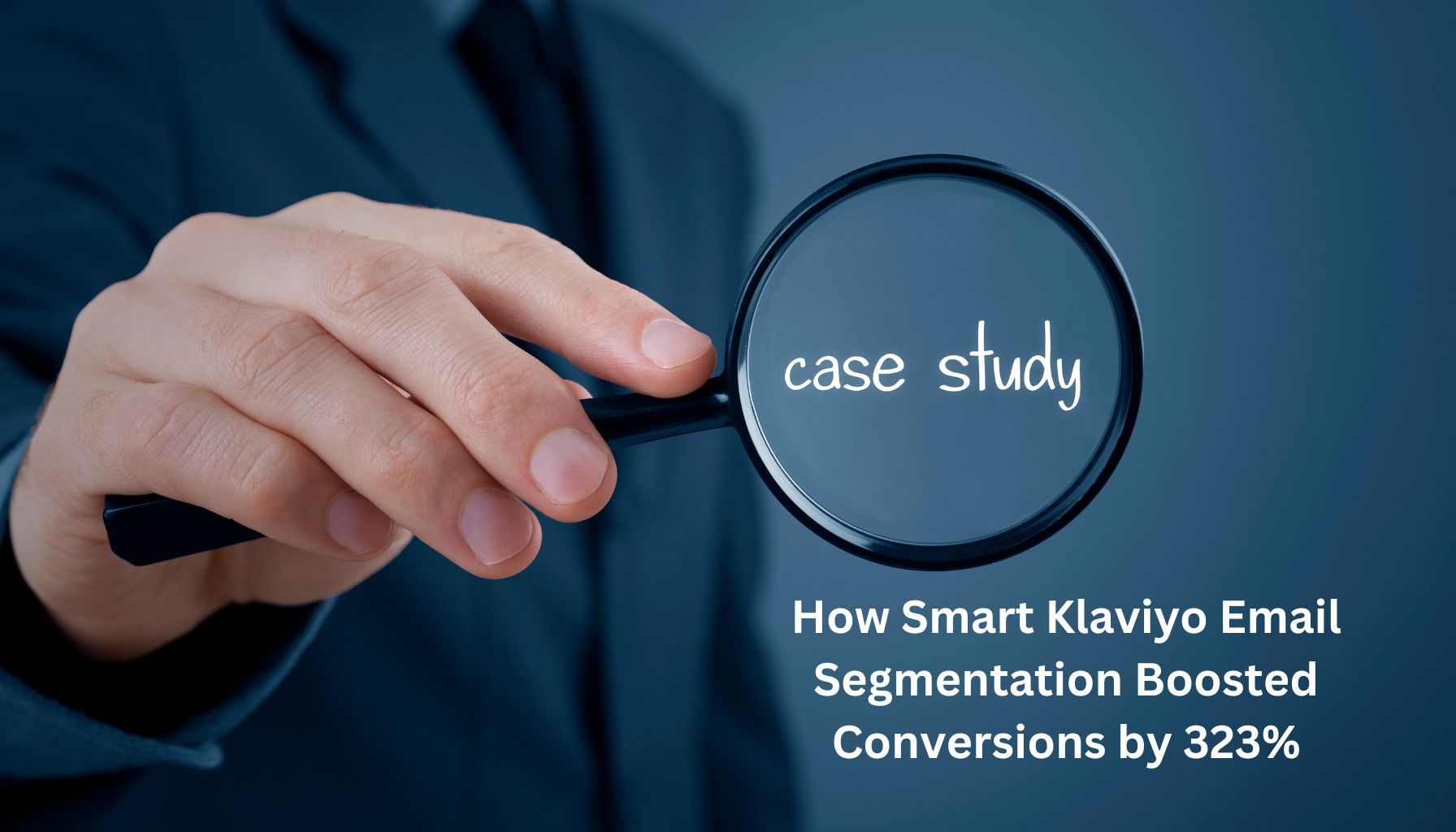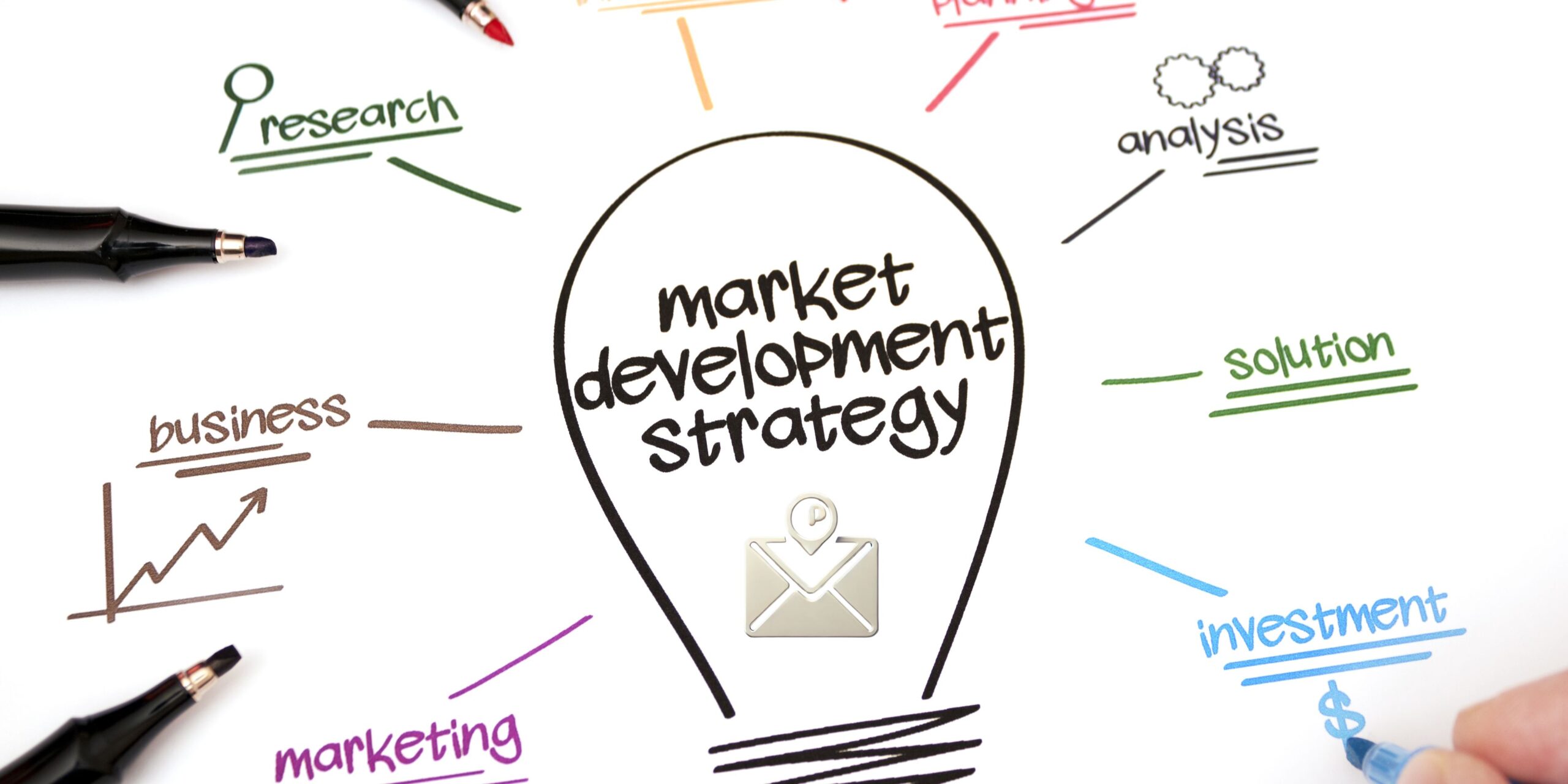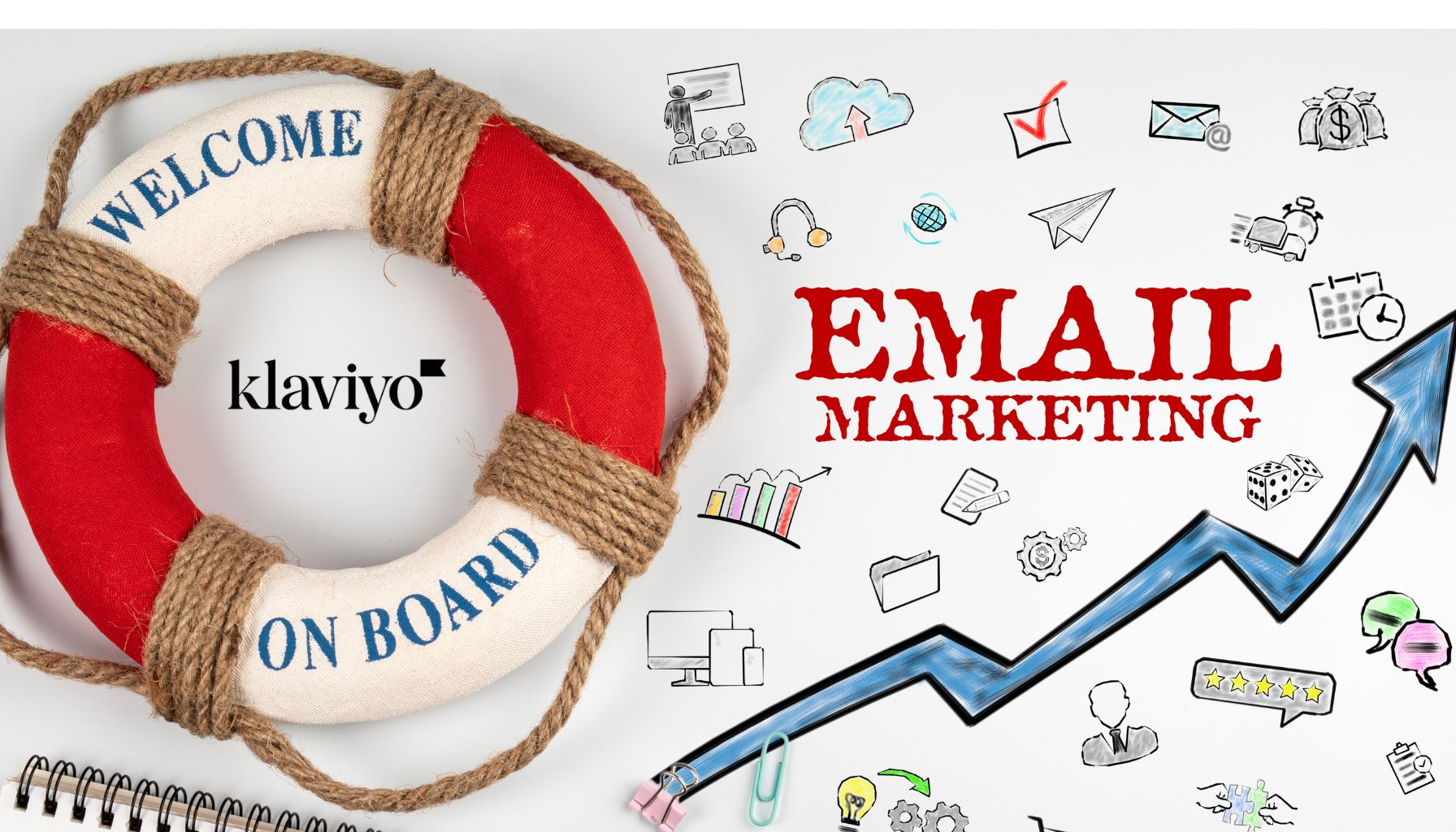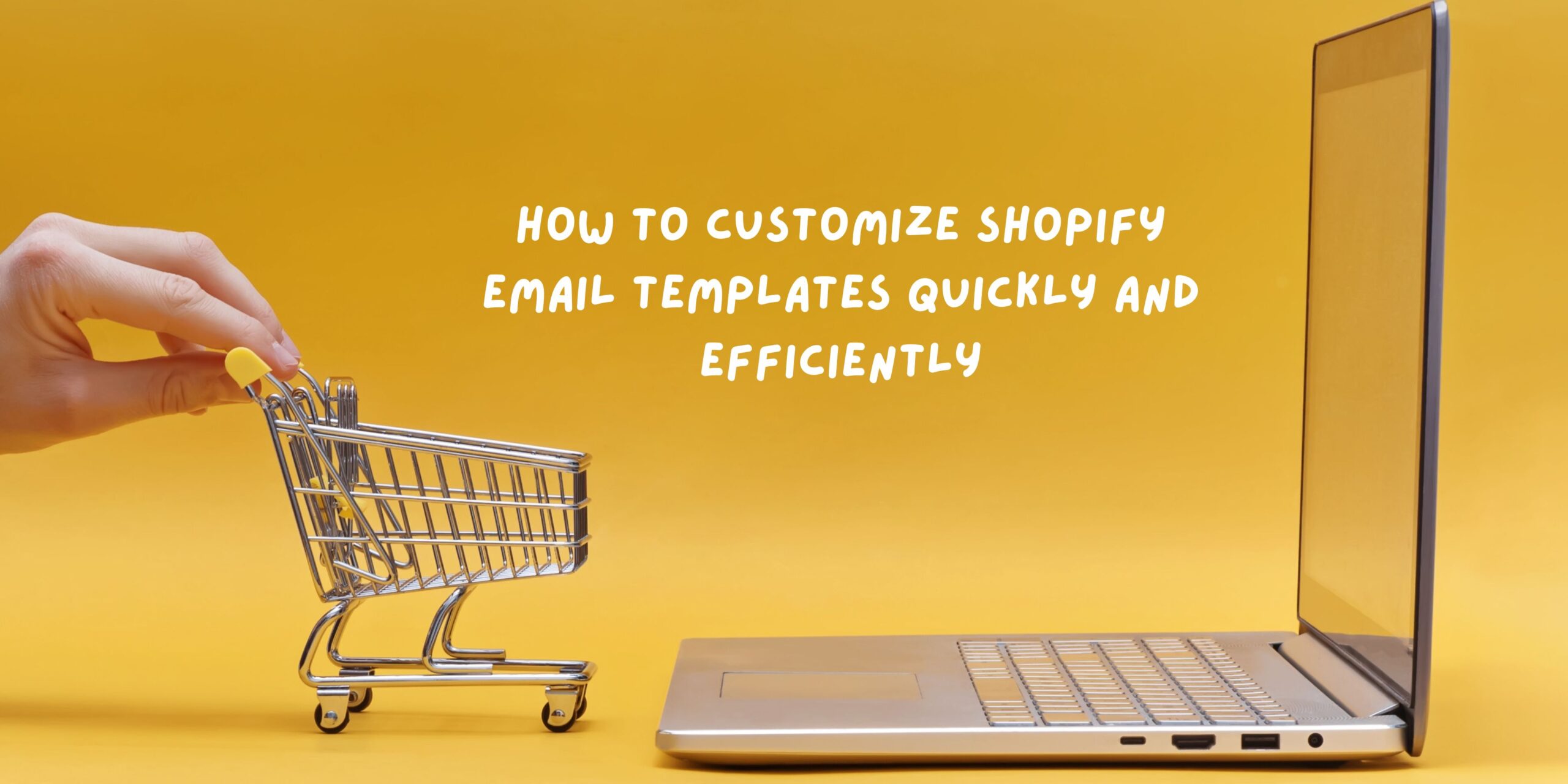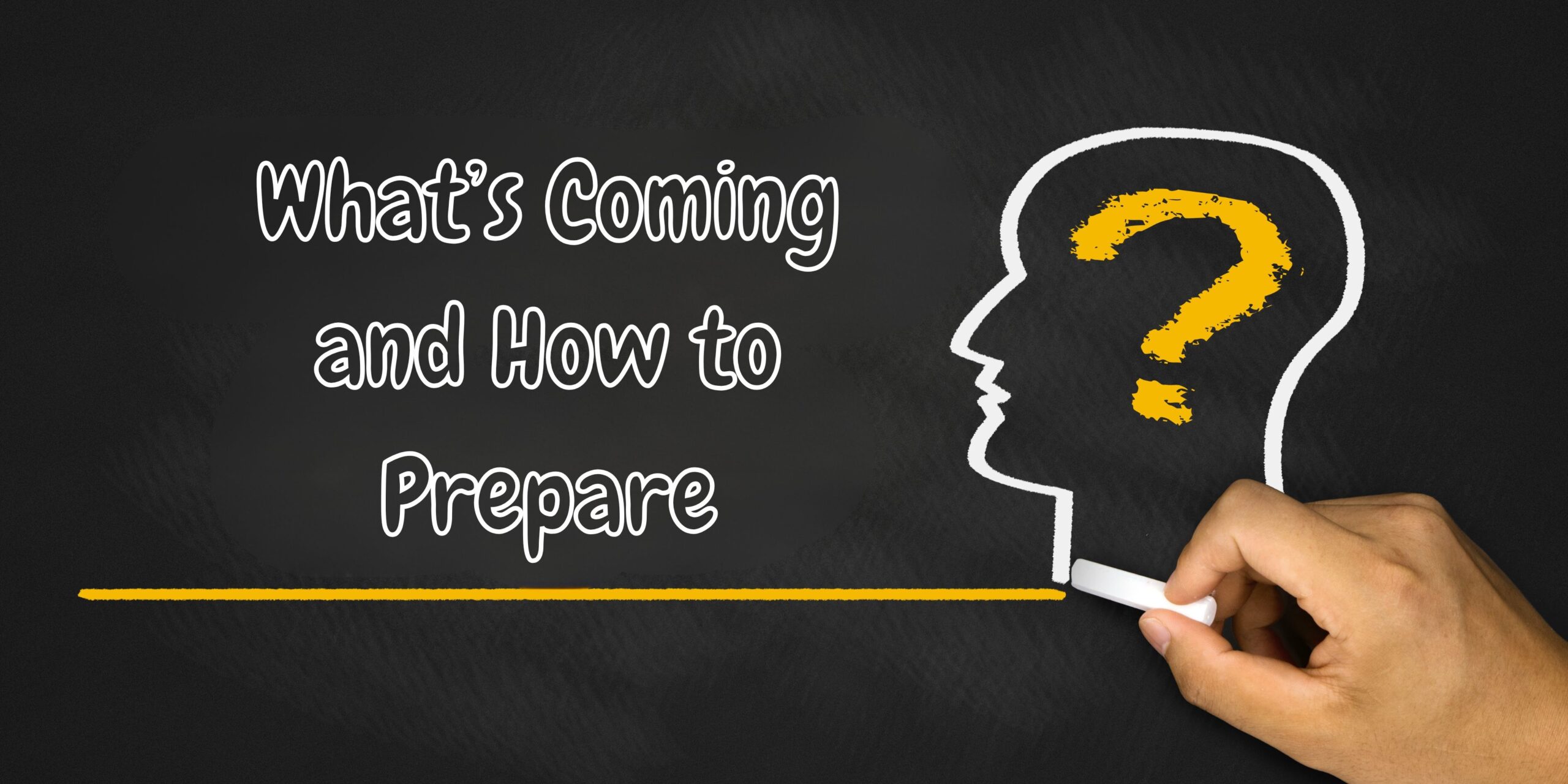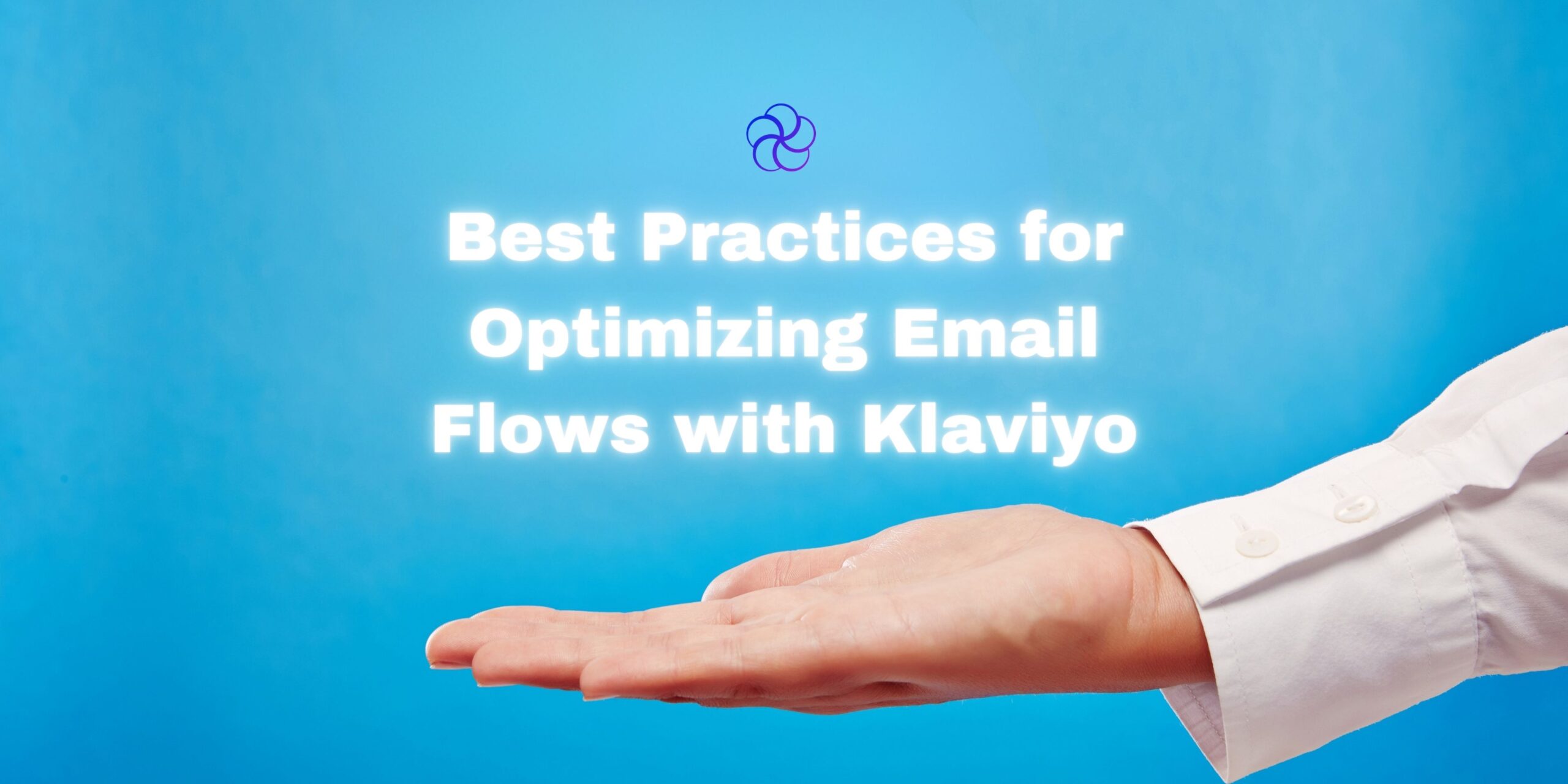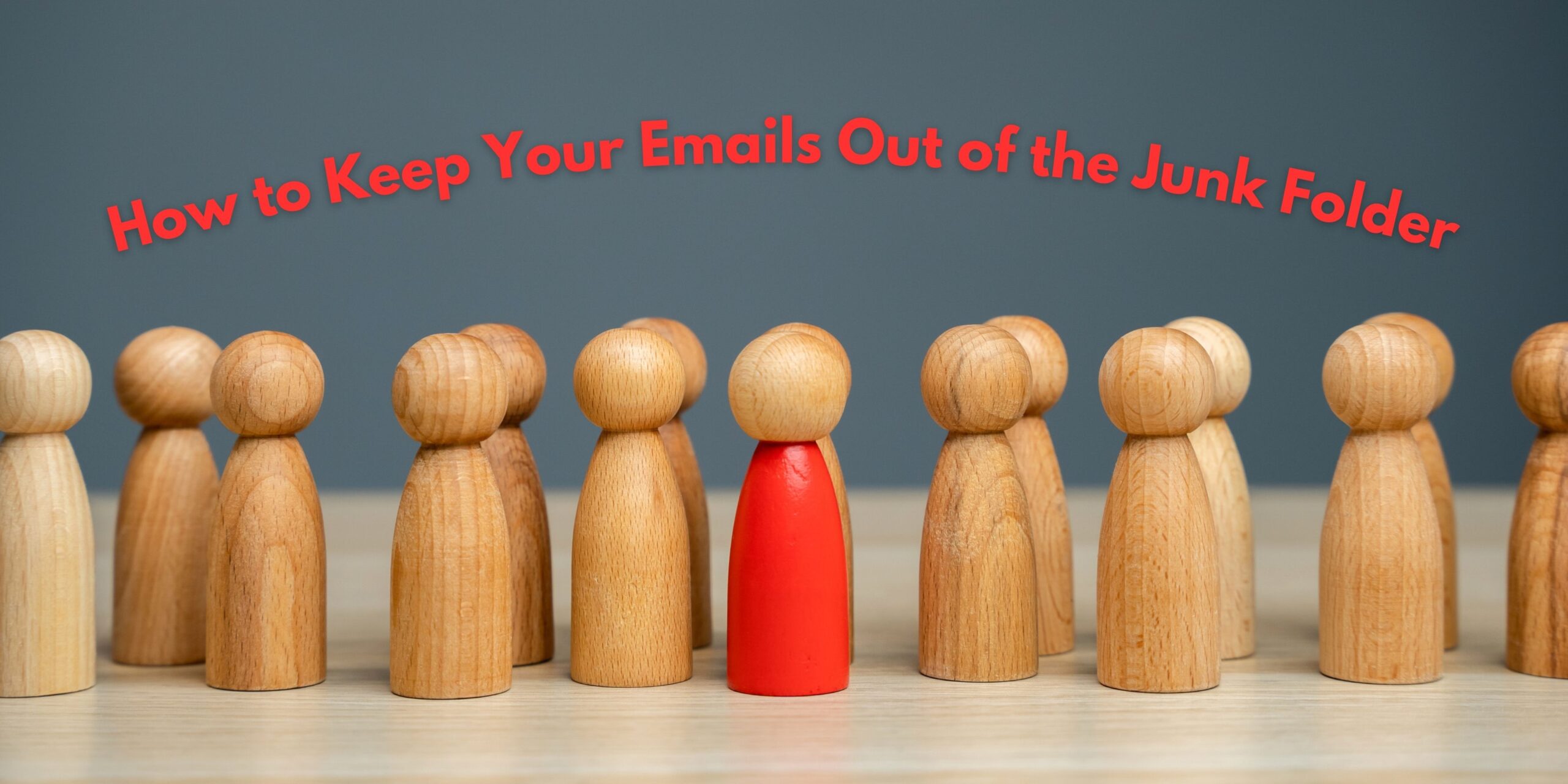A/B tests in email marketing allow you to experiment with different elements to refine your campaigns and achieve higher engagement and better results.
Glossary of Terms (Quick Reference)
| Term | Definition |
|---|---|
| A/B Testing | Comparing two email versions to measure performance of a single variable |
| Conversion Rate (CVR) | % of users who take a desired action (e.g. purchase, signup) |
| Open Rate | % of recipients who opened the email (increasingly unreliable post-iOS15) |
| Click-Through Rate (CTR) | % of recipients who clicked a link |
| Zero-Party Data | Data voluntarily provided by customers (e.g., preferences, birthdays) |
| Statistical Significance | The likelihood a test result is not due to chance |
| Control | The original version of the element you’re testing |
| Variant | The new version you’re testing against the control |
Why Most A/B Tests Fail
Before we get into what to test, here’s what to stop doing:
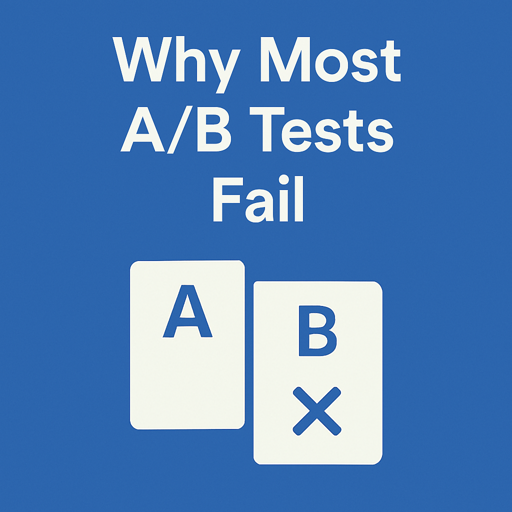
- Testing meaningless elements (like emoji vs. no emoji, unless you’re doing volume in the millions).
- Focusing on open rates as your key metric—thanks to Apple’s Mail Privacy Protection, this is now largely irrelevant.
- Running tests with too small of a sample size to get statistically significant results.
- Changing multiple variables at once, so you never know what really made the difference.
The 3 Golden Rules of High-Impact A/B Testing
- Test one variable at a time.
Don’t mix a subject line test with a layout change. Keep it clean. - Define your success metric before the test.
Are you optimizing for clicks? Purchases? Revenue per recipient? - Let the test run long enough.
3–7 days minimum for most eComm brands. Anything shorter = noise.
The Big 3 Testing Areas That Actually Drive Revenue
Once your infrastructure is dialed in, focus your tests on these three:
1. Signup Forms
Why It Matters: Your form is the entry point to your CRM. Higher conversion = larger list = higher revenue potential.
What to Test:
| Test Area | Variations |
|---|---|
| Offer Type | % off vs. $ off vs. free shipping vs. no offer |
| Timing | Entry intent vs. exit intent vs. scroll depth |
| Design | Modal vs. slide-in vs. inline forms |
| Form Fields | Email only vs. email + name vs. email + quiz question |
| CTA Copy | “Join Now” vs. “Get My Discount” vs. “Reveal Offer” |
Pro Tip: If form conversions drop with more fields, consider progressive profiling: collect more data after the initial signup.
2. Welcome Flows
Why It Matters: This is your first chance to build trust and convert. A killer welcome flow can generate up to 20–30% of your email revenue.
What to Test:
| Test Area | Variations |
|---|---|
| Subject Line | Direct (“Here’s your code”) vs. curiosity-driven (“We’ve got something for you”) |
| Send Timing | Email #2 on Day 2 vs. Day 4 |
| Content | Storytelling (brand origin) vs. offer-heavy (“Your 15% ends soon”) |
| Personalization | Dynamic product recs vs. bestsellers |
| CTA Placement | Early vs. mid vs. end of email |
Table: Example Welcome Flow A/B Test Plan
| Variant A | Variant B | Goal | |
|---|---|---|---|
| 1 | “Welcome to [Brand]” | “Your Discount Inside 💸” | Clicks |
| 2 | Brand Story | Product Benefits | Conversions |
| 3 | Static product grid | Personalized recommendations | Revenue per recipient |
3. Abandoned Cart Flow
Why It Matters: Cart abandoners are your most qualified leads. Don’t guess what brings them back—test it.
What to Test:
| Test Area | Variations |
|---|---|
| Timing | Email after 1 hour vs. after 24 hours |
| Offer | No discount vs. 10% off vs. free shipping |
| Copy Tone | Urgent (“Item almost gone!”) vs. Friendly (“Hey, did you forget?”) |
| Image Use | Product images vs. lifestyle visuals vs. text-only |
| Channel | Email only vs. email + SMS follow-up |
Real Example:
One DTC apparel brand tested plain-text cart recovery vs. heavily branded emails. The plain-text version drove 17% higher conversions—likely because it looked more personal.
A/B Tests in Email Marketing. Why its necessary?
Bonus Test Areas (Once You’ve Nailed the Big 3)
Post-Purchase Upsells
- Test bounce-back offers (“$10 off your next order”)
- Send time: 1 day vs. 5 days after delivery
- Product bundles vs. accessories
Campaign Email Tests
- Subject lines: urgency vs. curiosity
- Header image vs. no image
- Email length: short teaser vs. deep storytelling
SMS vs. Email
- Try sending the same message via SMS vs. email
- Measure click-through and conversion lift
Key Metrics to Track in A/B Testing
| Metric | What It Tells You |
|---|---|
| Revenue per Recipient (RPR) | Ultimate measure of value |
| Click-Through Rate (CTR) | Engagement quality |
| Conversion Rate (CVR) | Purchase behavior |
| Unsubscribe Rate | Message misalignment |
| Bounce Rate | List quality or technical issue |
Frequently Asked Questions (FAQ)
Q1: How long should I run an A/B test?
Typically 3–7 days or until statistical significance is reached (95% confidence level).
Q2: What size does my list need to be for valid A/B testing?
Ideally 5,000+ subscribers. Use calculators like ABTestGuide.com for accuracy.
Q3: Should I always test subject lines first?
No. With open rates now skewed by iOS privacy changes, test clicks or conversions instead.
Q4: Can I A/B test automated flows?
Yes. Most ESPs (Klaviyo, ActiveCampaign) allow A/B splits within flows.
Q5: How do I know if a test “won”?
Look at the primary KPI—conversion, not just opens or clicks.
Q6: What if my test fails?
You still win. A failed test tells you what doesn’t work—apply the insight and test again.
Final Takeaway
Don’t test everything. Test what matters.
Start with your highest-leverage areas: signup forms, welcome flows, abandoned carts.
Test one variable at a time. Measure real outcomes. Use the data to compound gains.
Most importantly: focus on outcomes tied to revenue, not vanity.
Need Help Creating Your A/B Testing Roadmap?
At Blossom Ecom, we help brands scale smarter by building automated testing systems that prioritize growth, not guesswork.
Done-for-you testing setup
Dashboard templates + performance tracking
Strategy backed by real conversion data
→ Book a strategy call or claim your free email testing audit today.
Related Articles
- The Ultimate Crash Course Email Marketing for E-commerce Store
- E-commerce Email Marketing: Dos, Don’ts, and Essential Tips for CBD Brands
- Best Practices for Optimizing Email Flows with Klaviyo
- B2B Email Marketing: Building Relationships and Converting Leads
- The Next Frontier of E-Commerce: What’s Coming and How to Prepare
Need help implementing this?
Let us take the hassle of managing your email marketing channel off your hands. Book a strategy call with our team today and see how we can scale your revenue, customer retention, and lifetime value with tailored strategies. Click here to get started.
Curious about how your Klaviyo is performing?
We’ll audit your account for free. Discover hidden opportunities to boost your revenue, and find out what you’re doing right and what could be done better. Click here to claim your free Klaviyo audit.
Want to see how we’ve helped brands just like yours scale?
Check out our case studies and see the impact for yourself. Click here to explore.
Need help implementing this?
Let us take the hassle of managing your email marketing channel off your hands. Book a strategy call with our team today and see how we can scale your revenue, customer retention, and lifetime value with tailored strategies. Click here to get started.
Curious about how your Klaviyo is performing?
We’ll audit your account for free. Discover hidden opportunities to boost your revenue, and find out what you’re doing right and what could be done better. Click here to claim your free Klaviyo audit.
Want to see how we’ve helped brands just like yours scale?
Check out our case studies and see the impact for yourself. Click here to explore.

Read Our Other Blogs

Email Marketing vs. Social Media: Which One Should Your Brand Focus On?



Attract More Customers: Which Videos to Use in Your Email Marketing and Why



8 eCommerce Customer Service Mistakes You NEED to Stop Making (Like, Yesterday)




Not Sure Where to Start?
Let's find the biggest retention opportunities in your business. Get a free Klaviyo audit or retention consultation.



